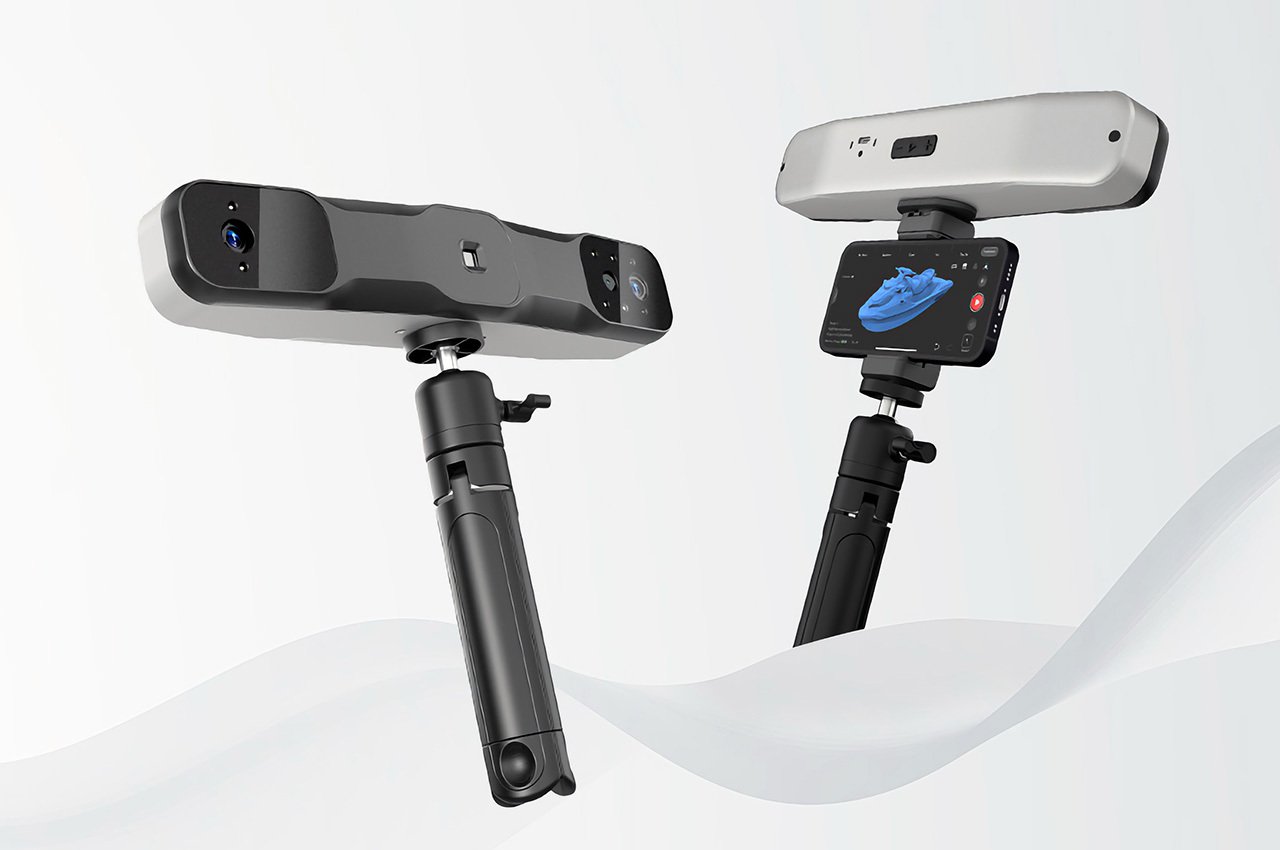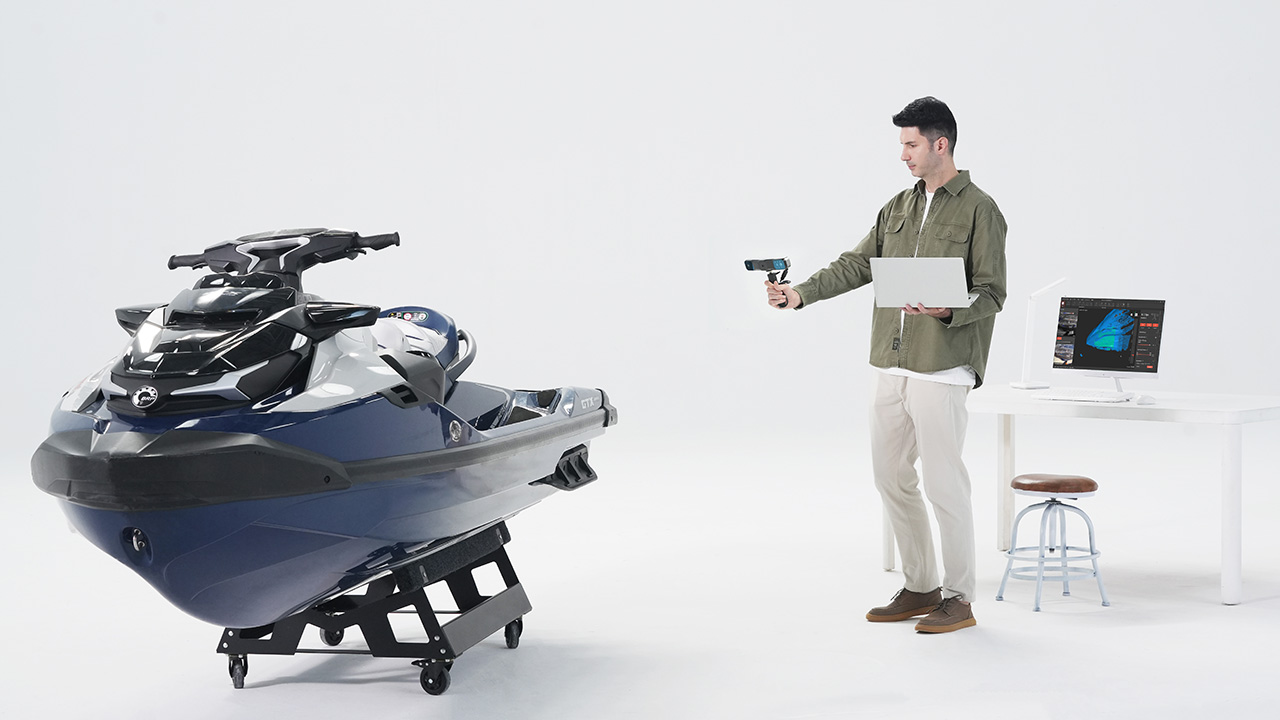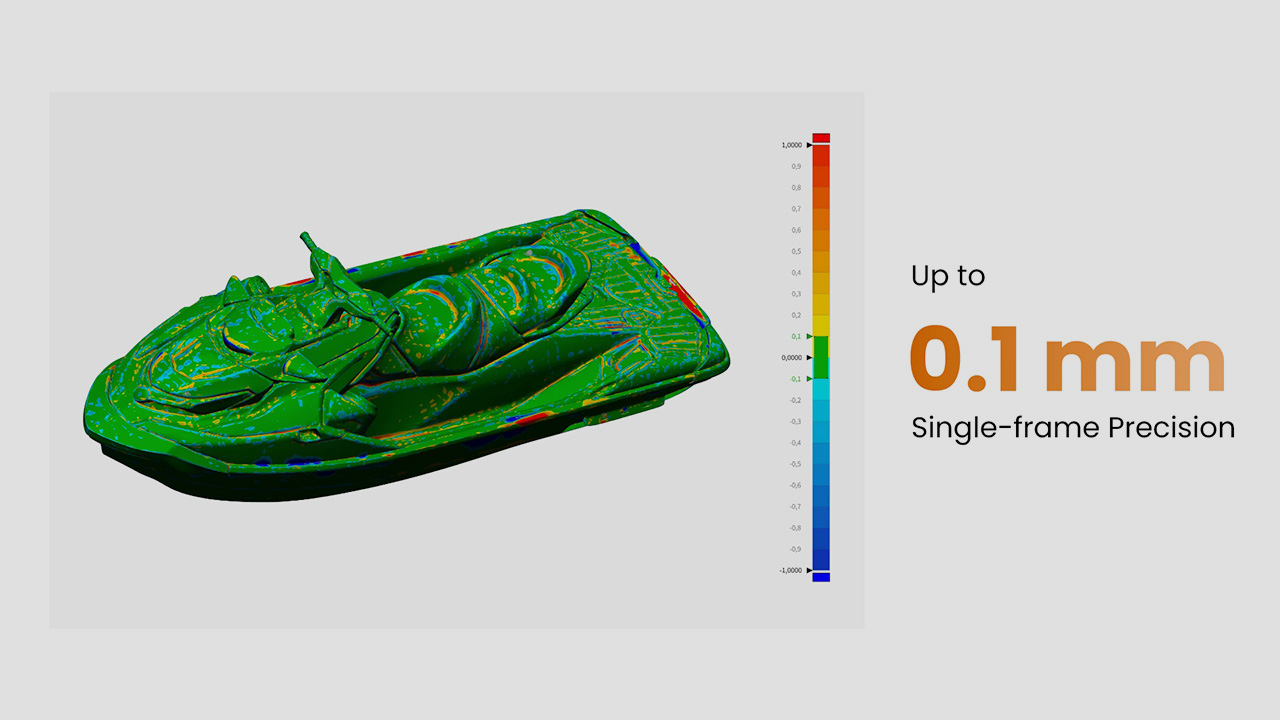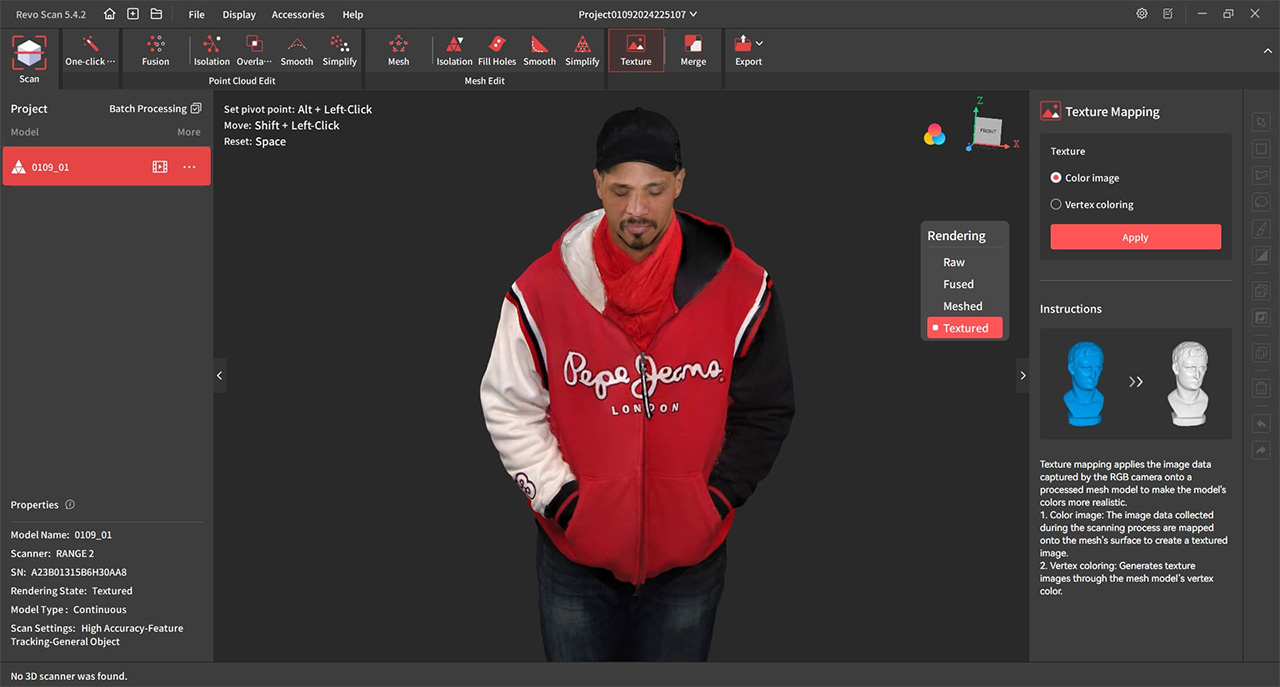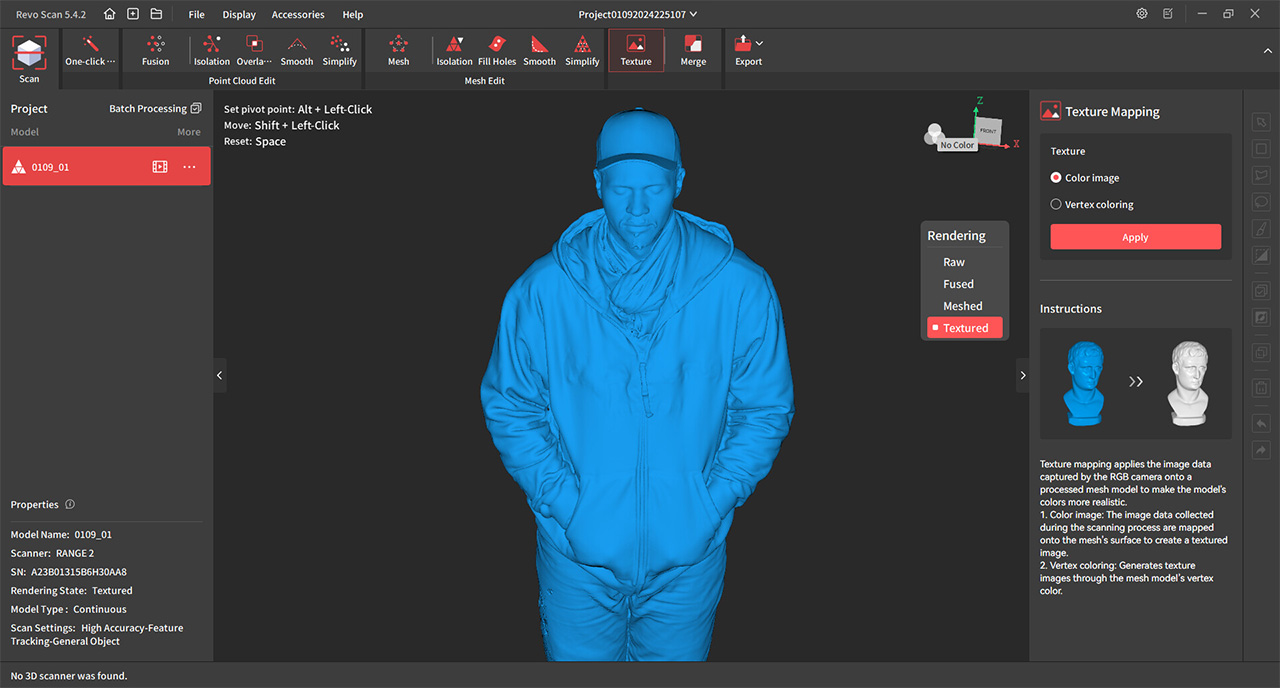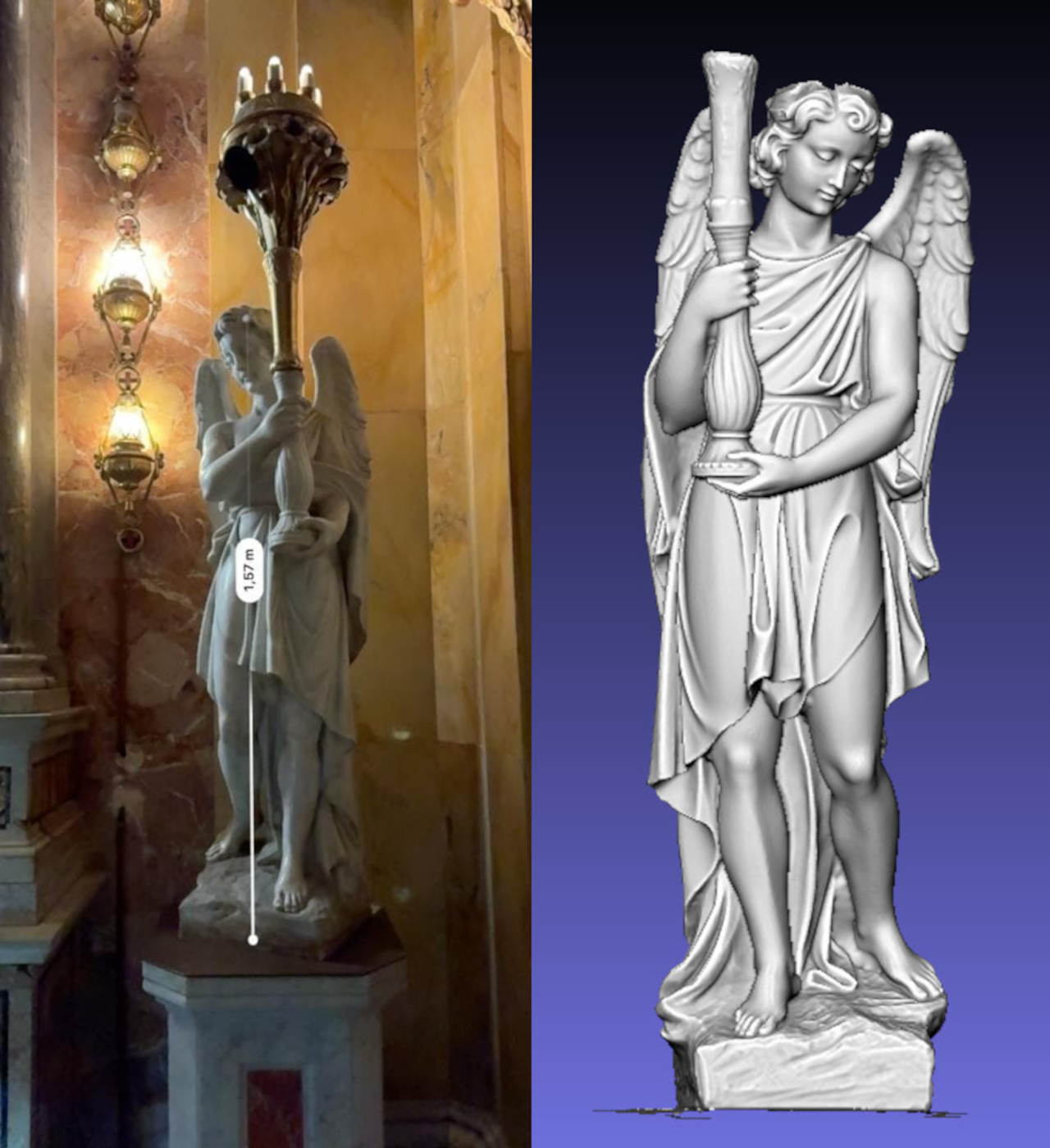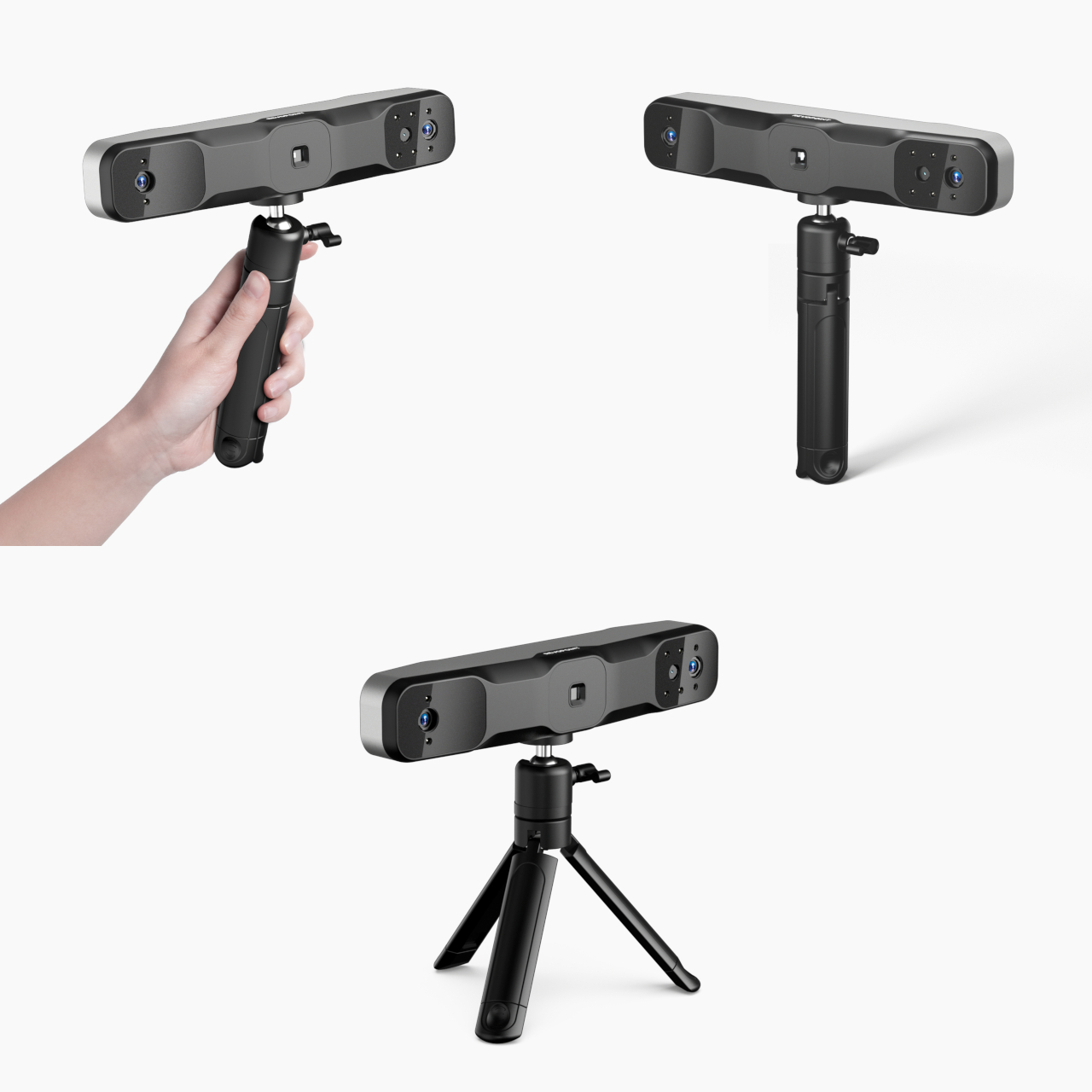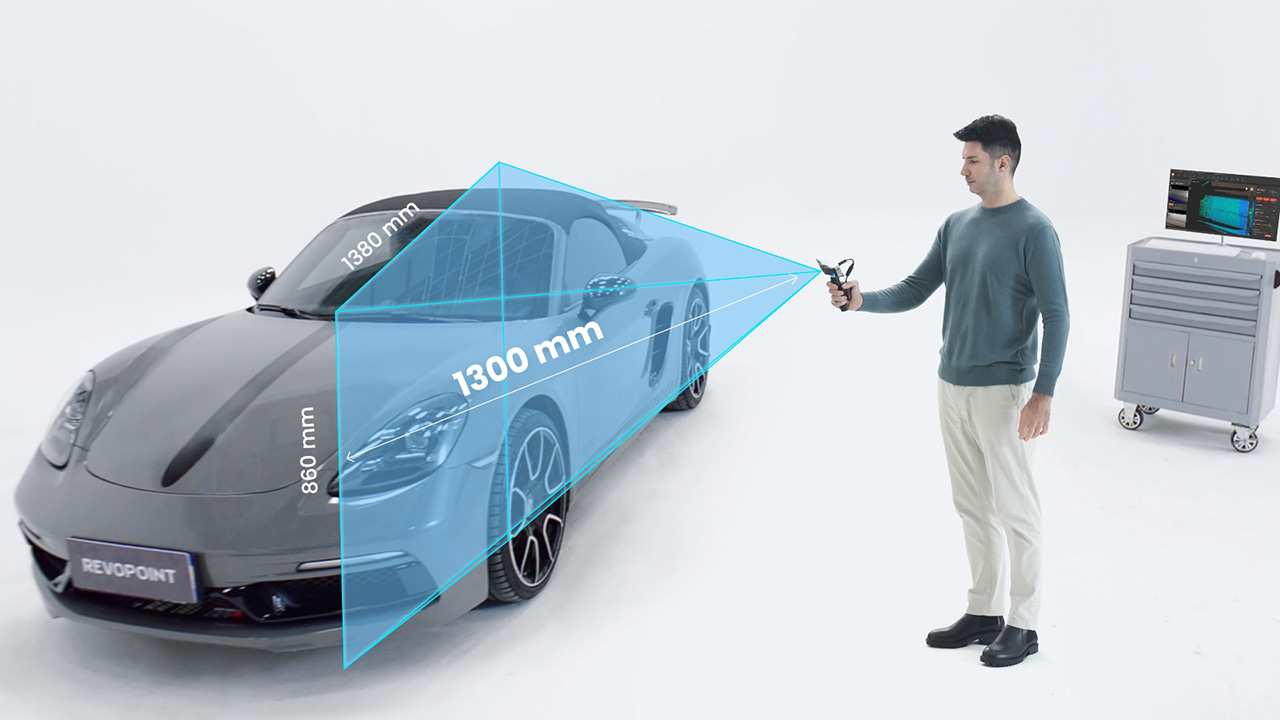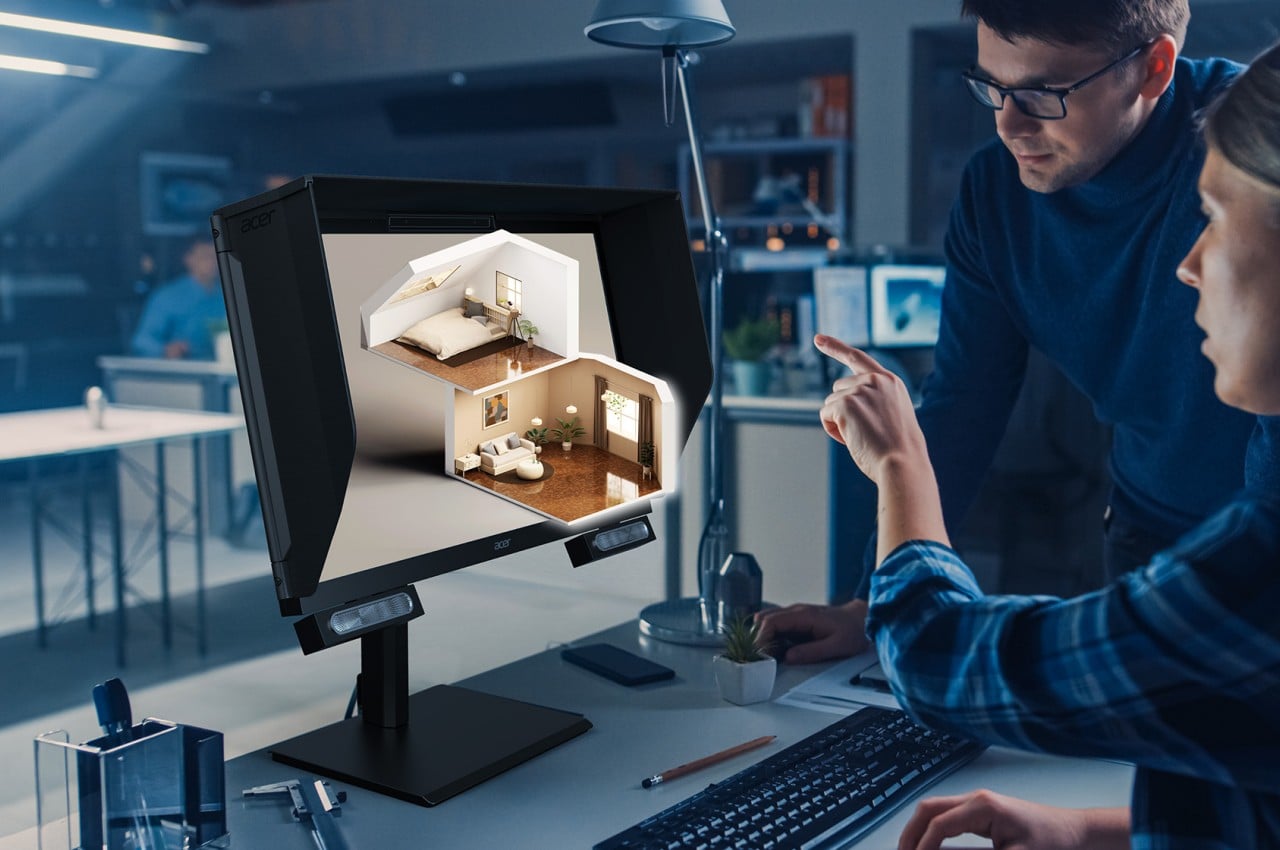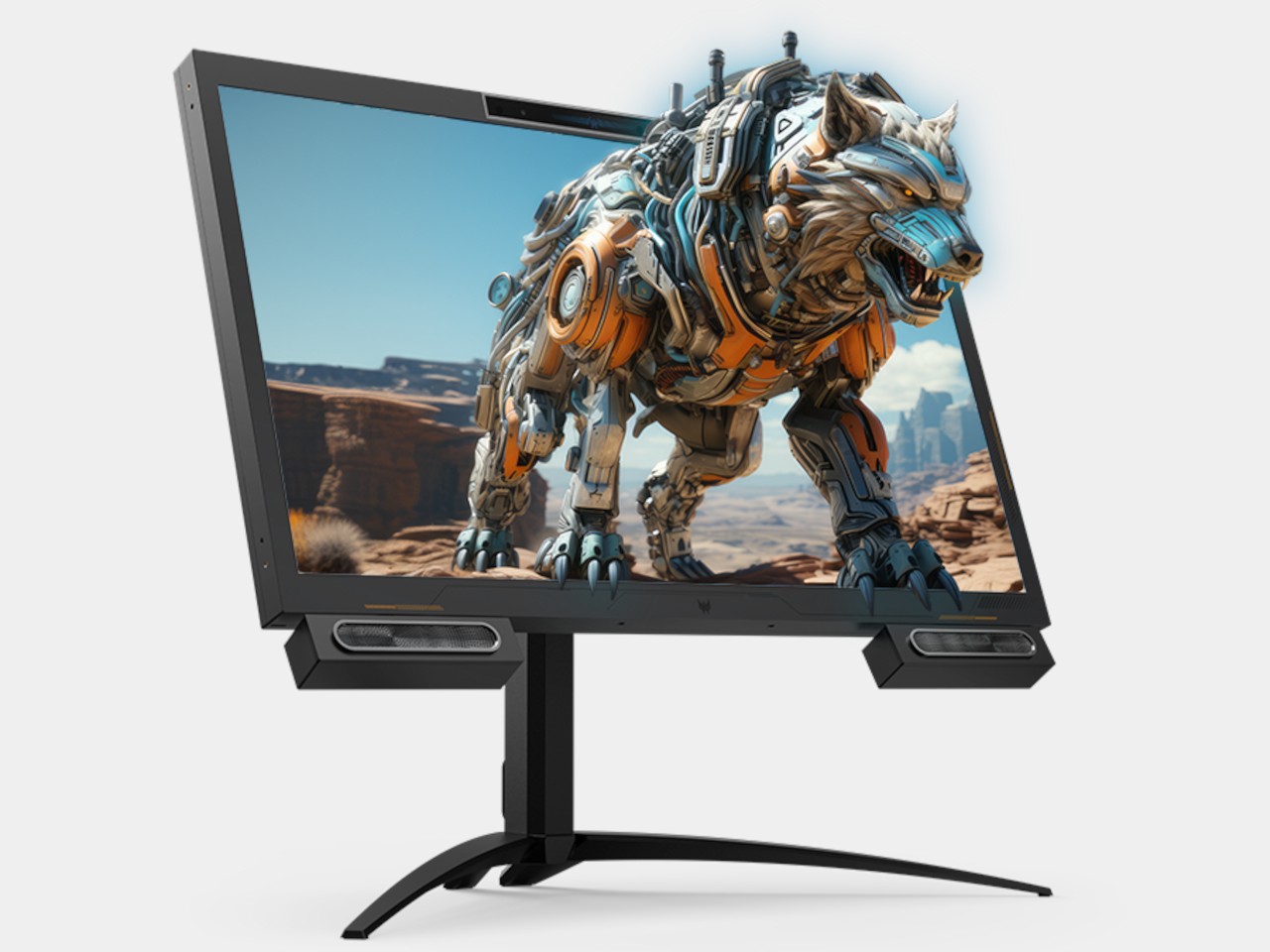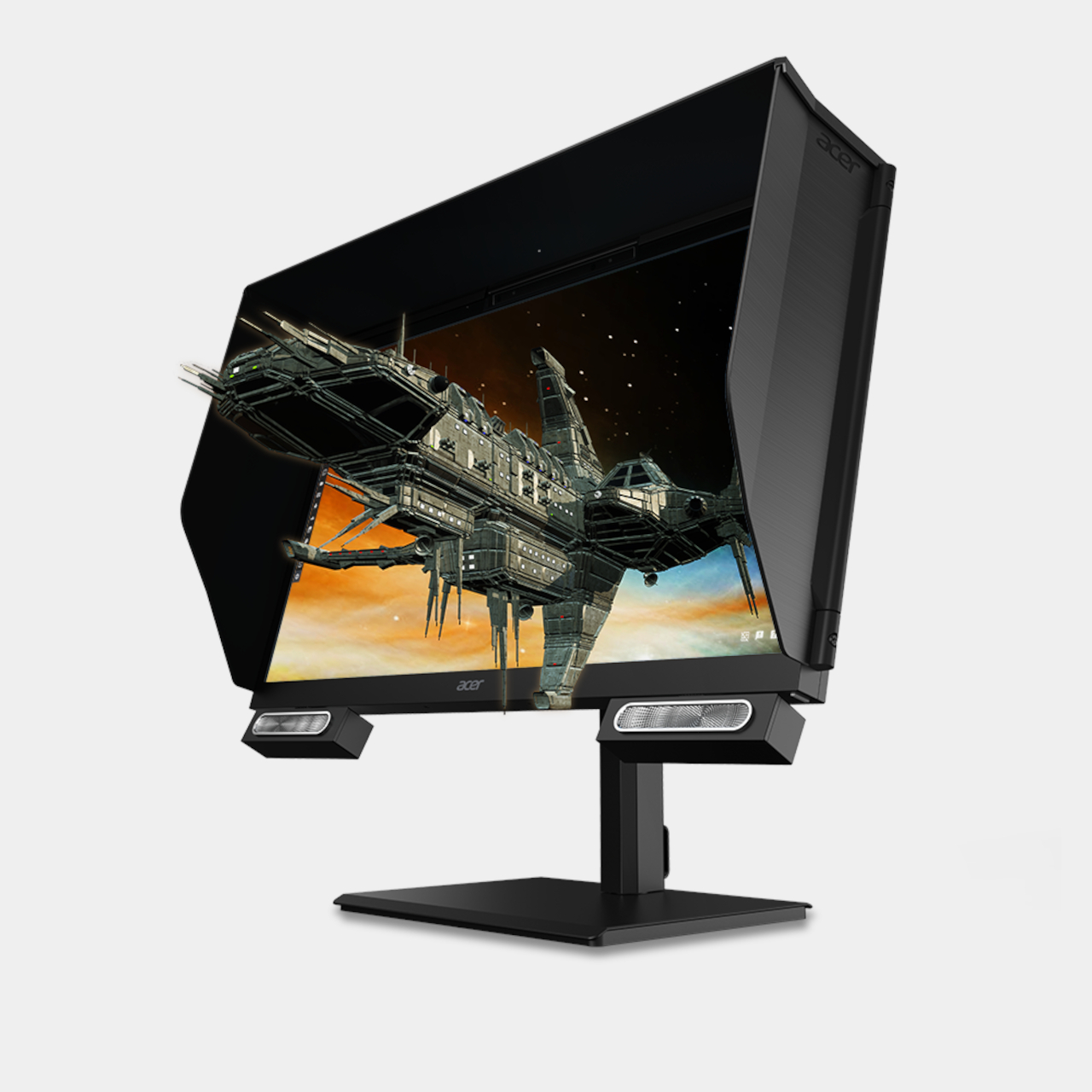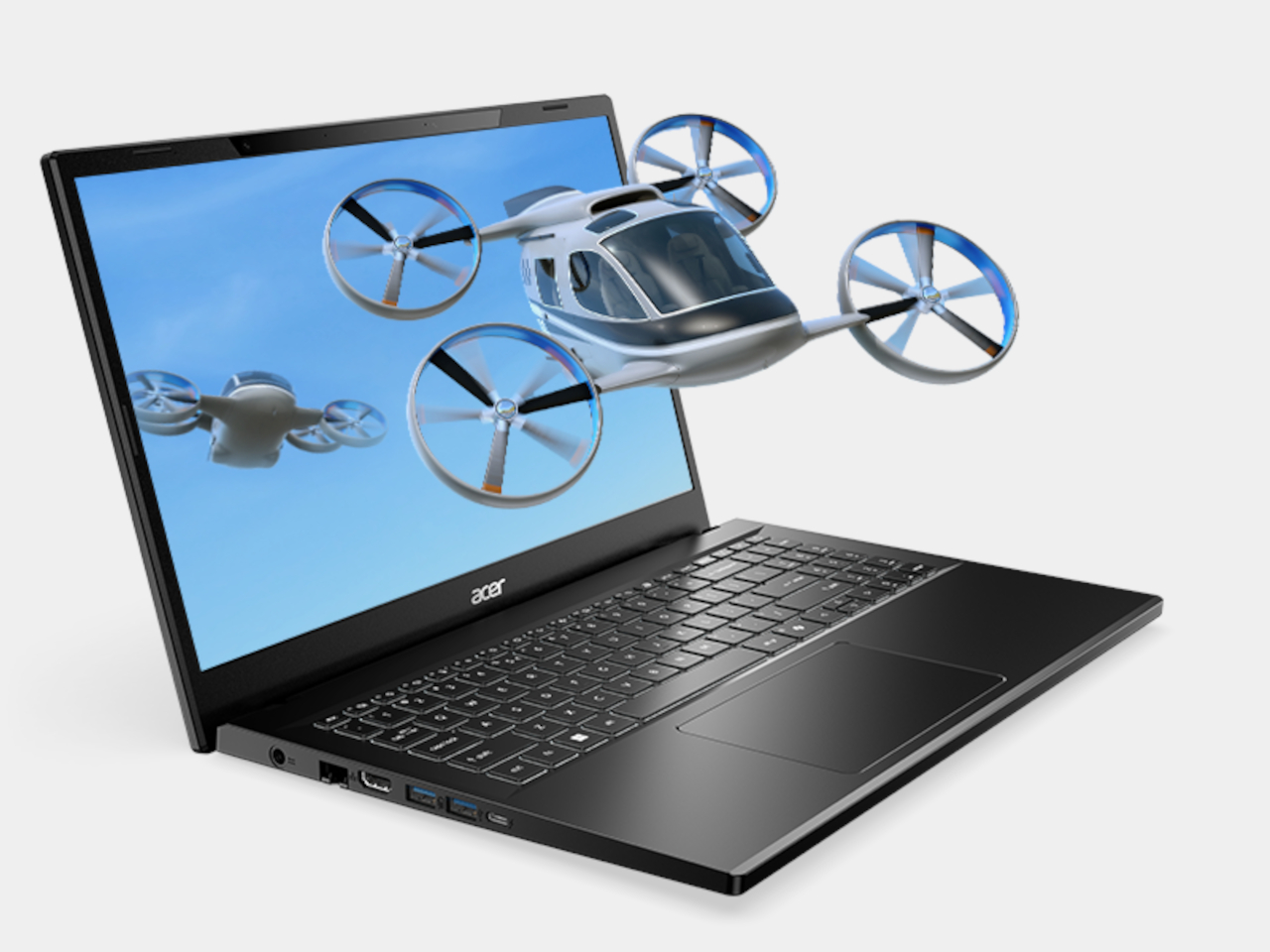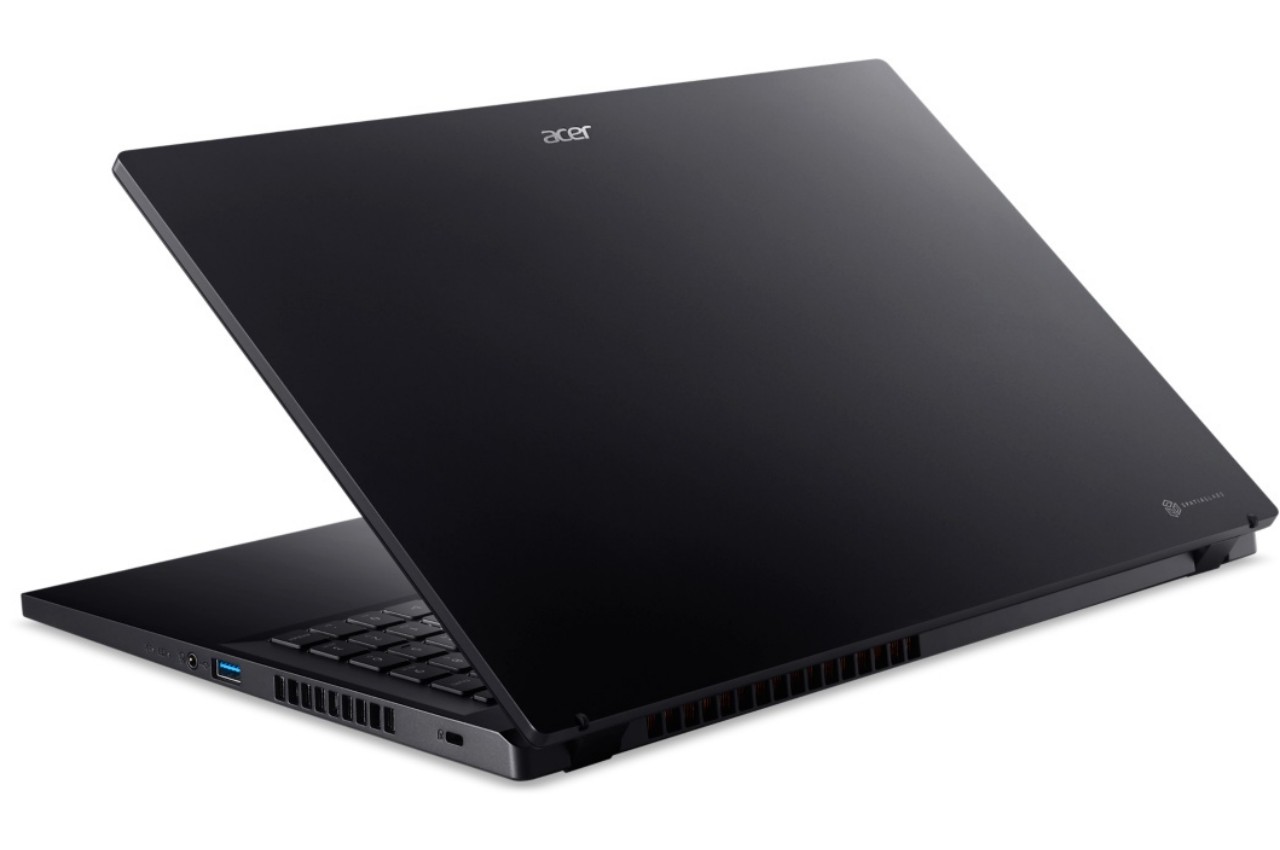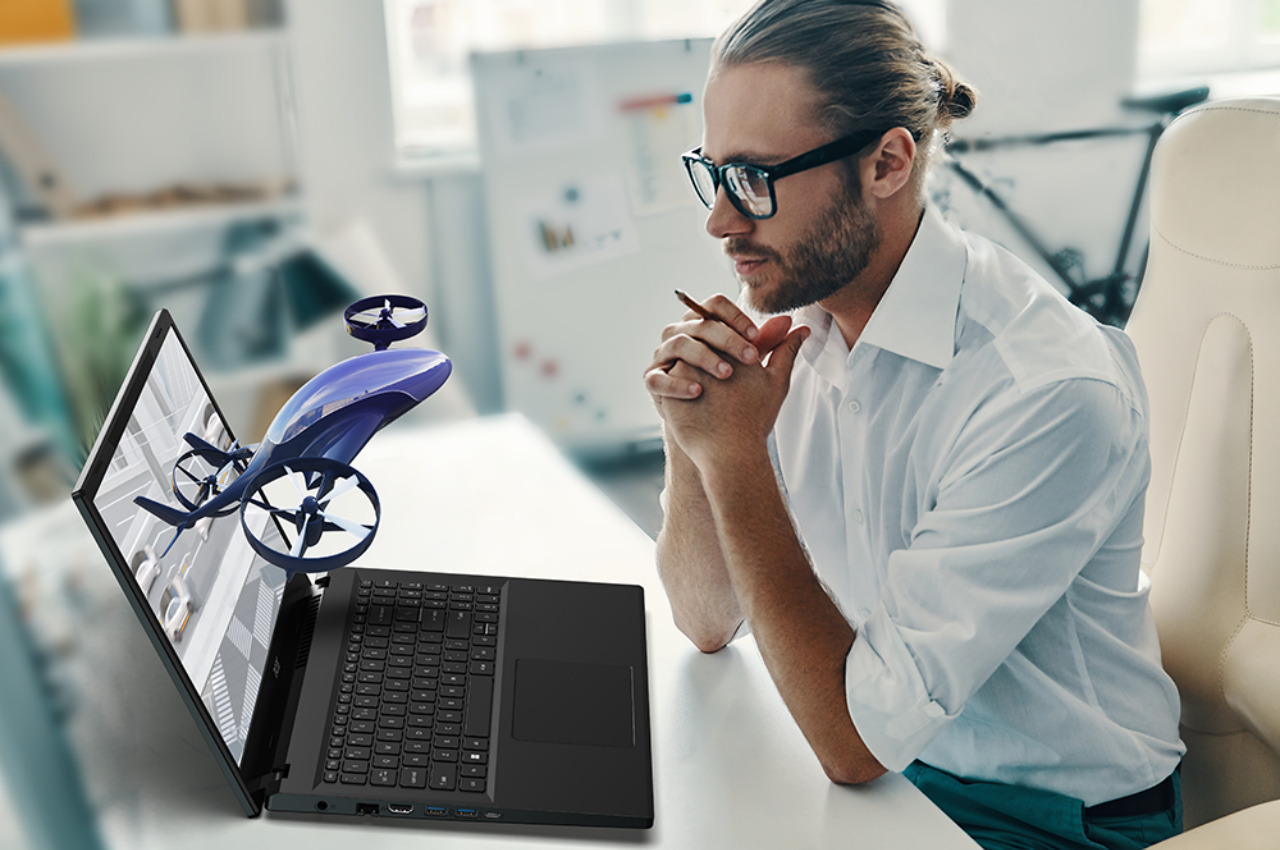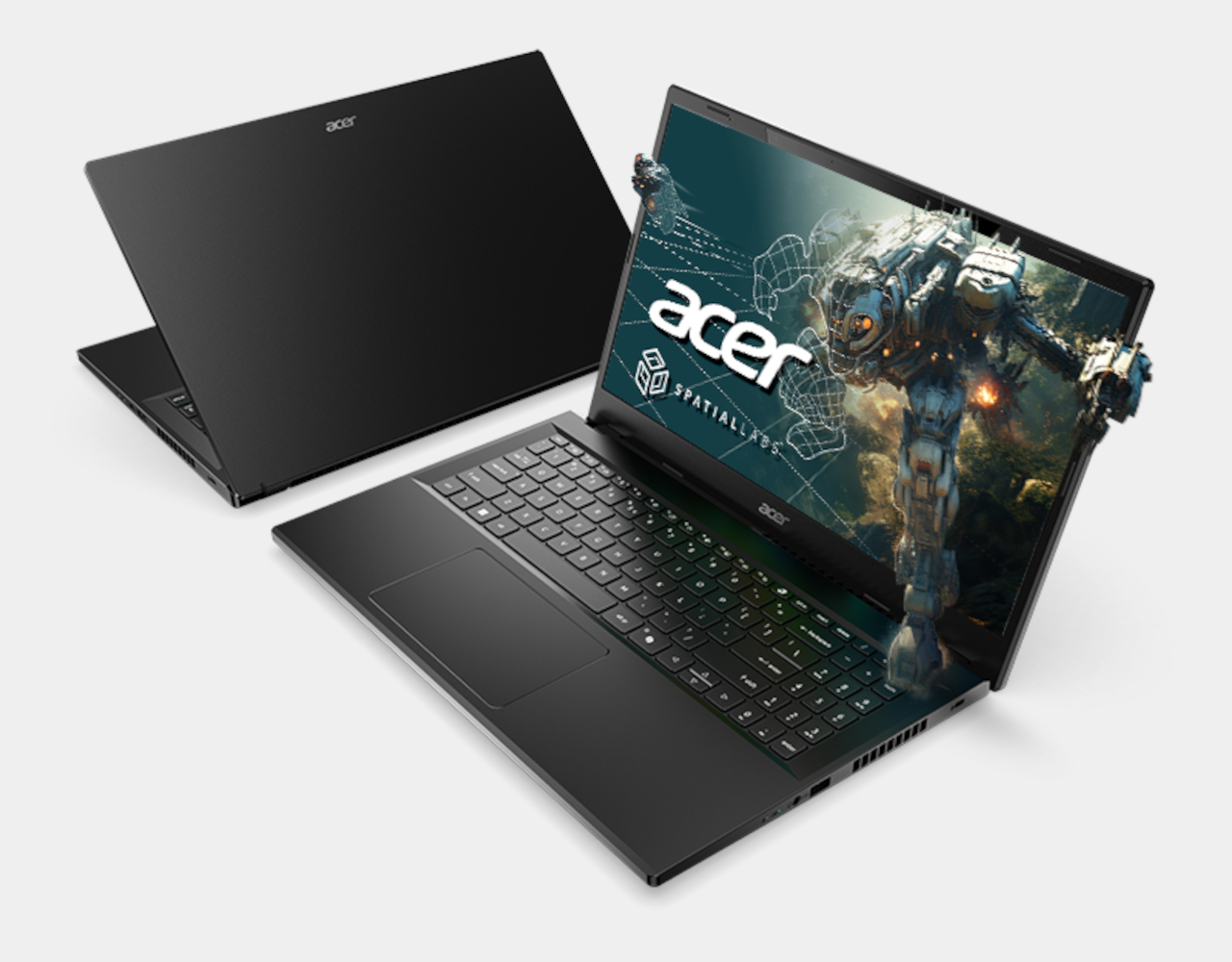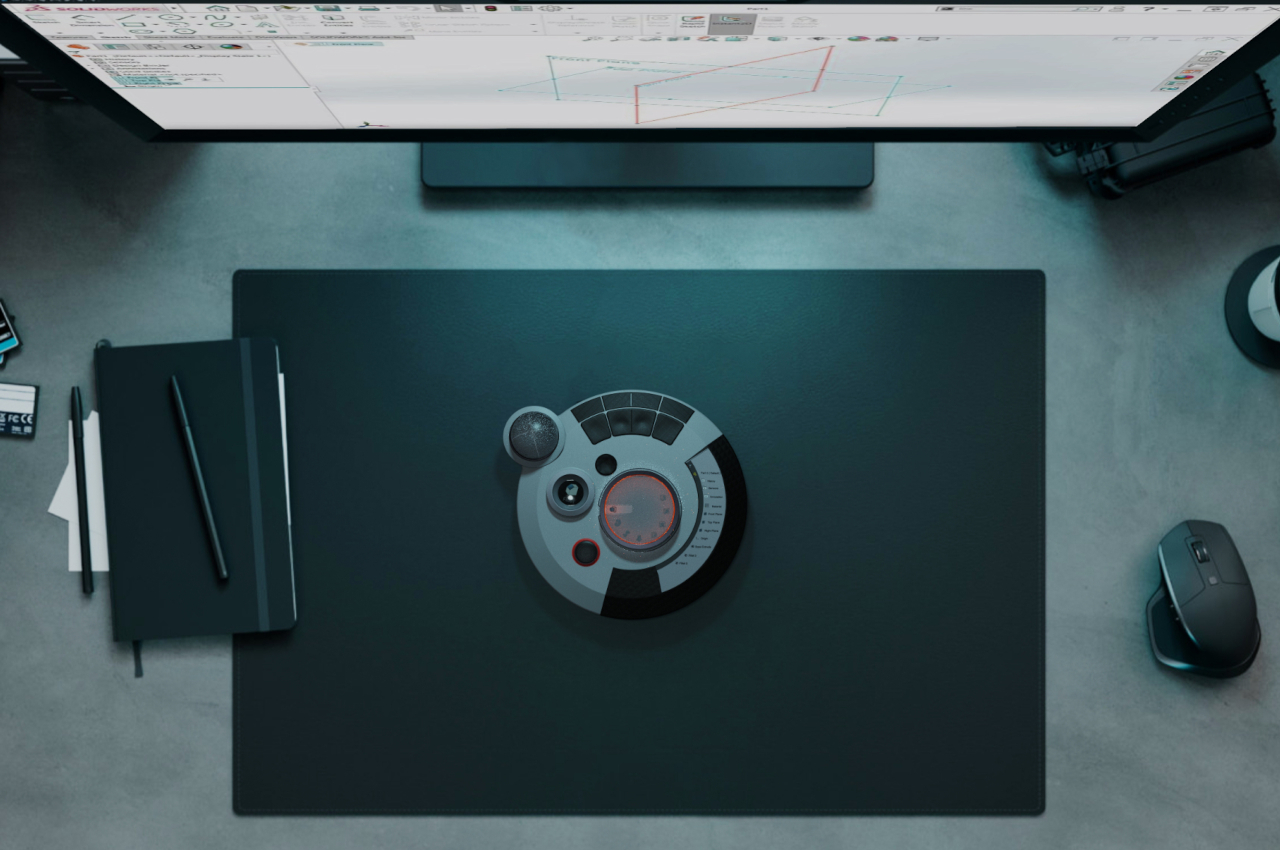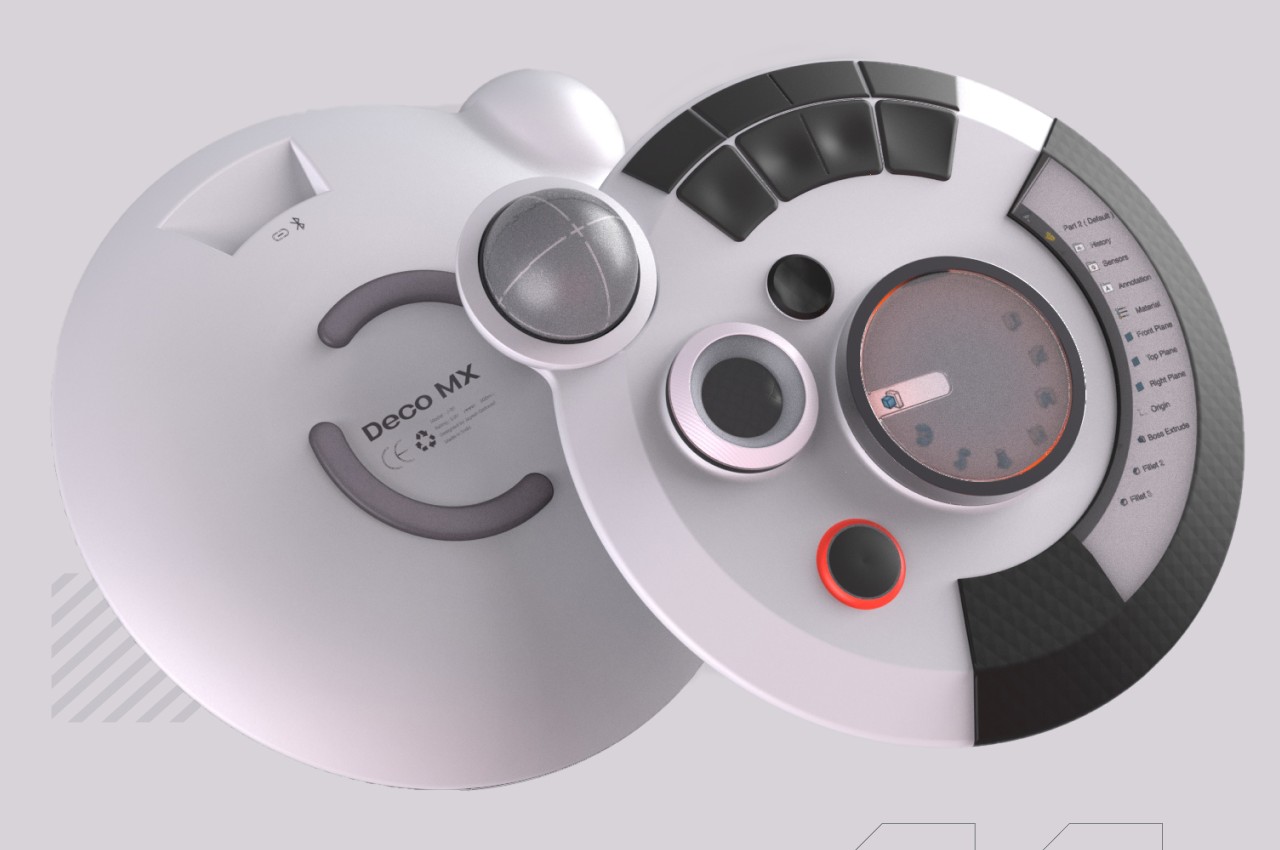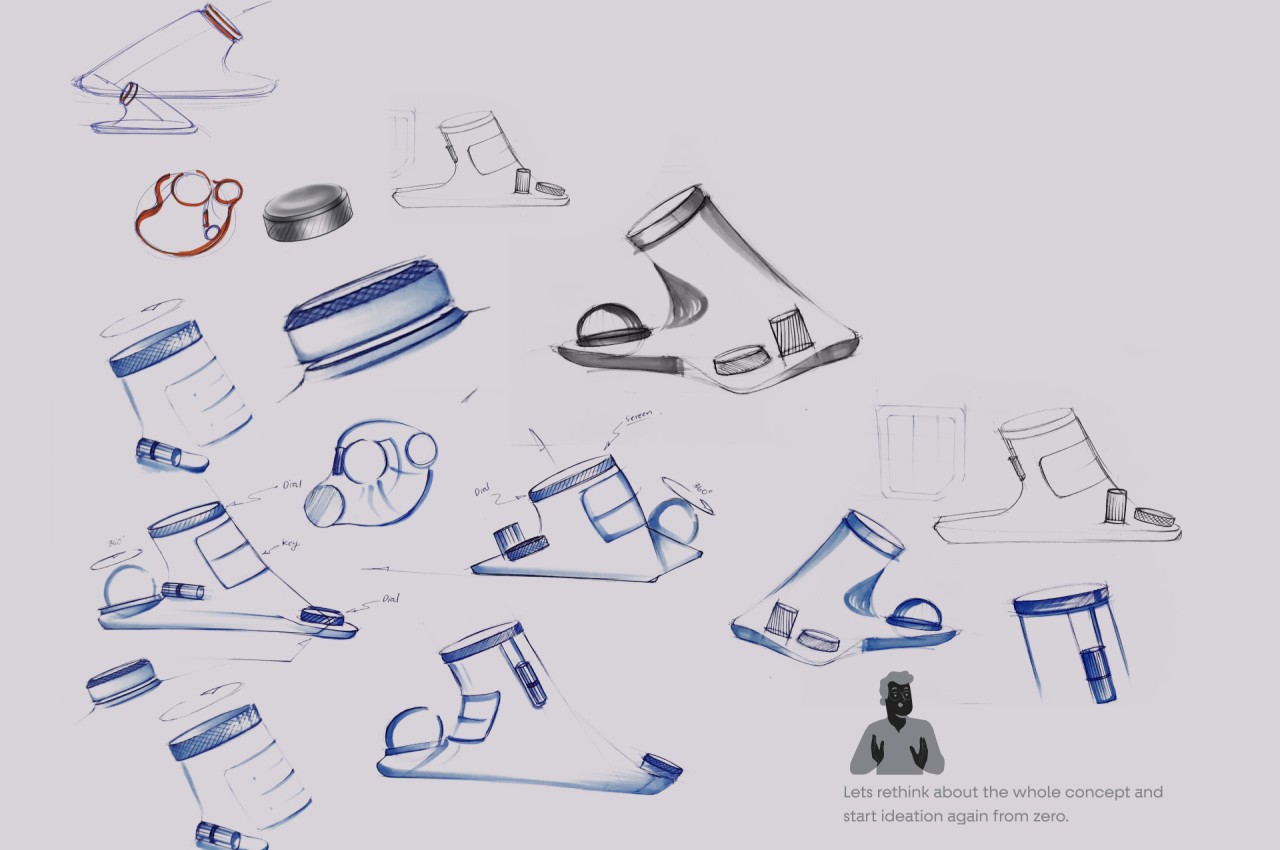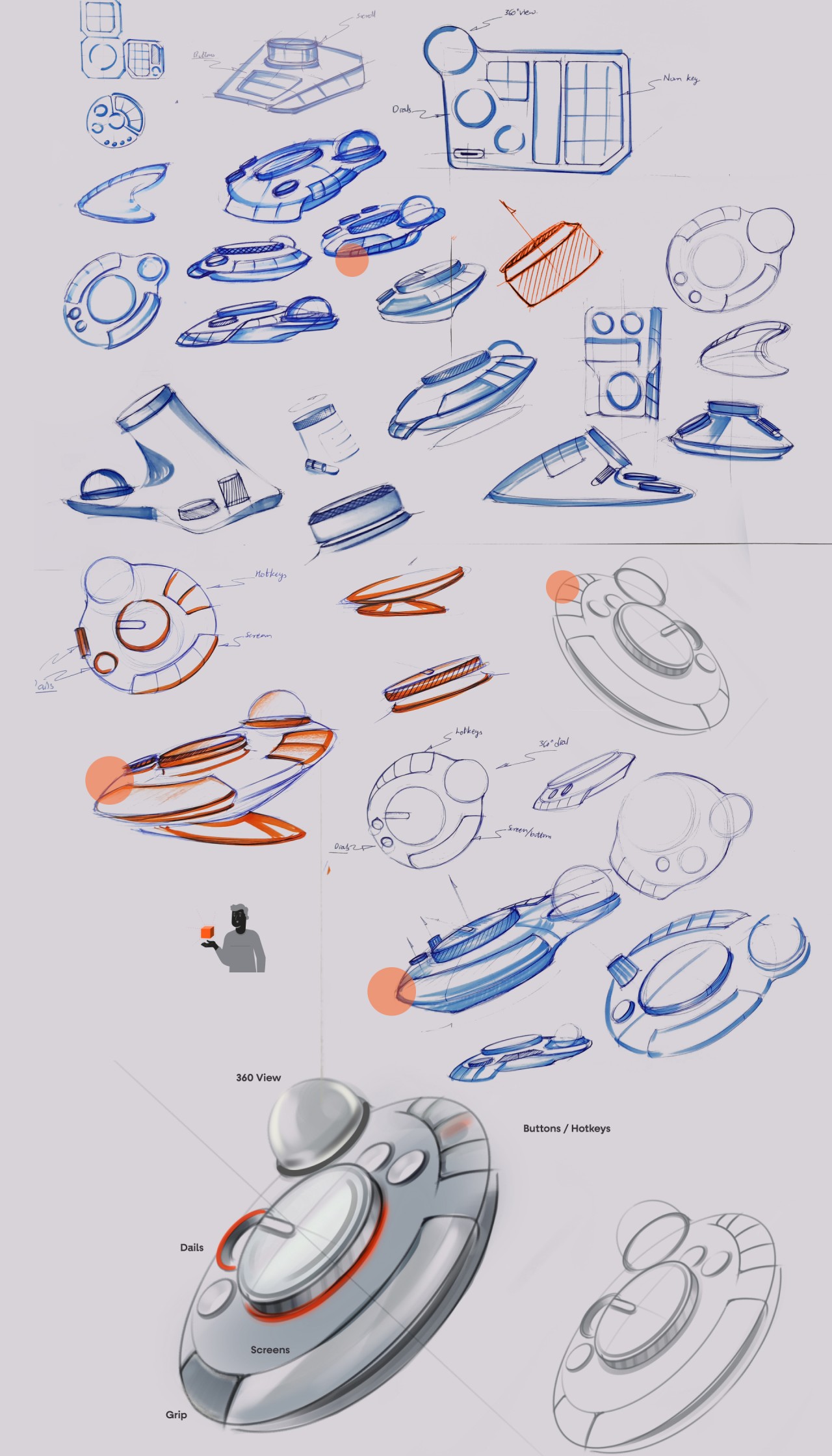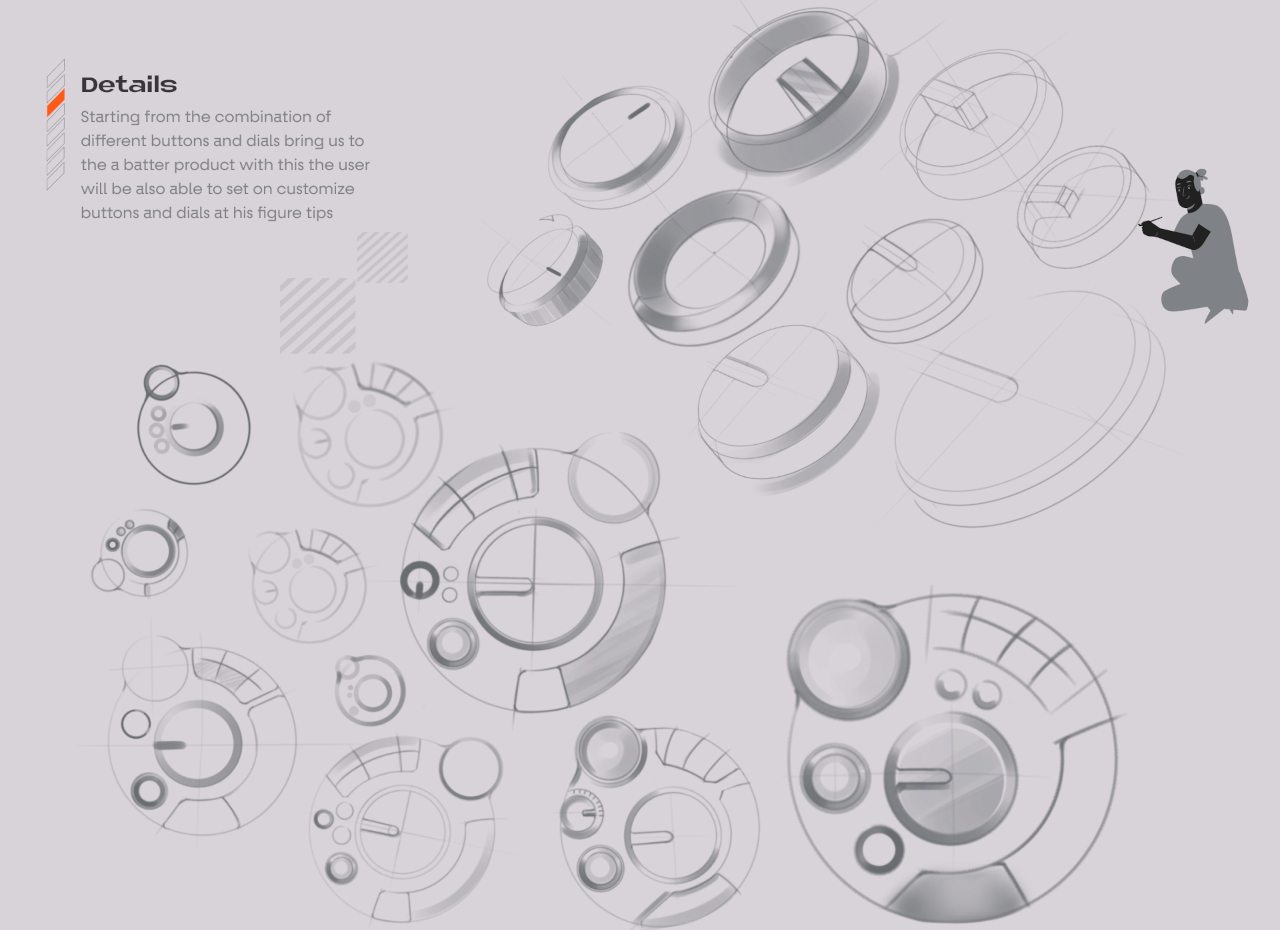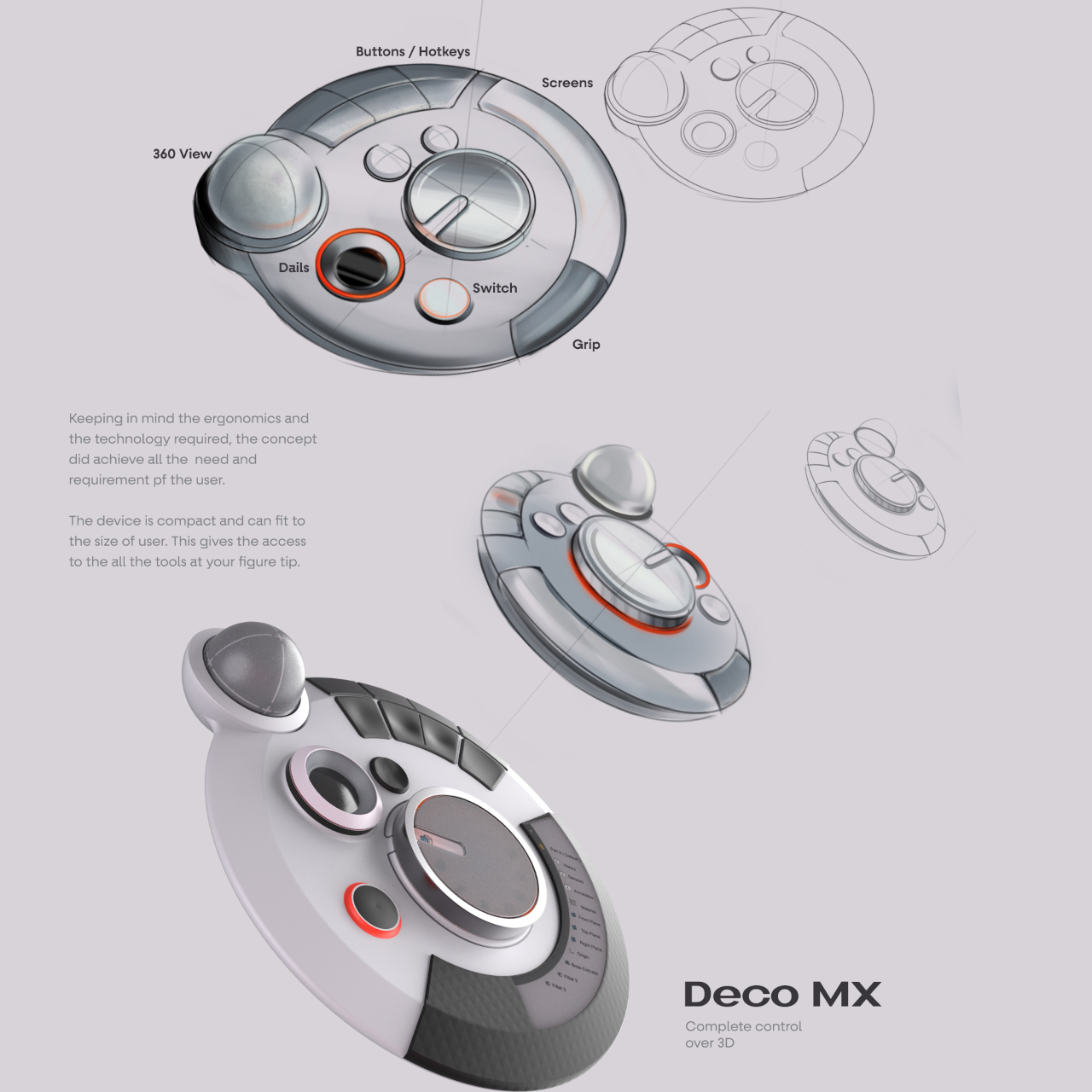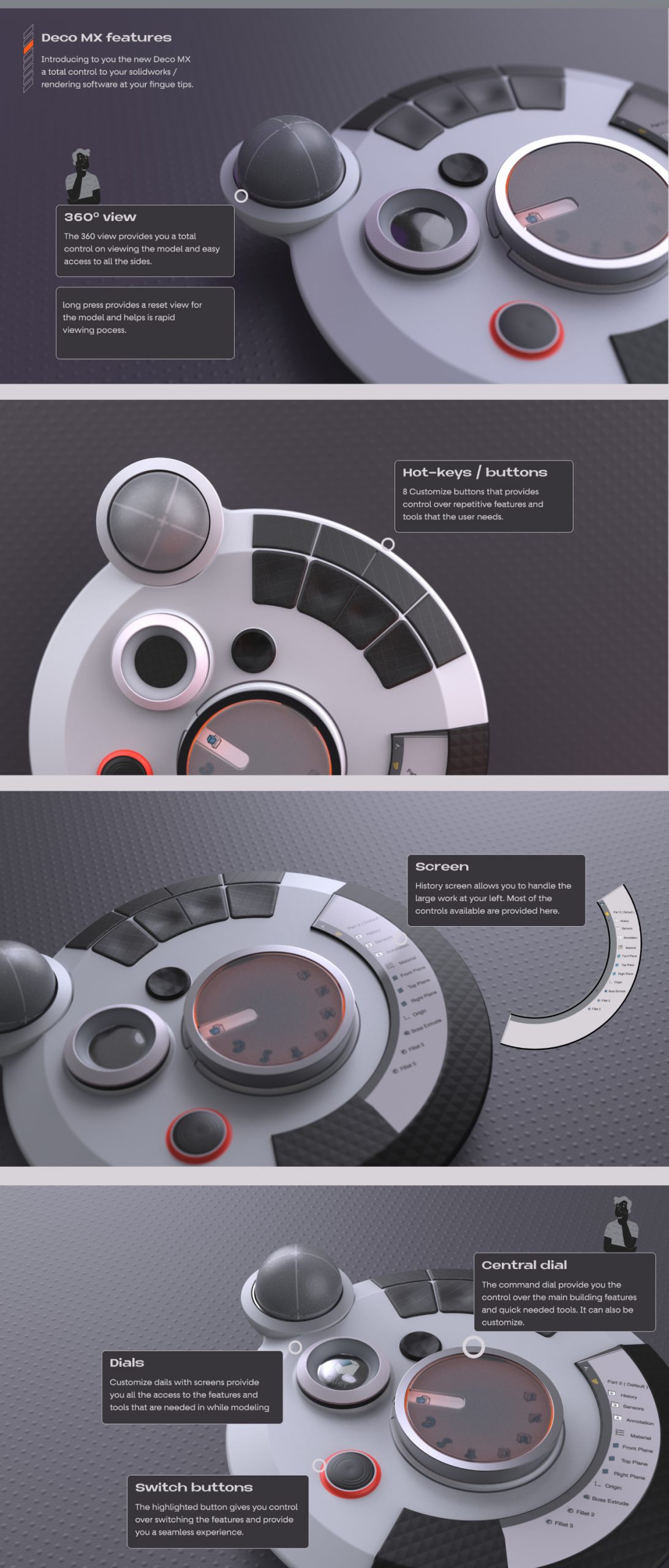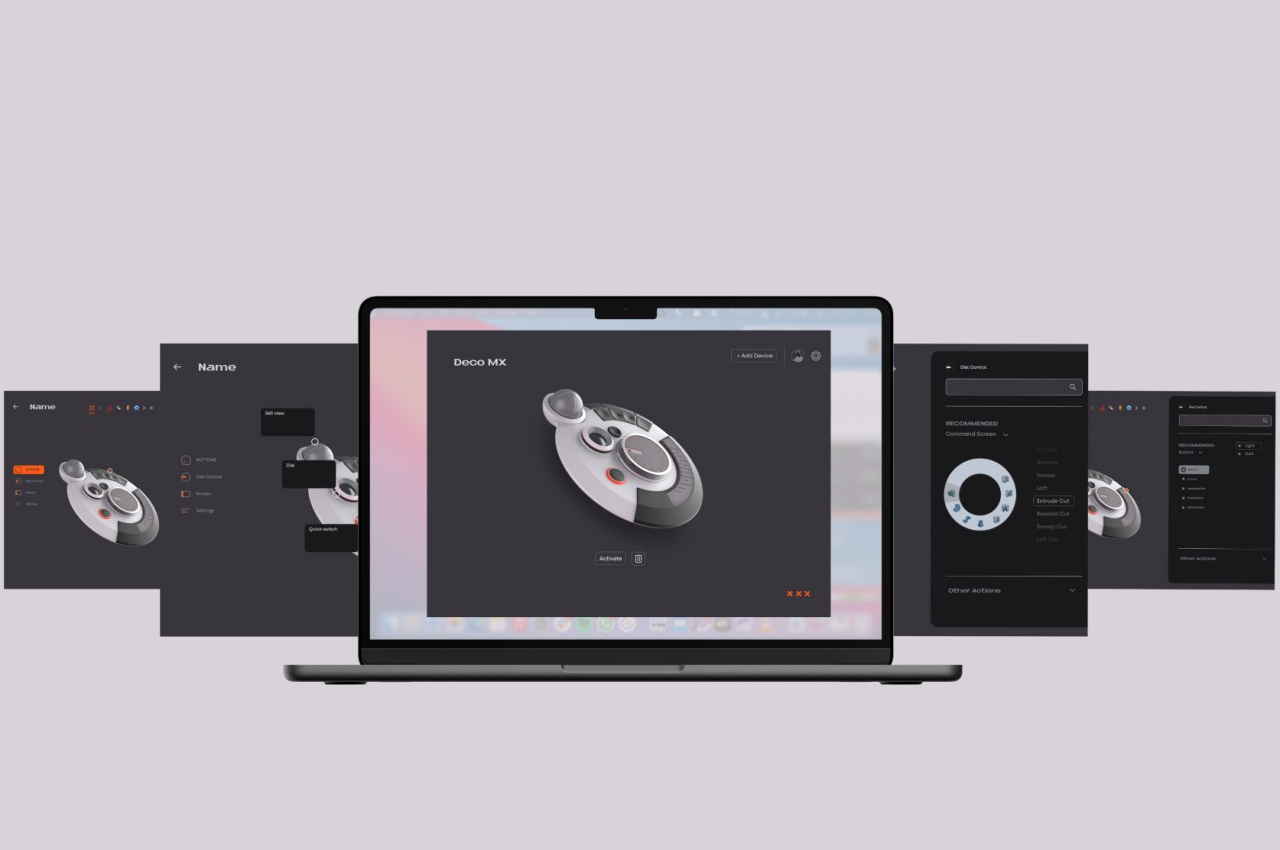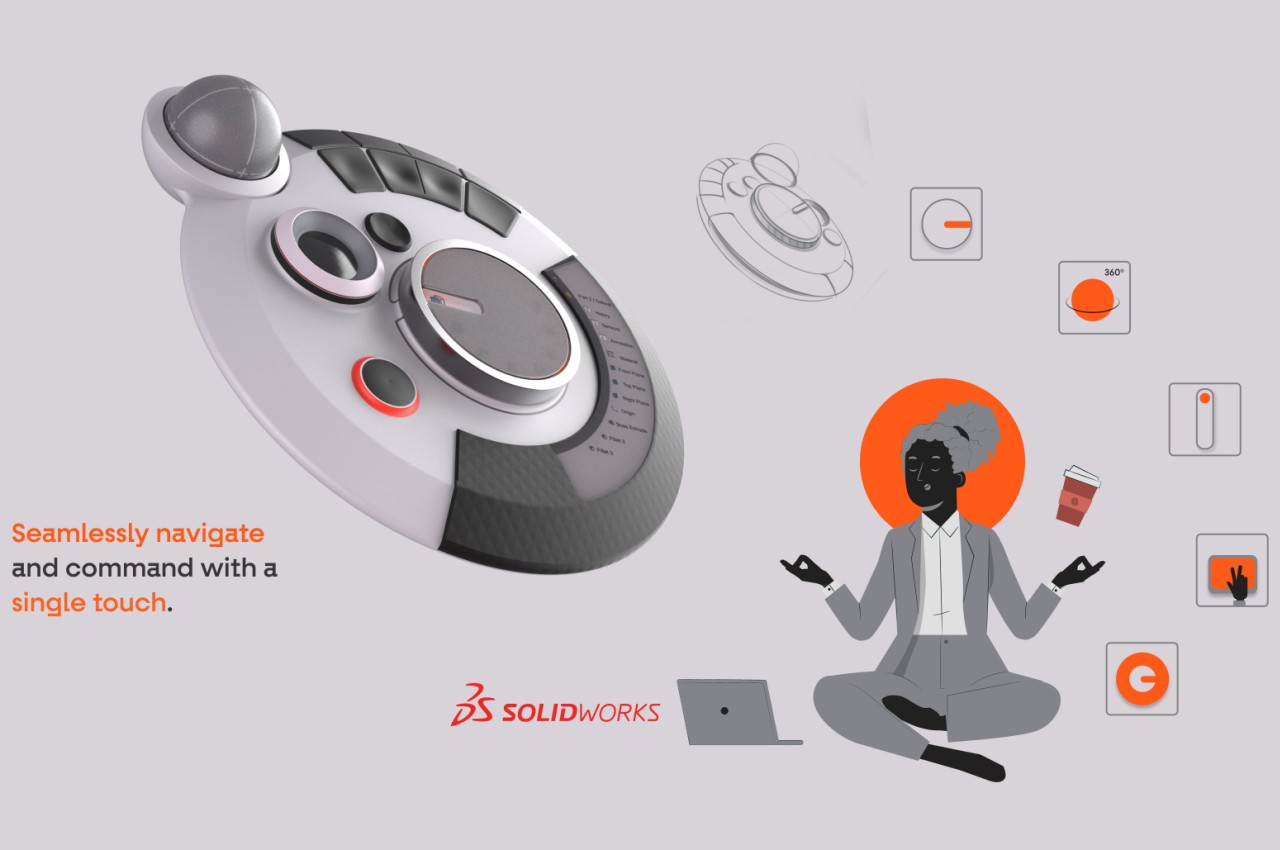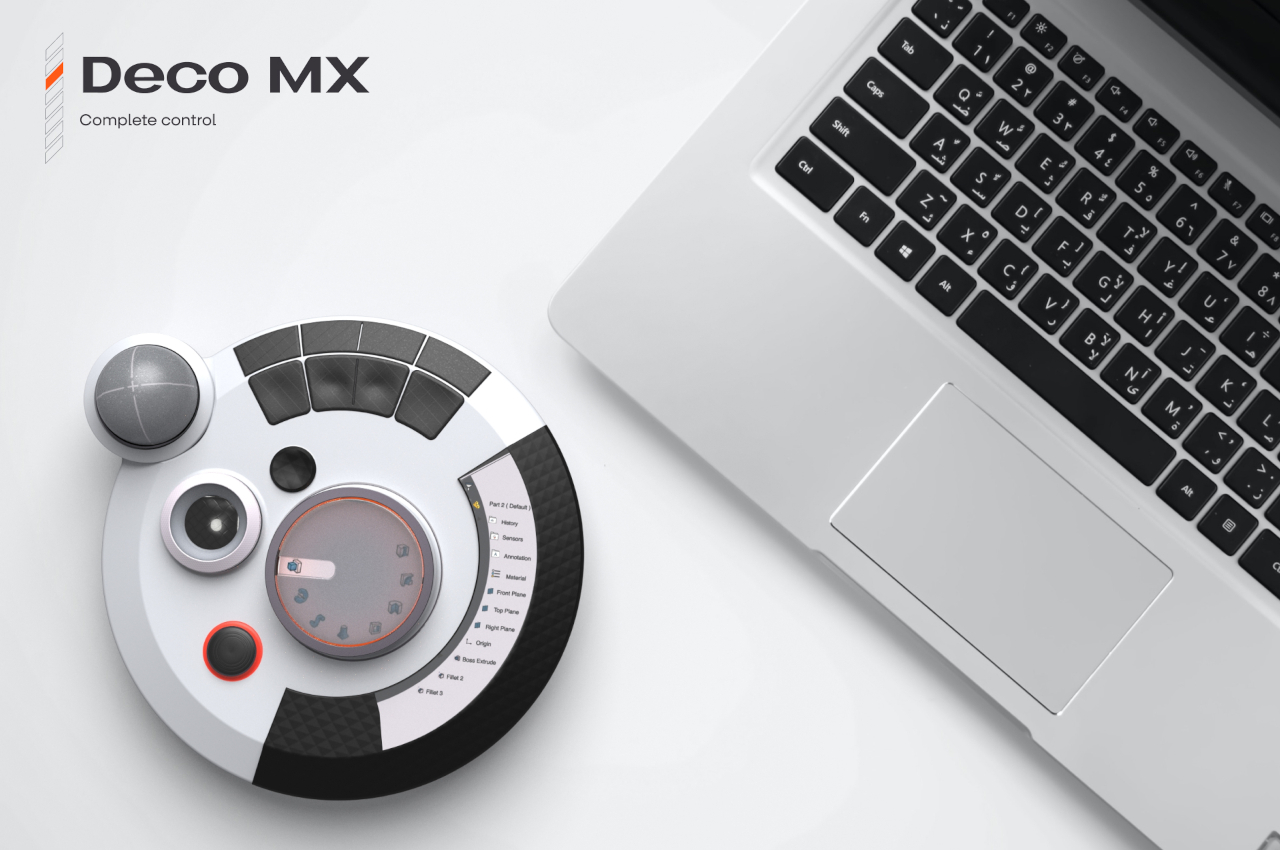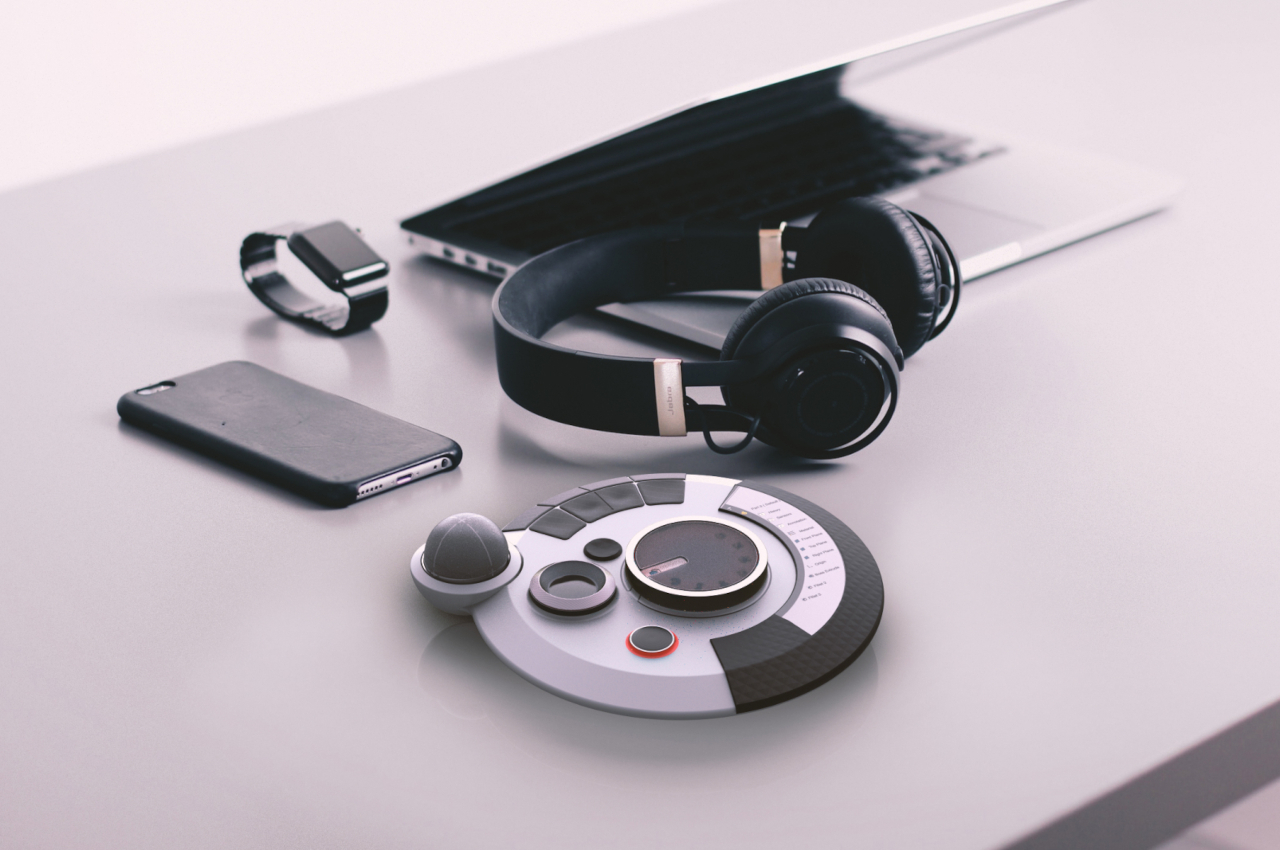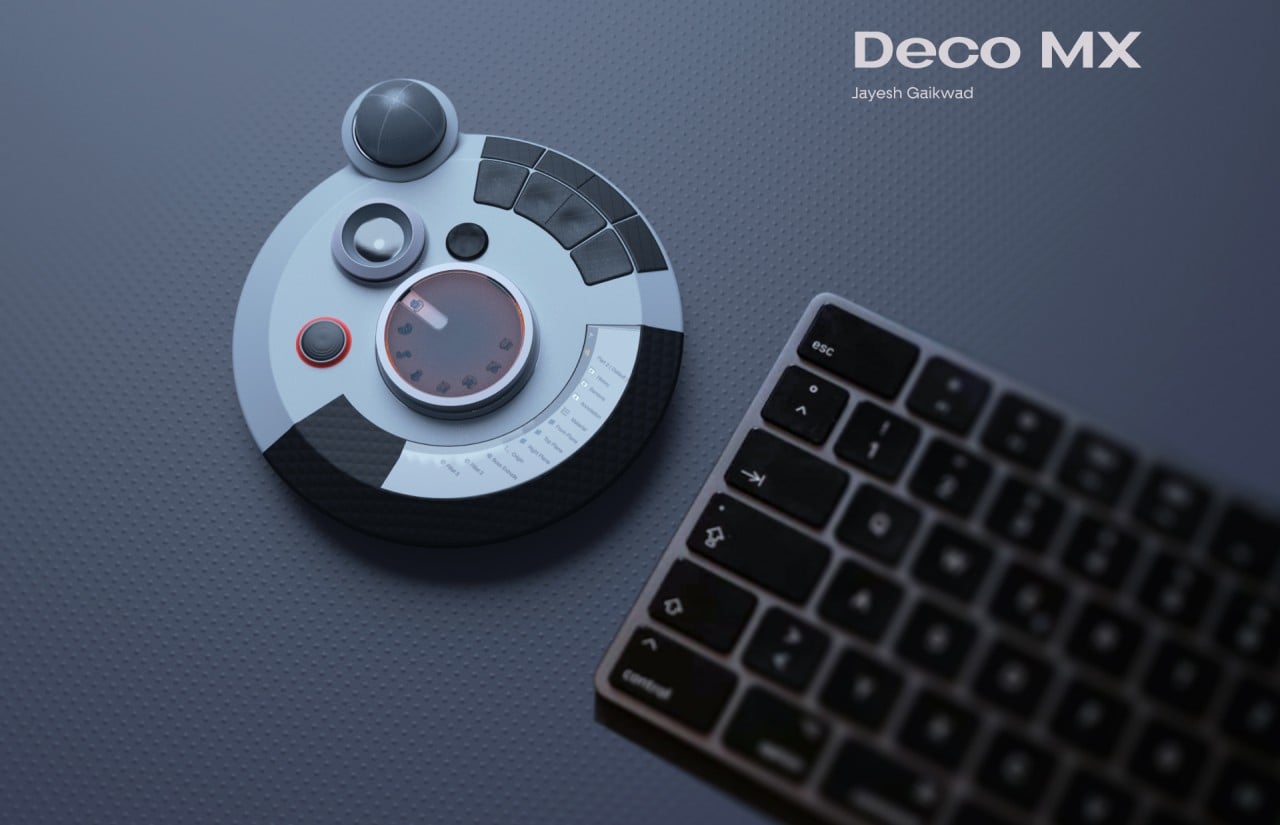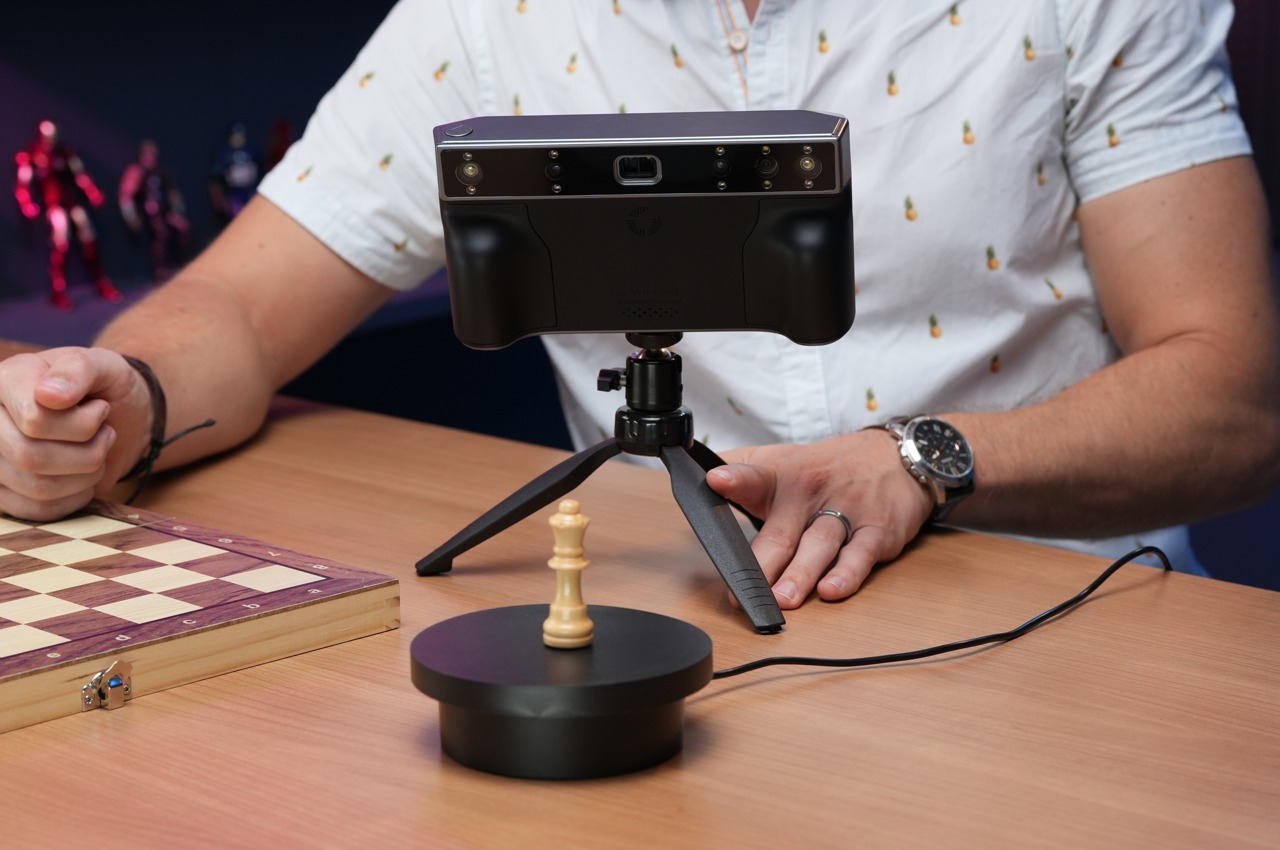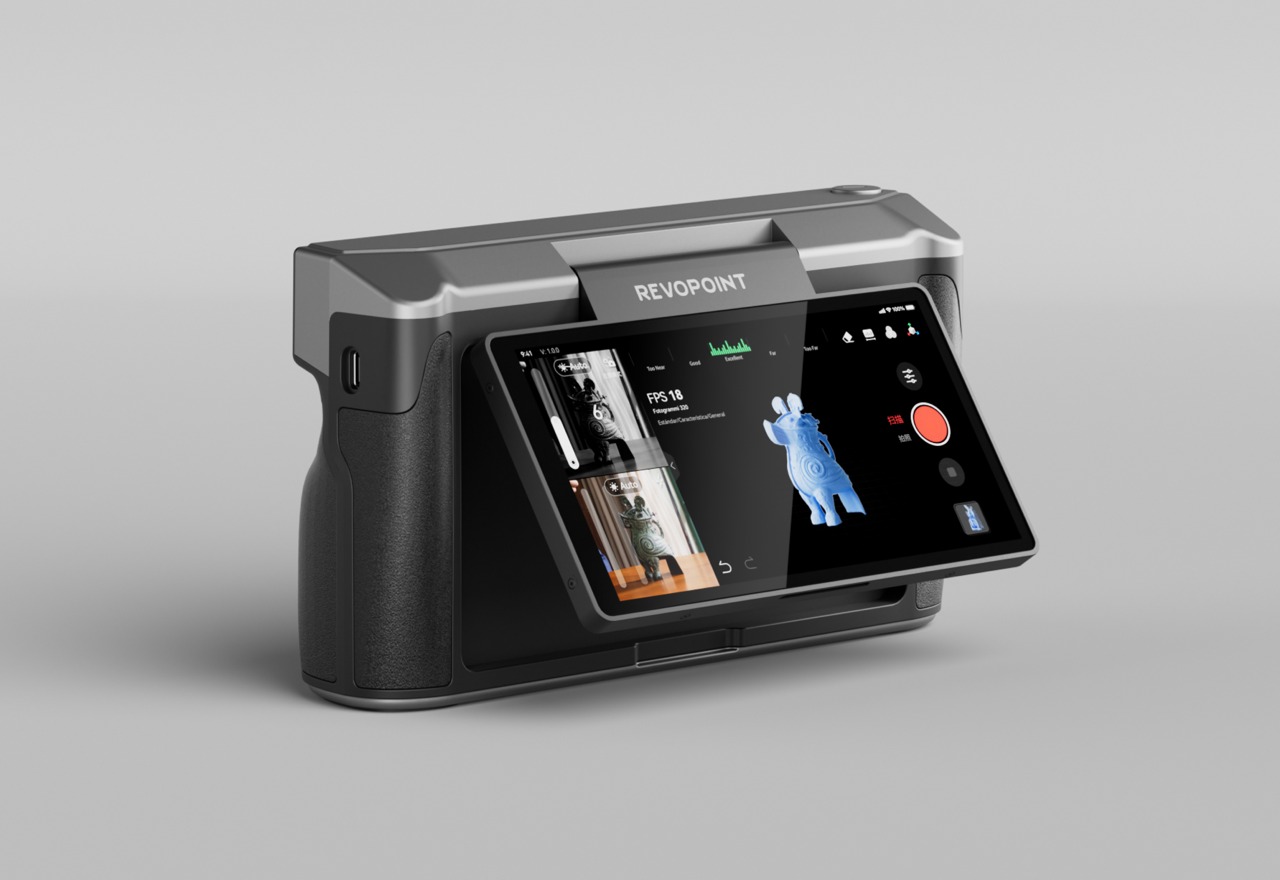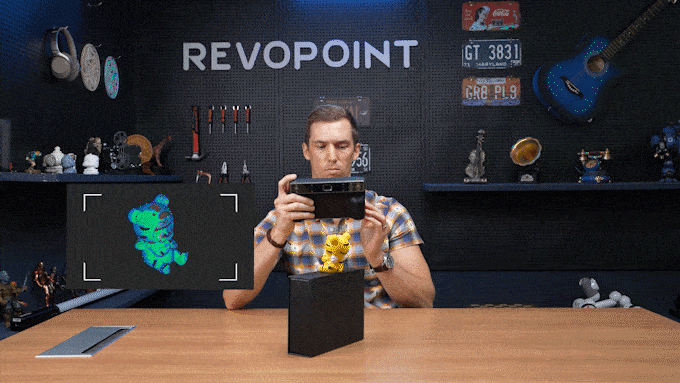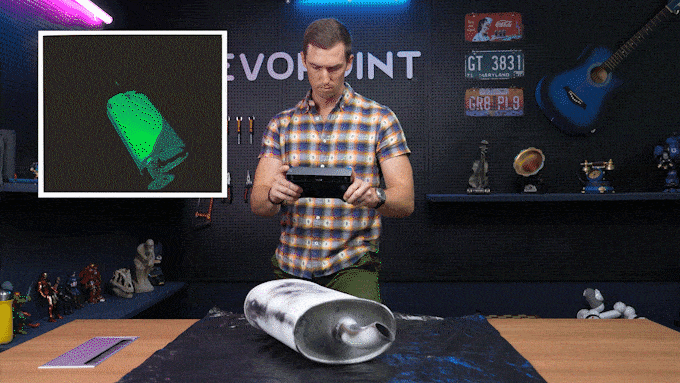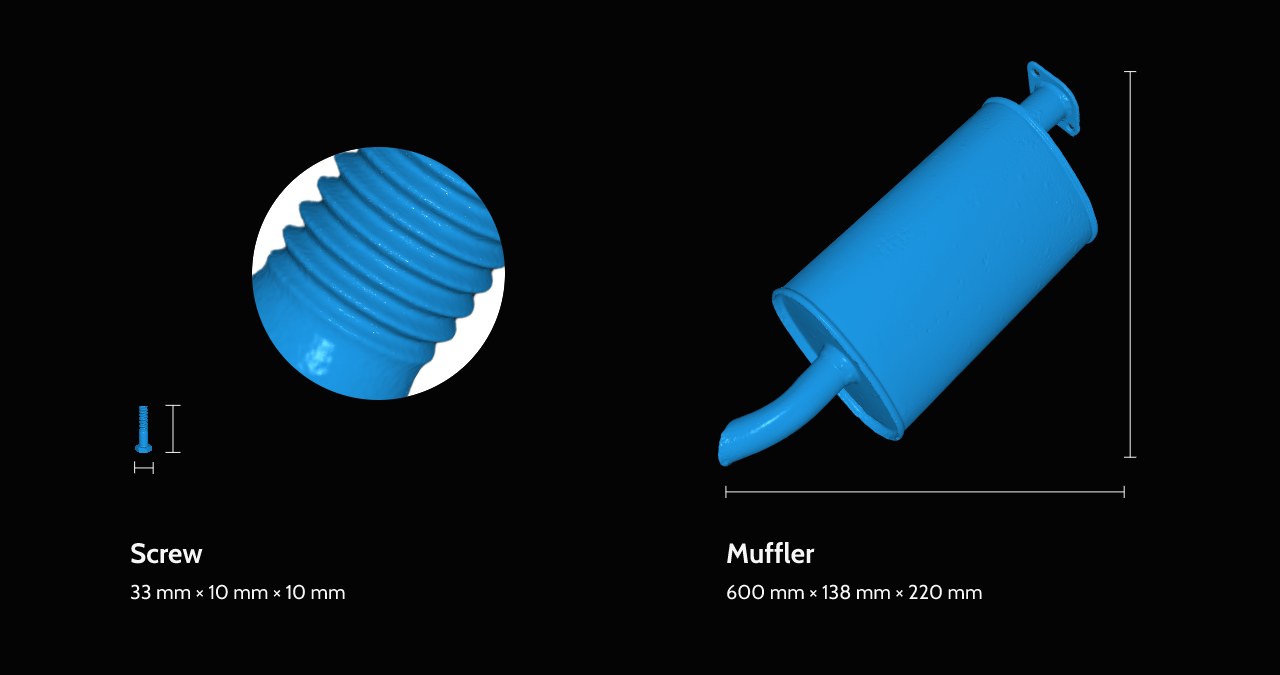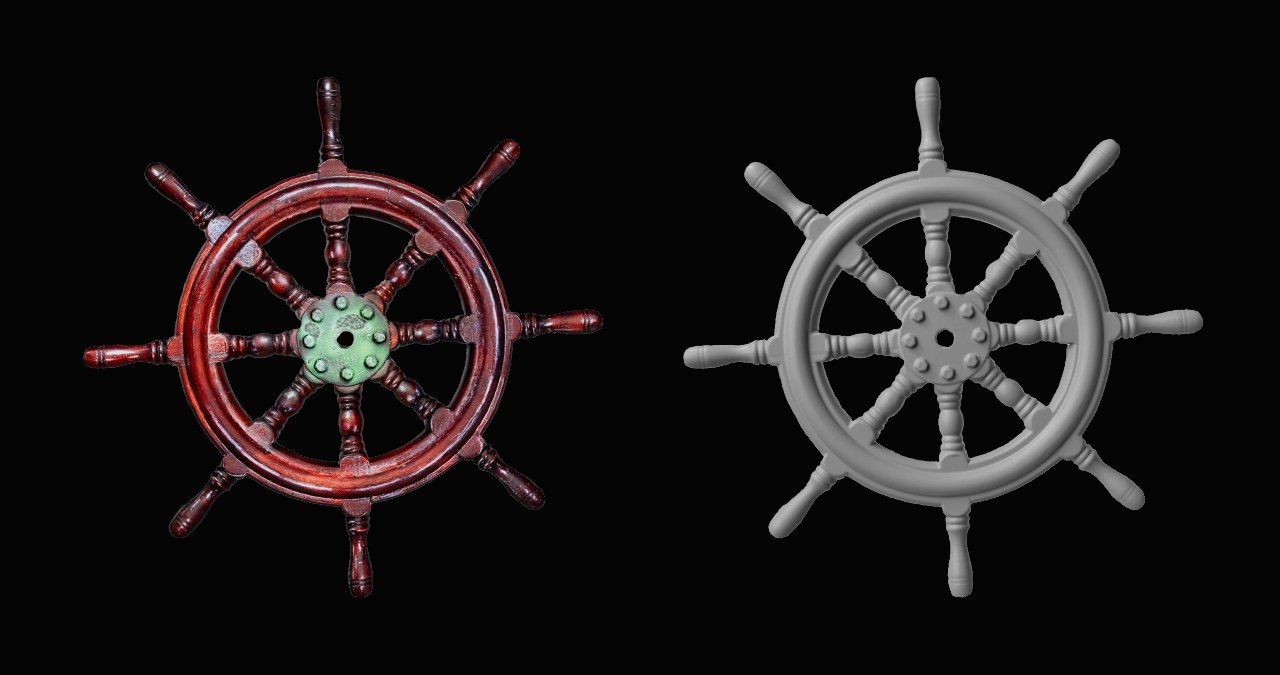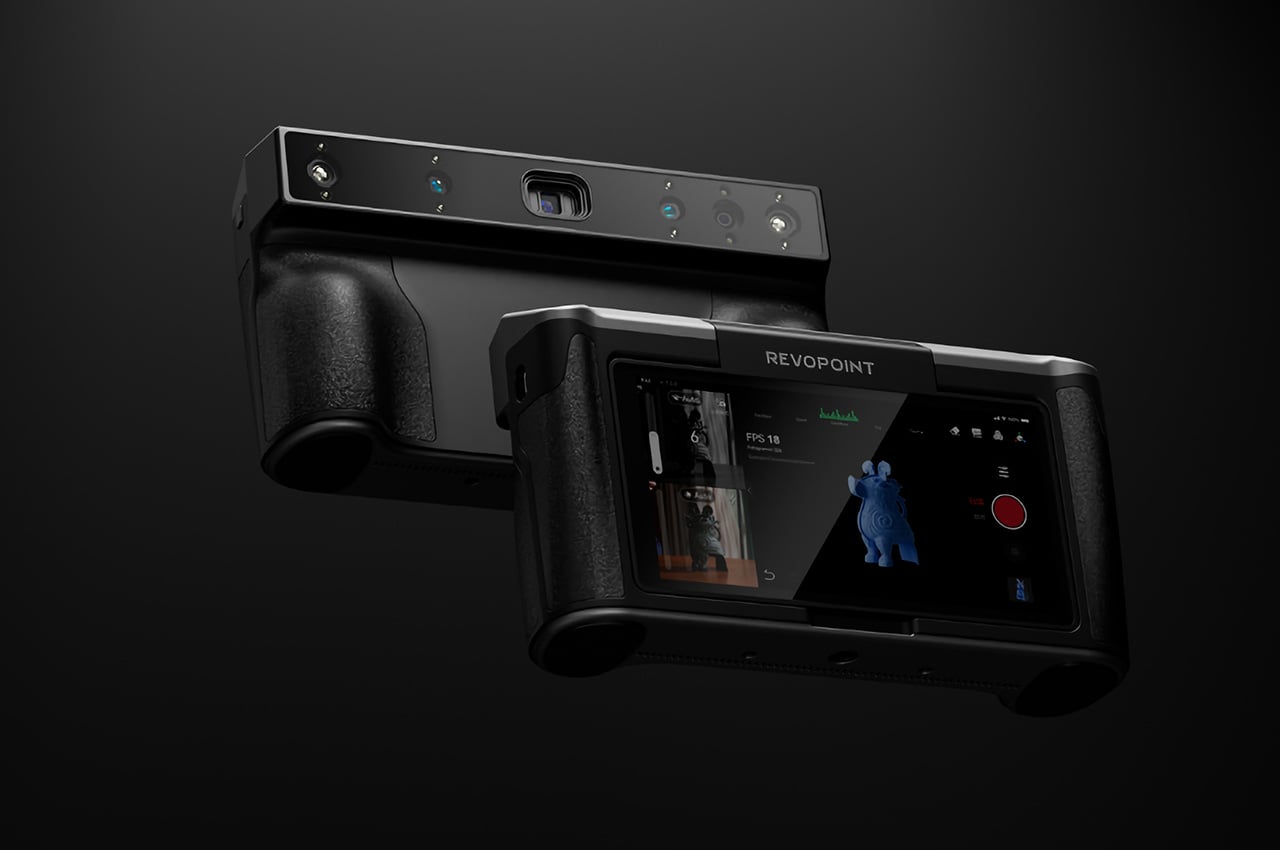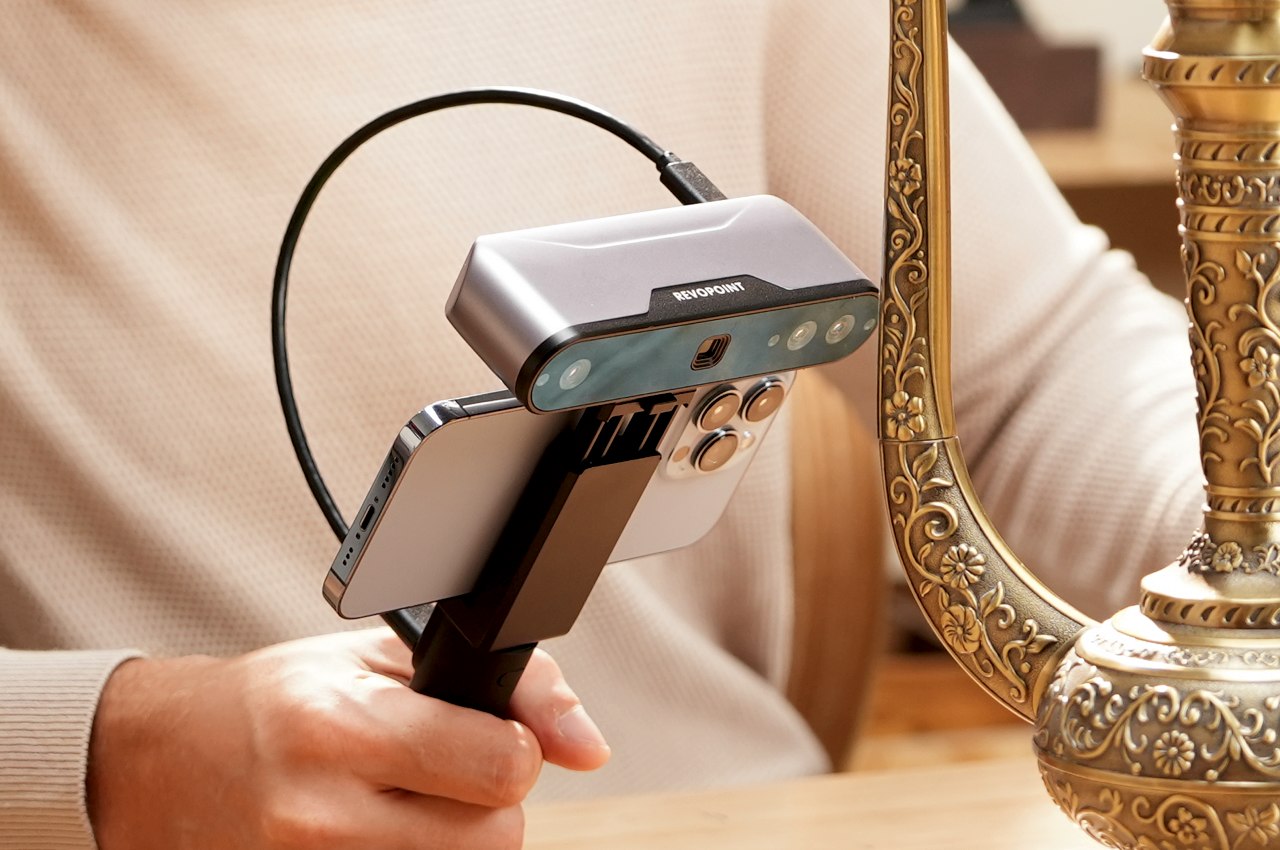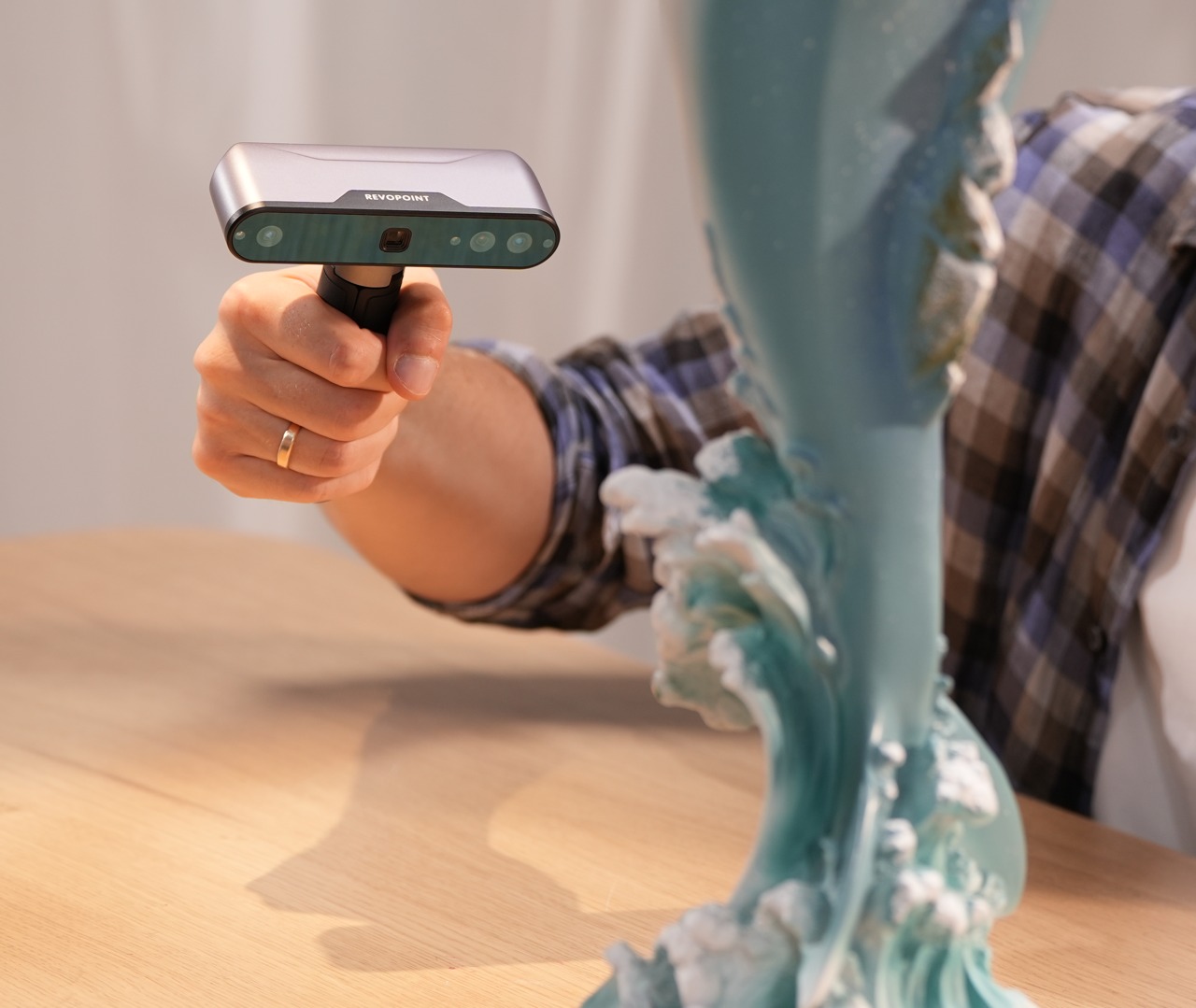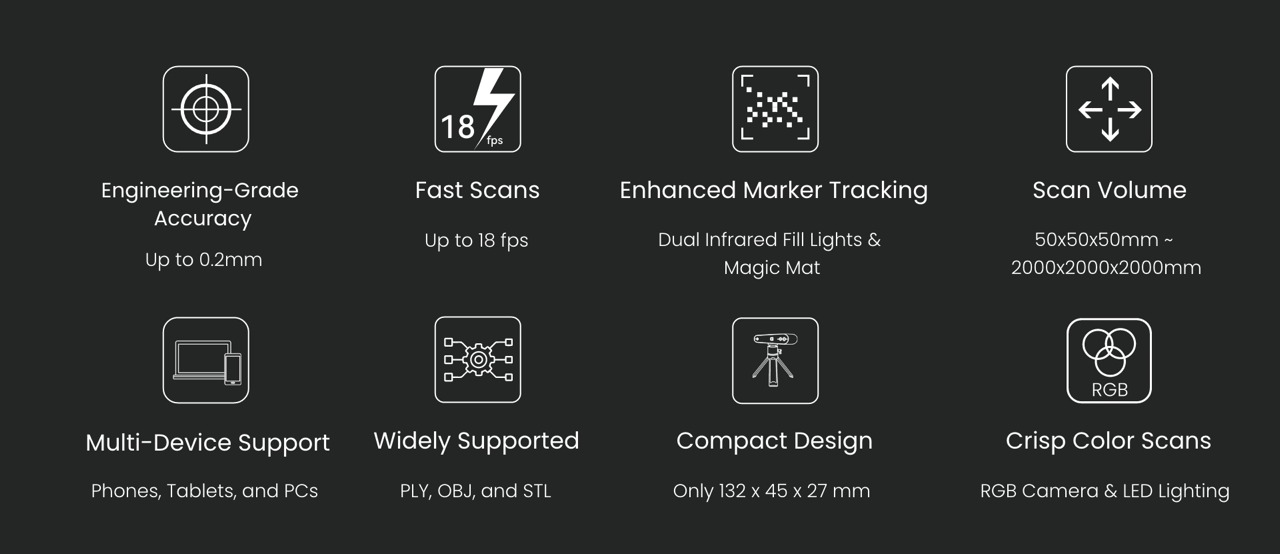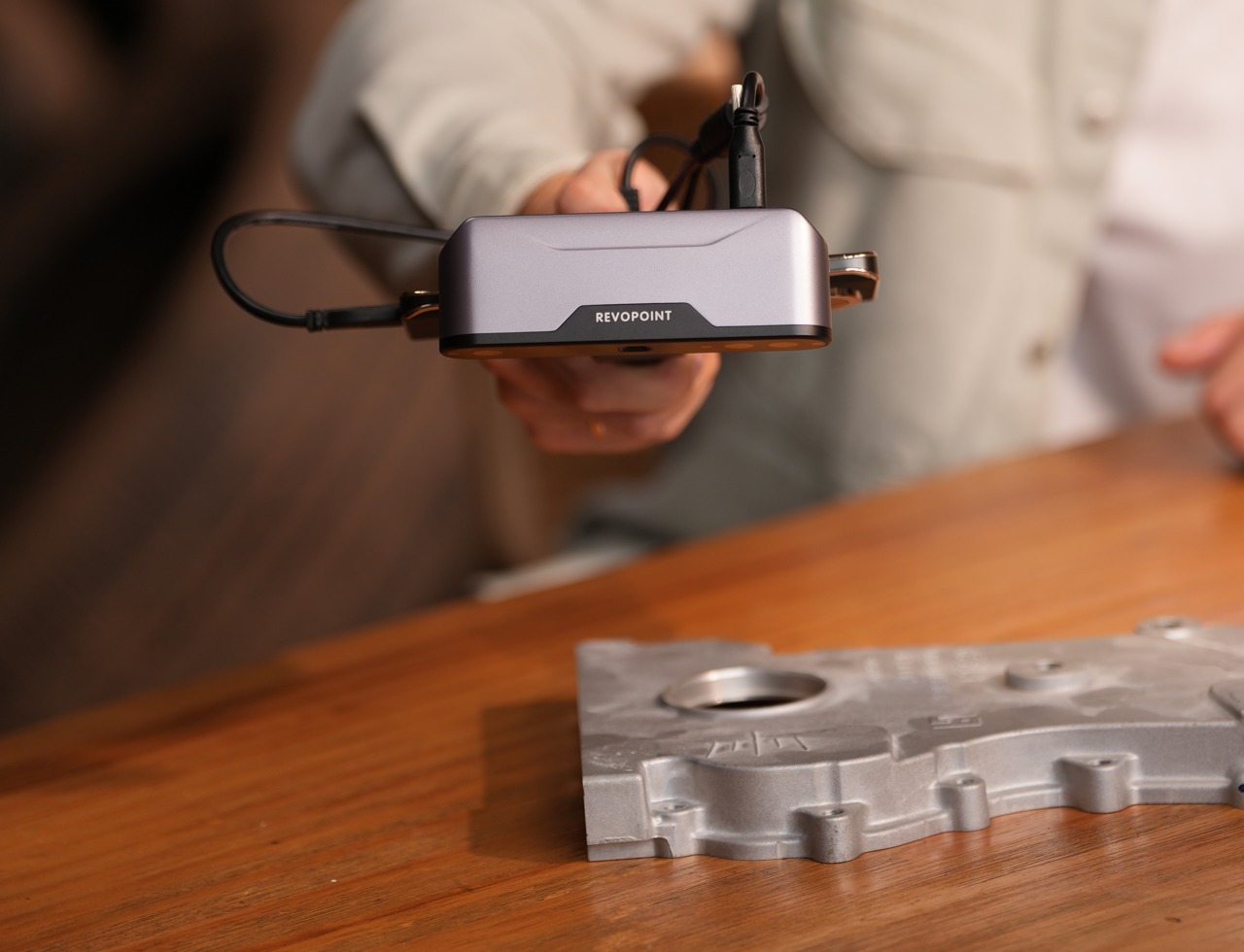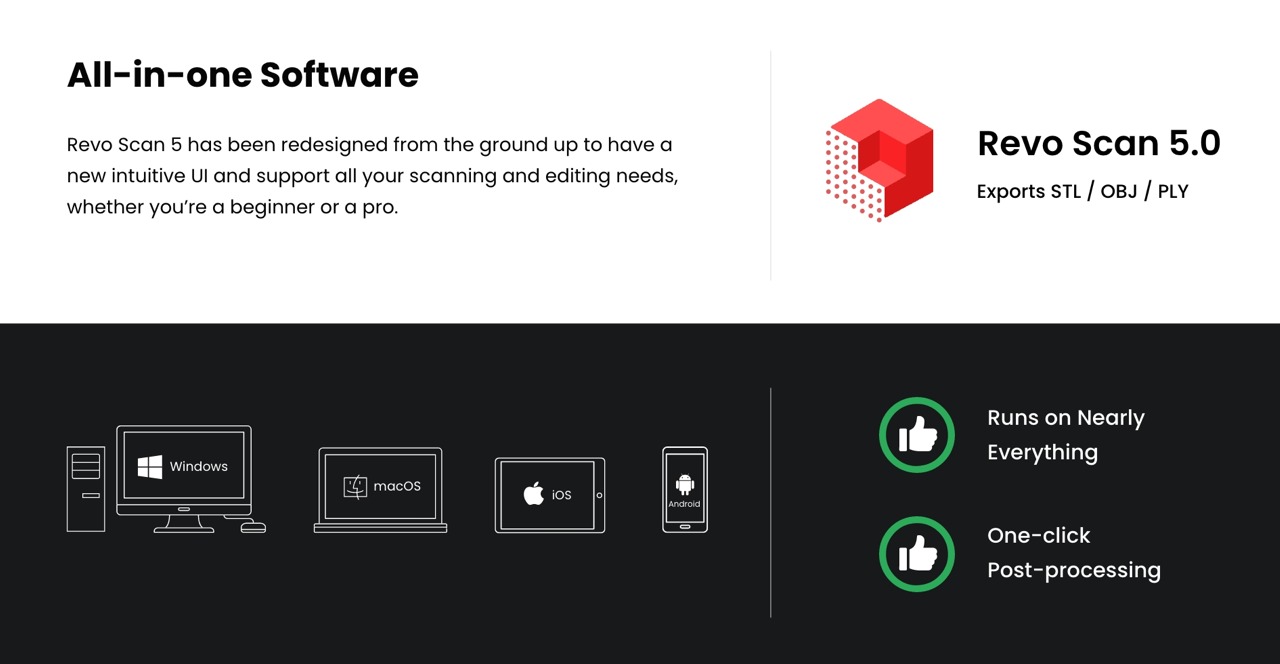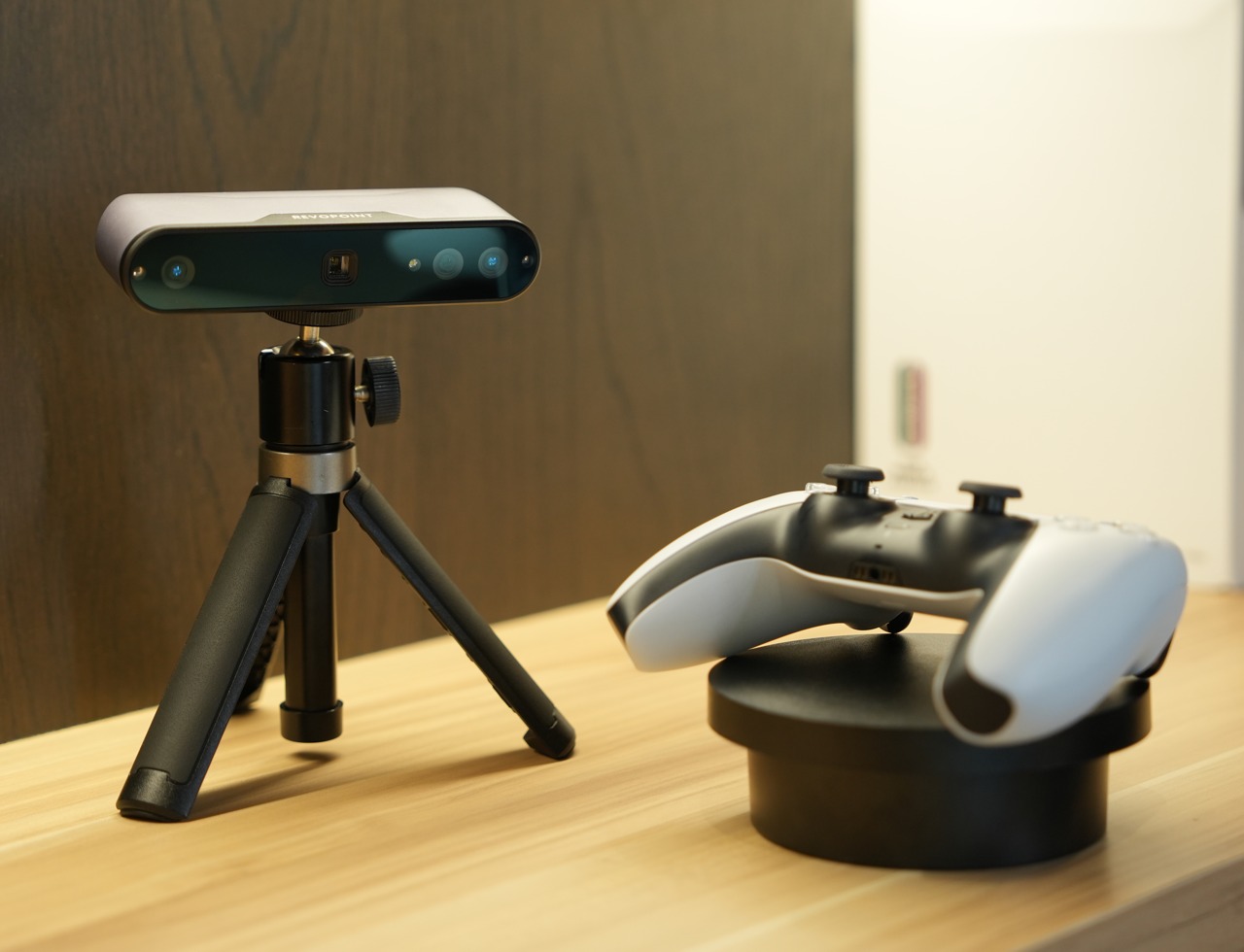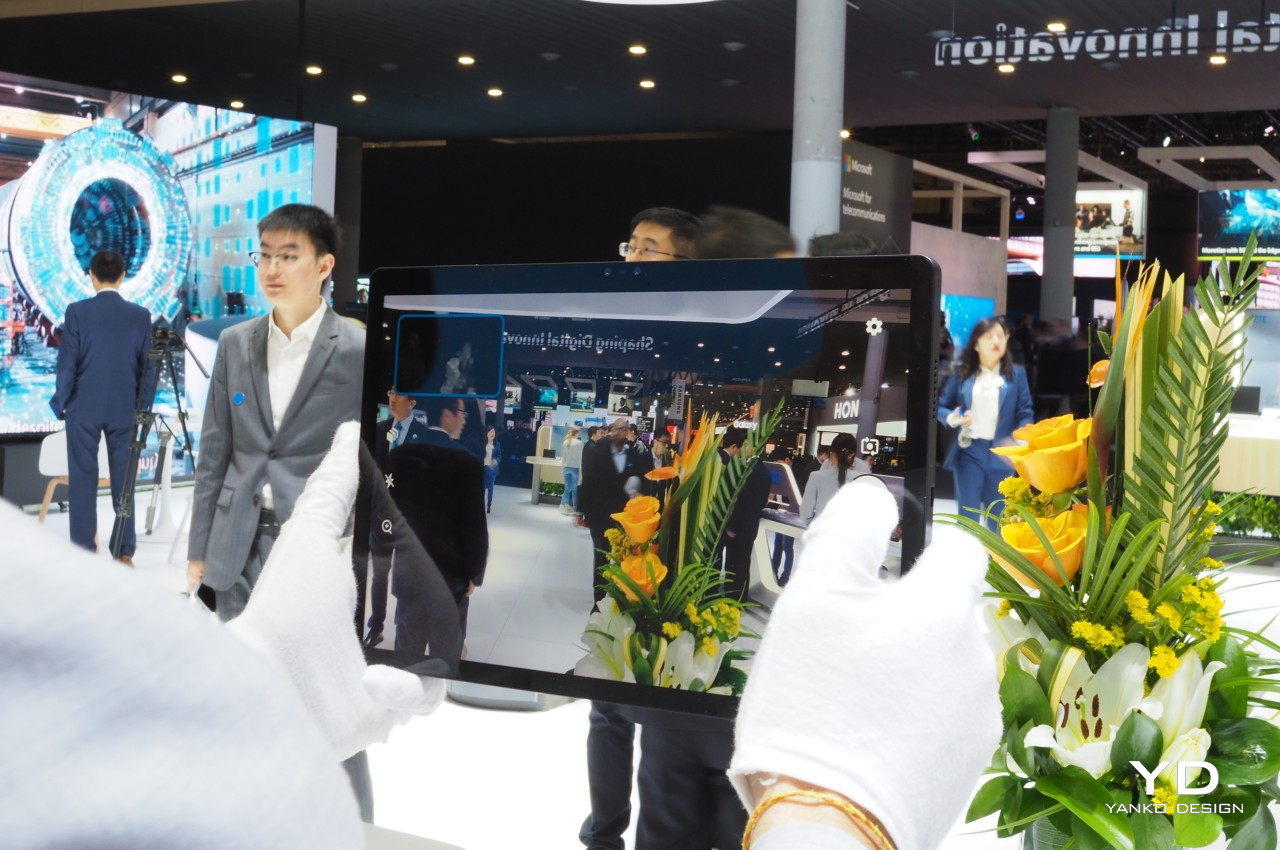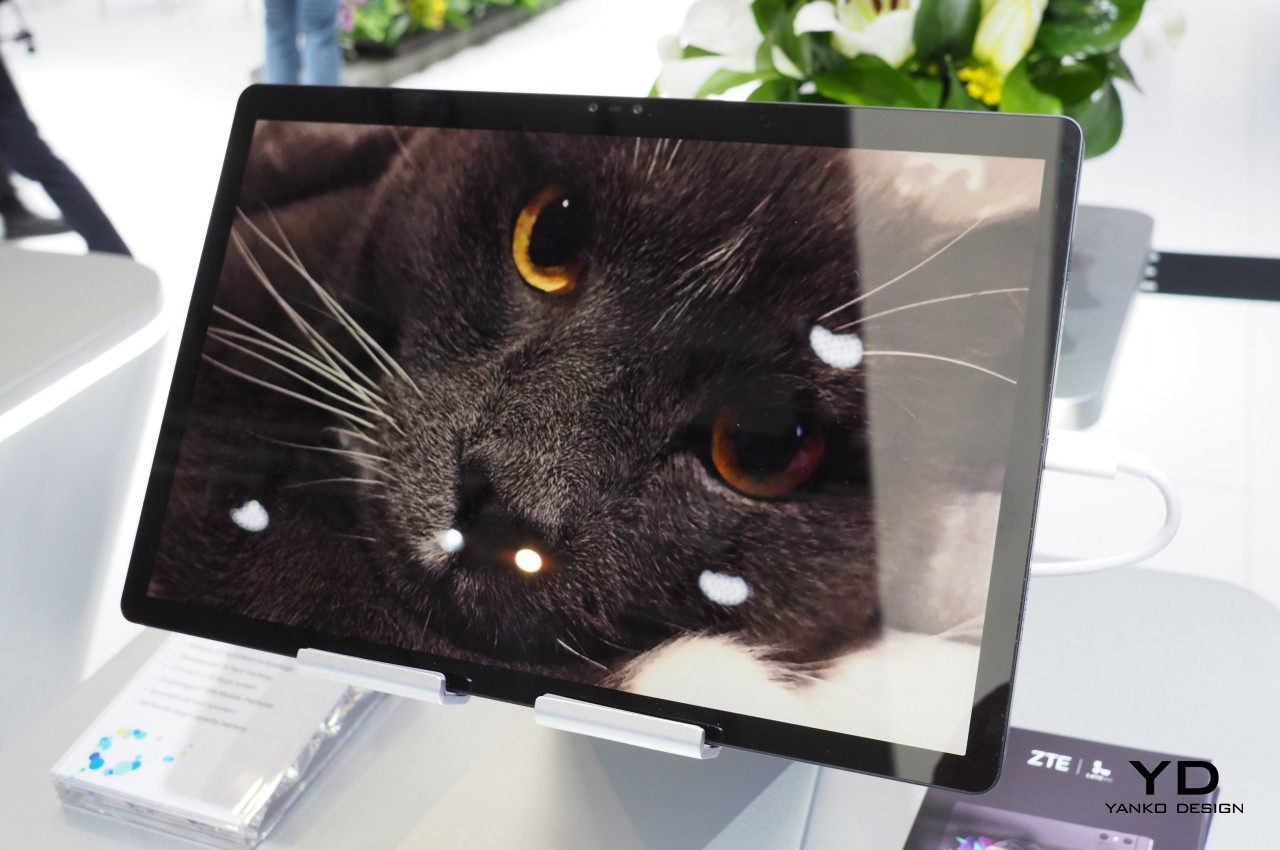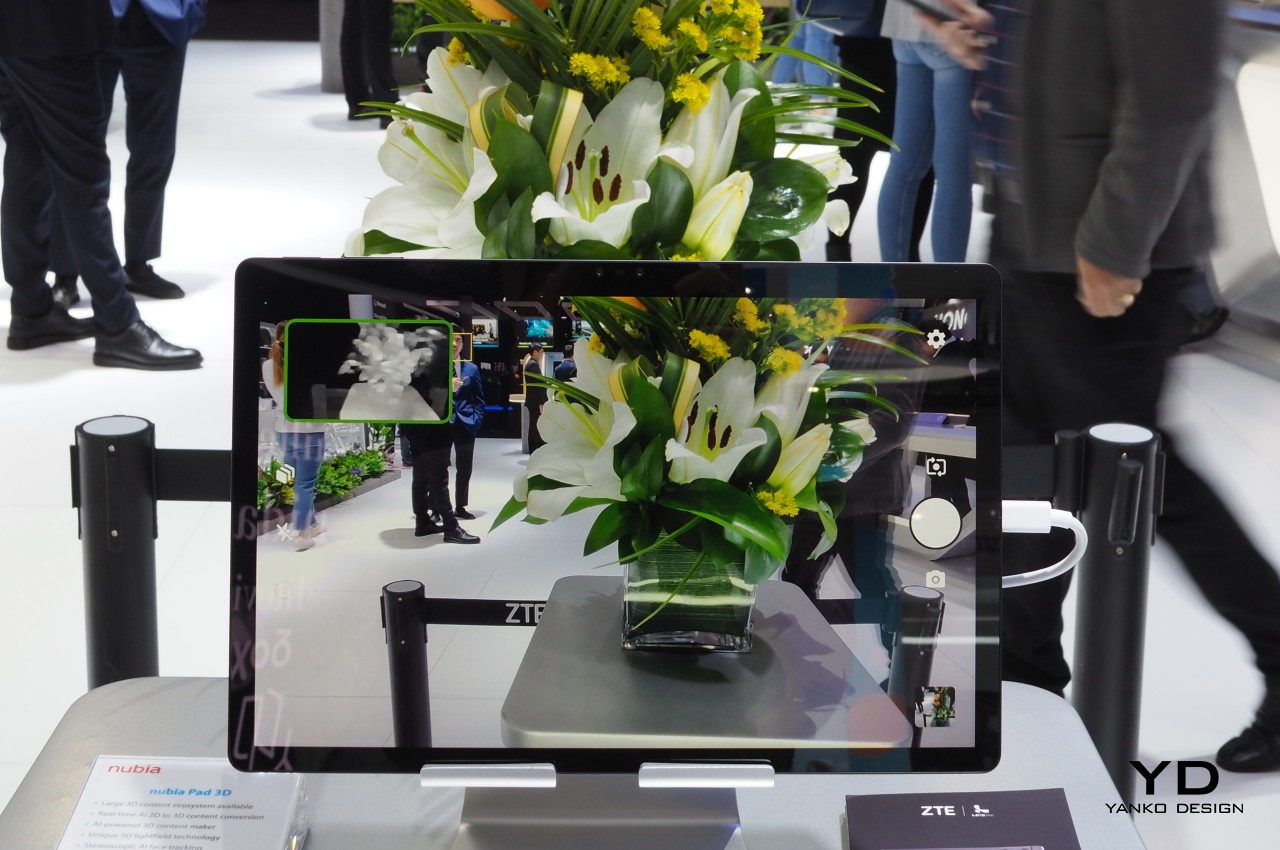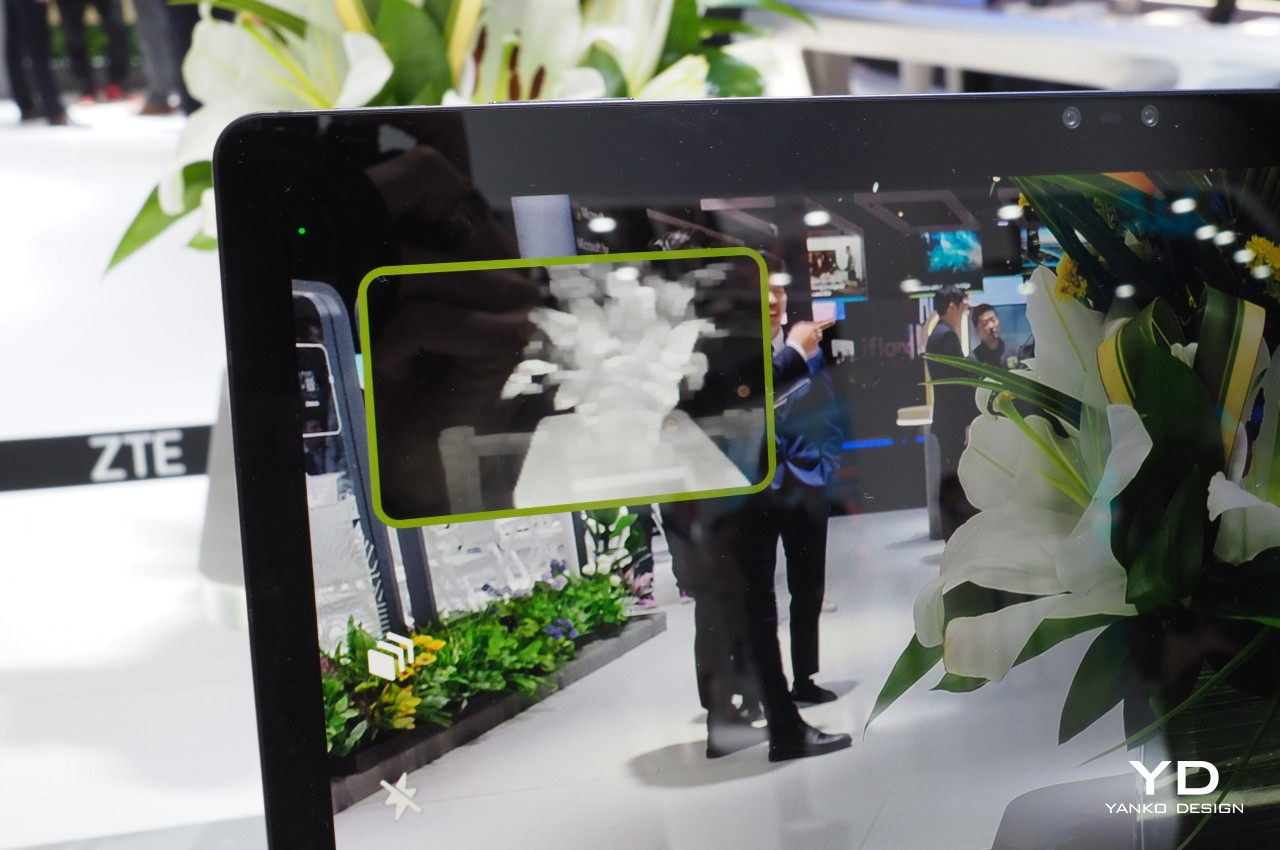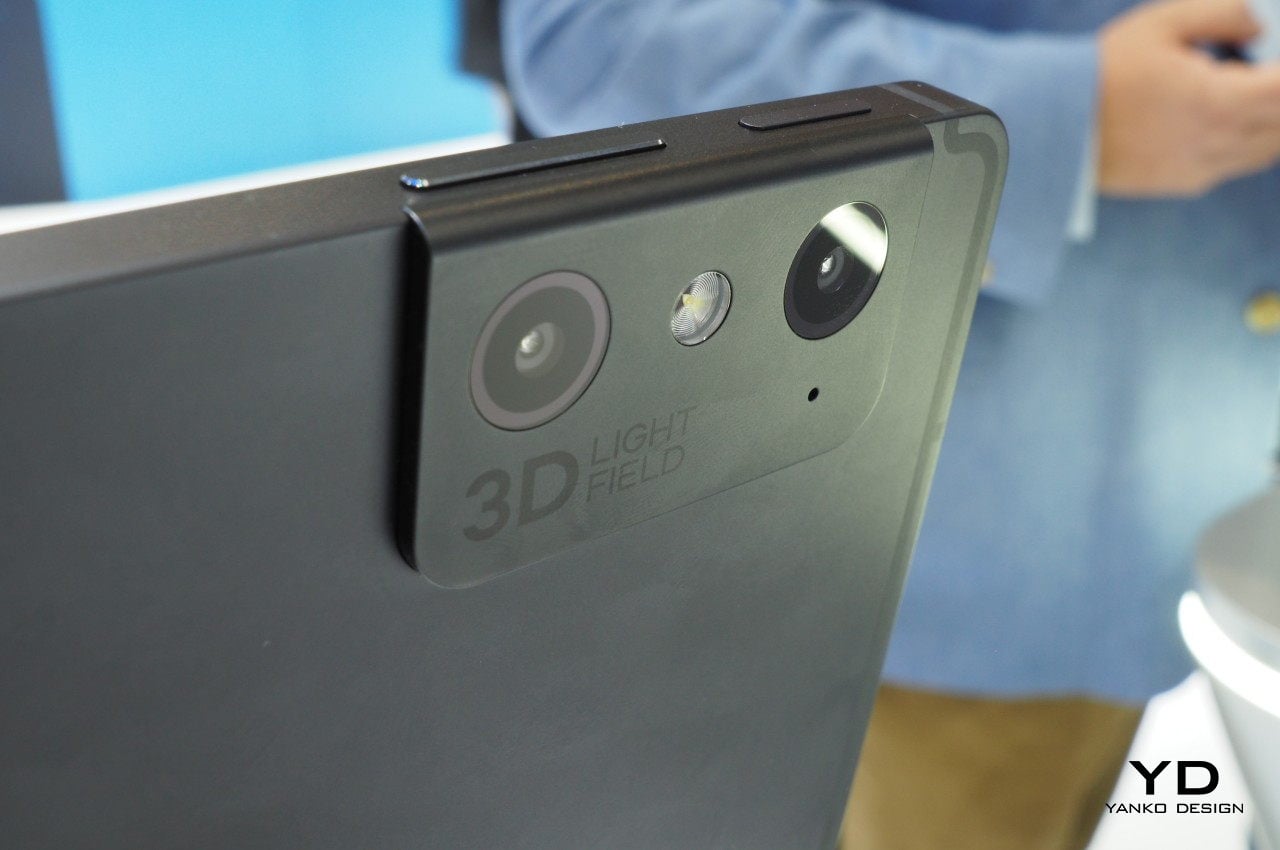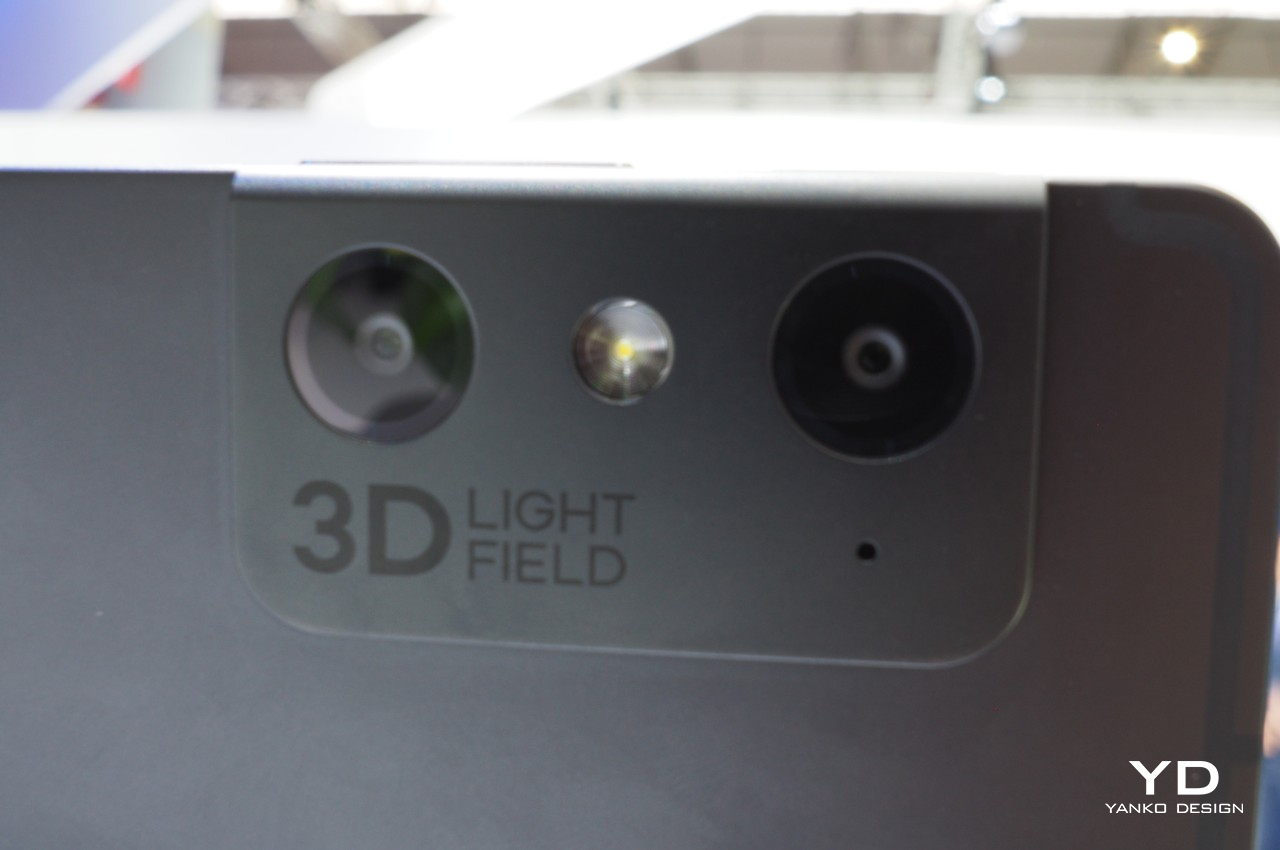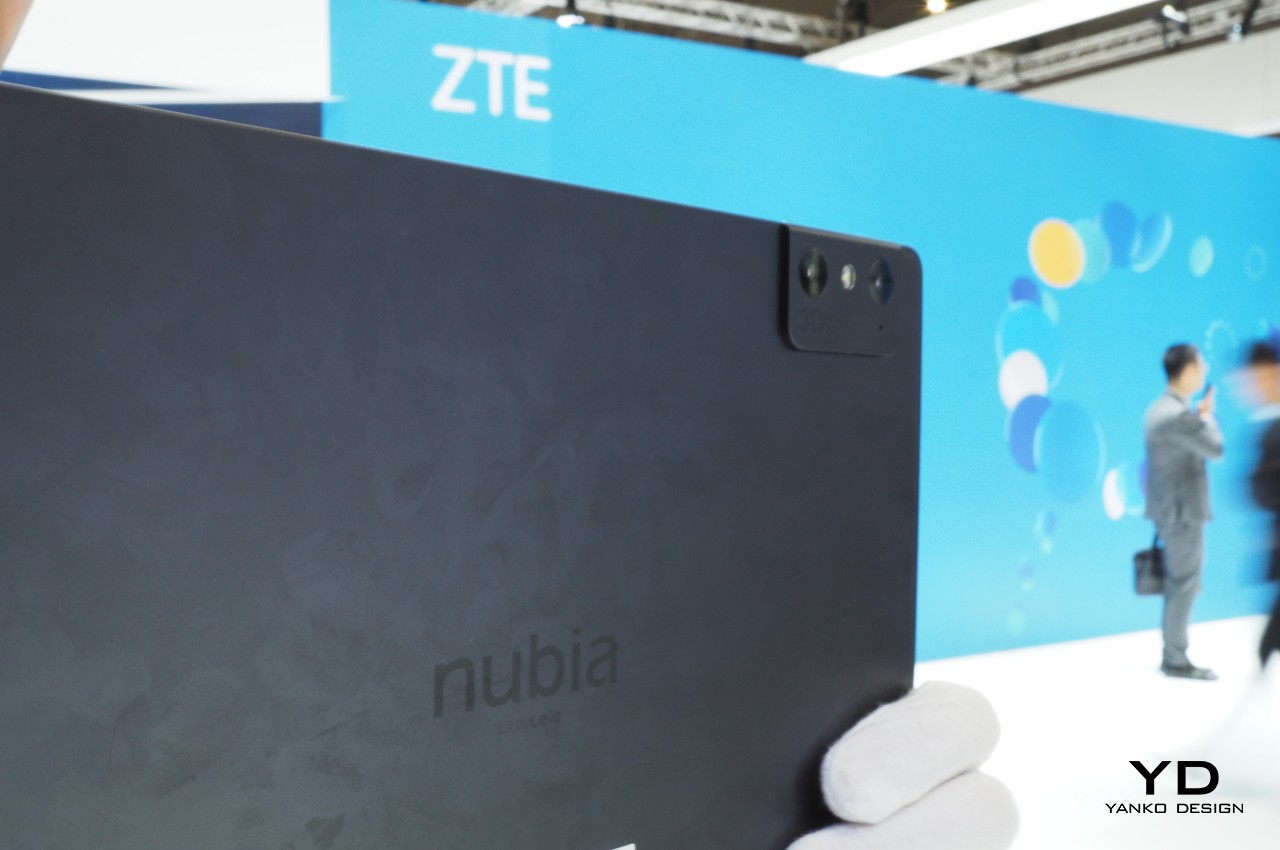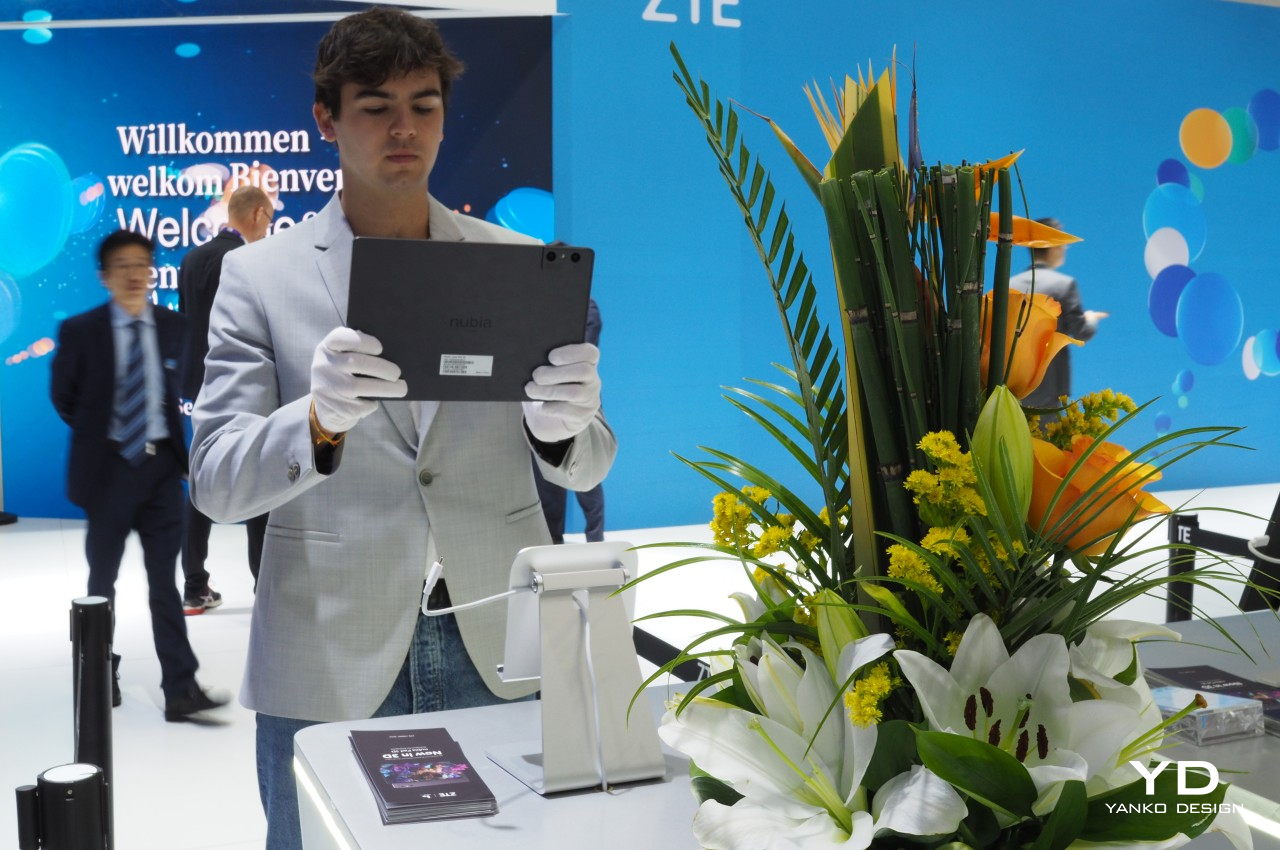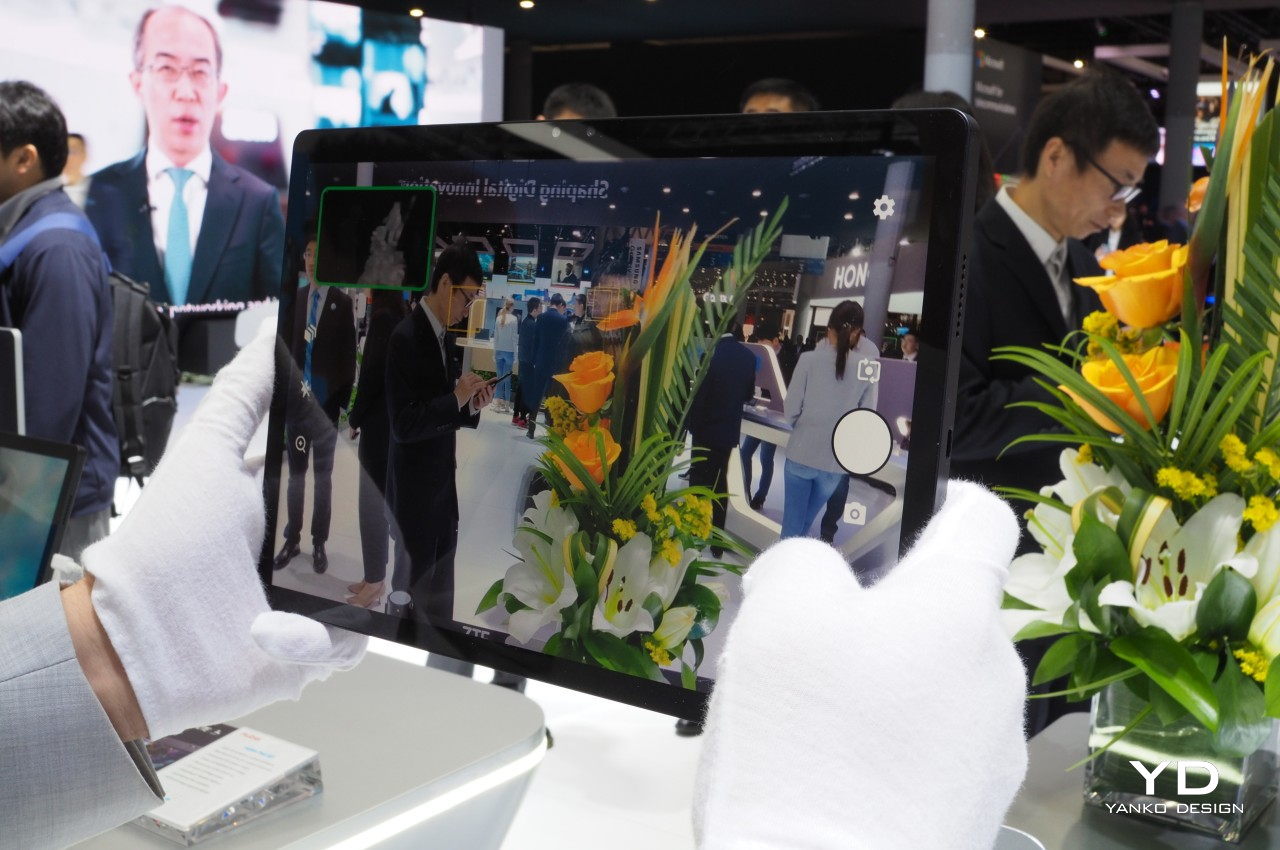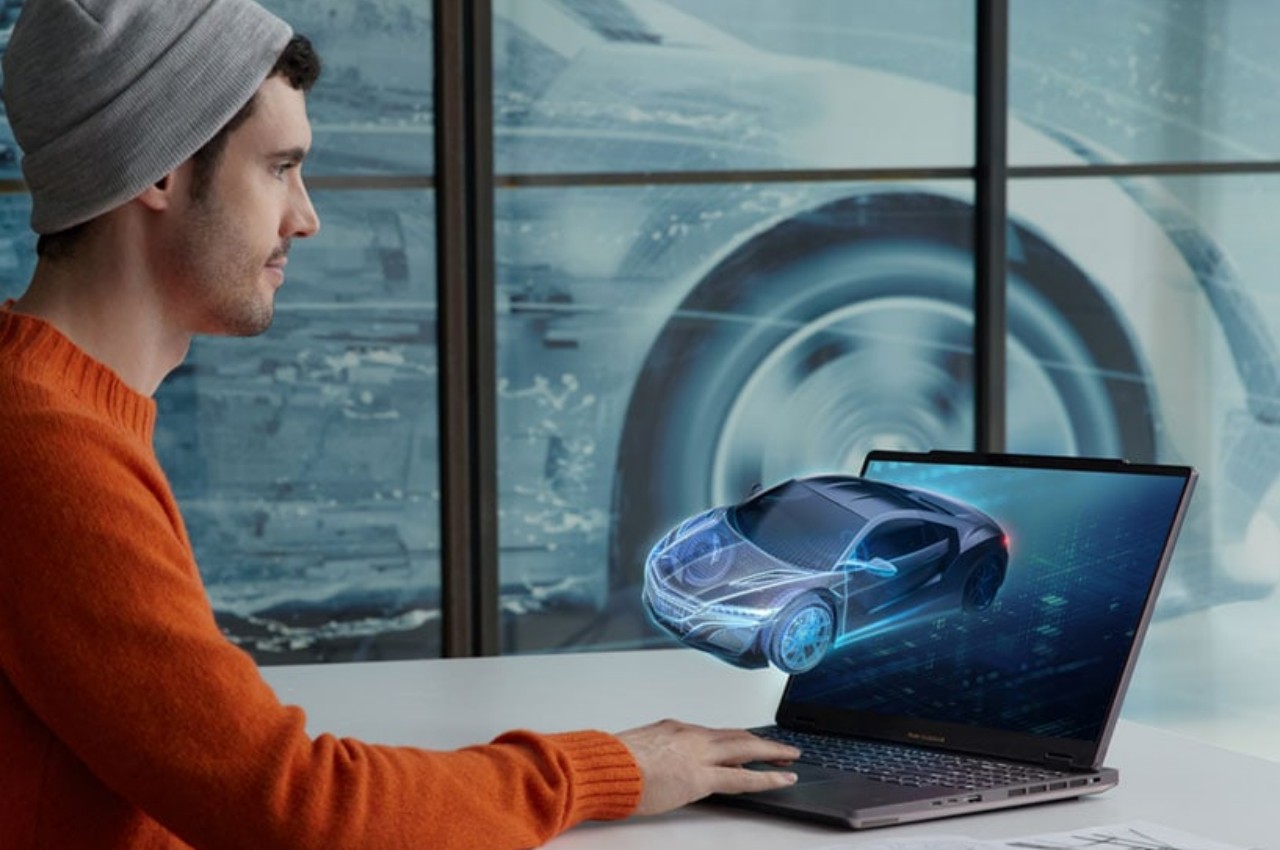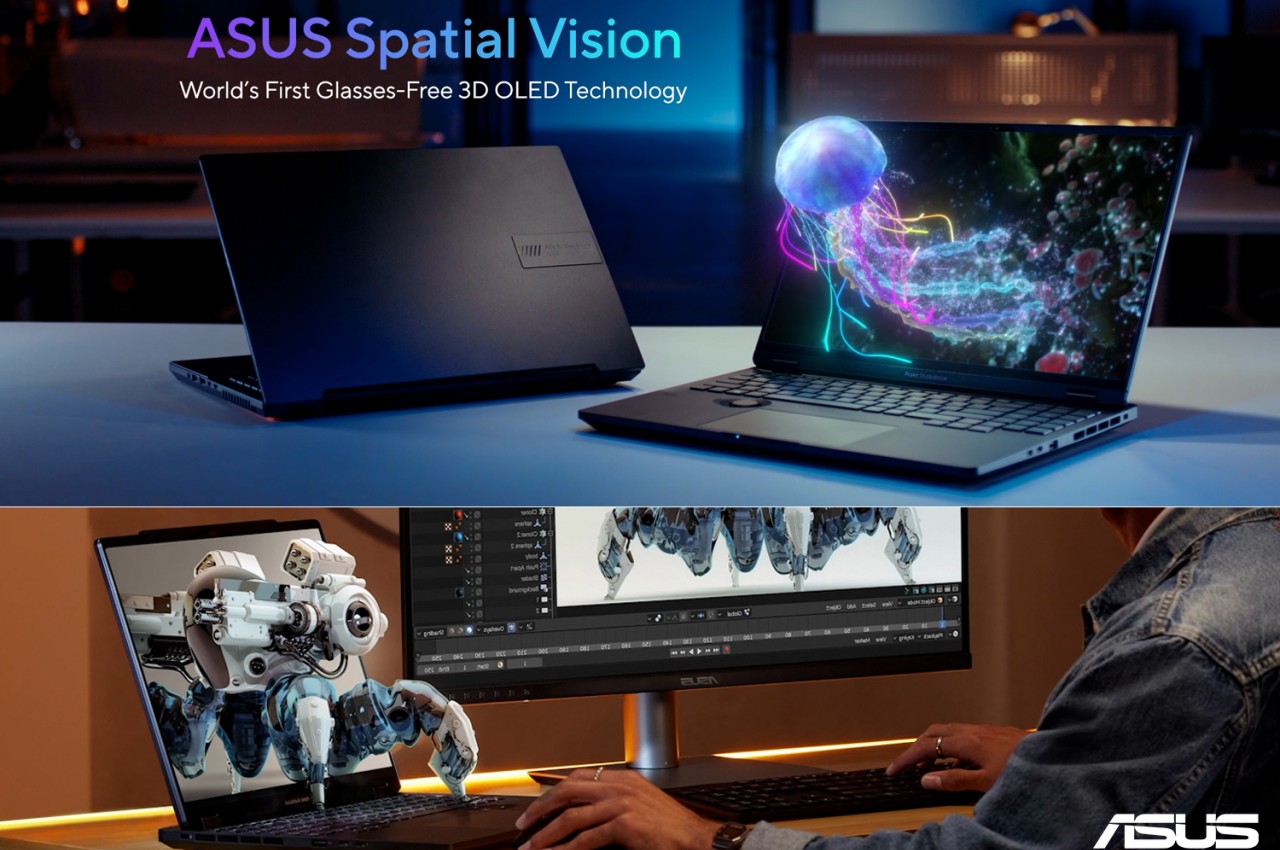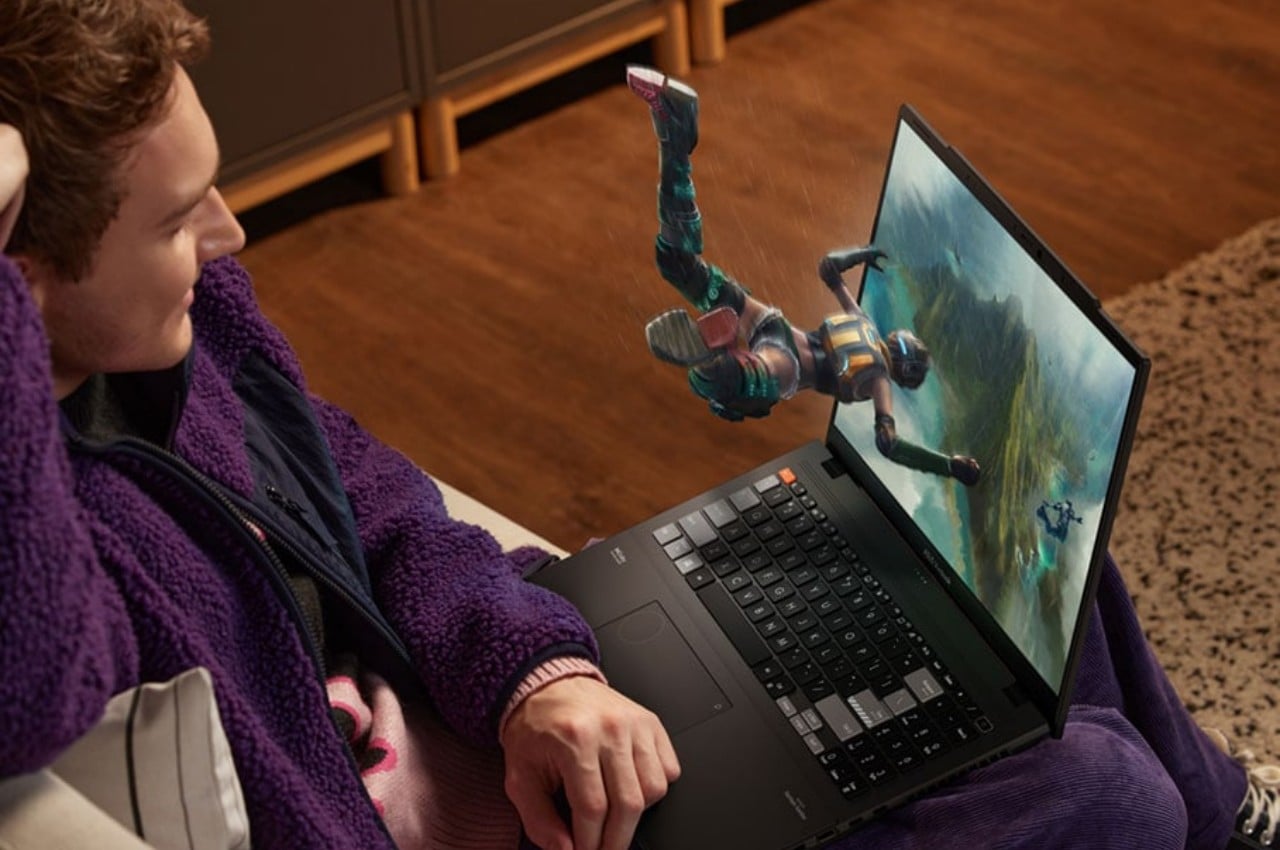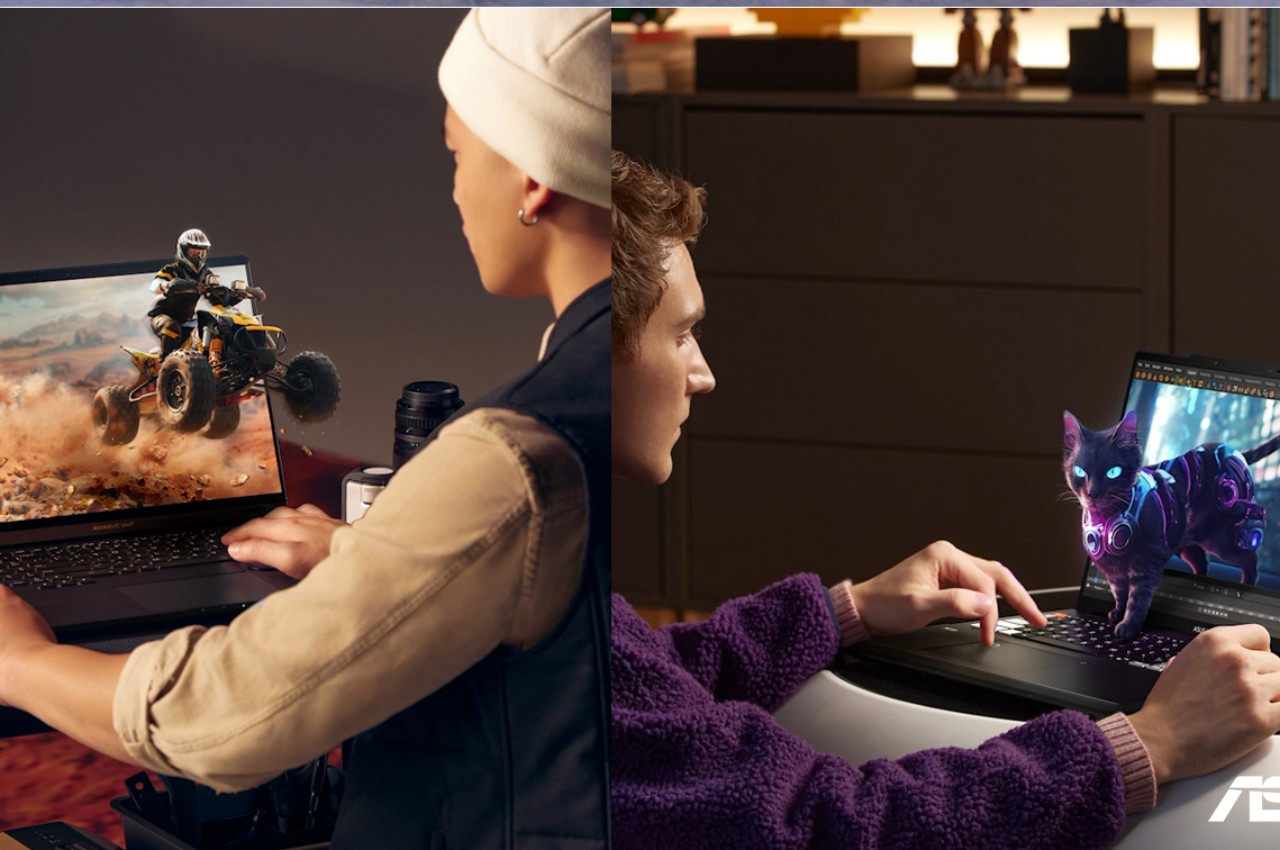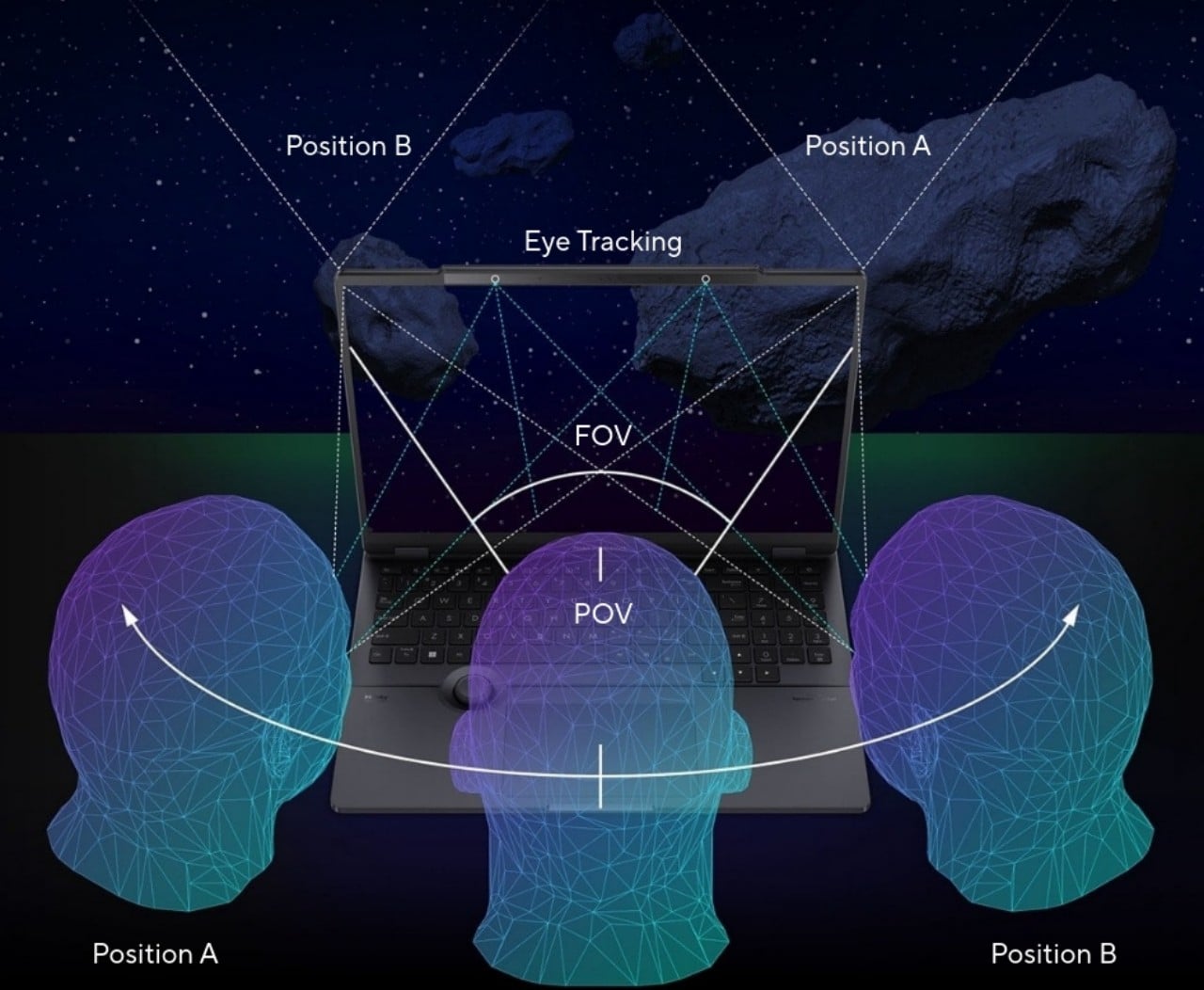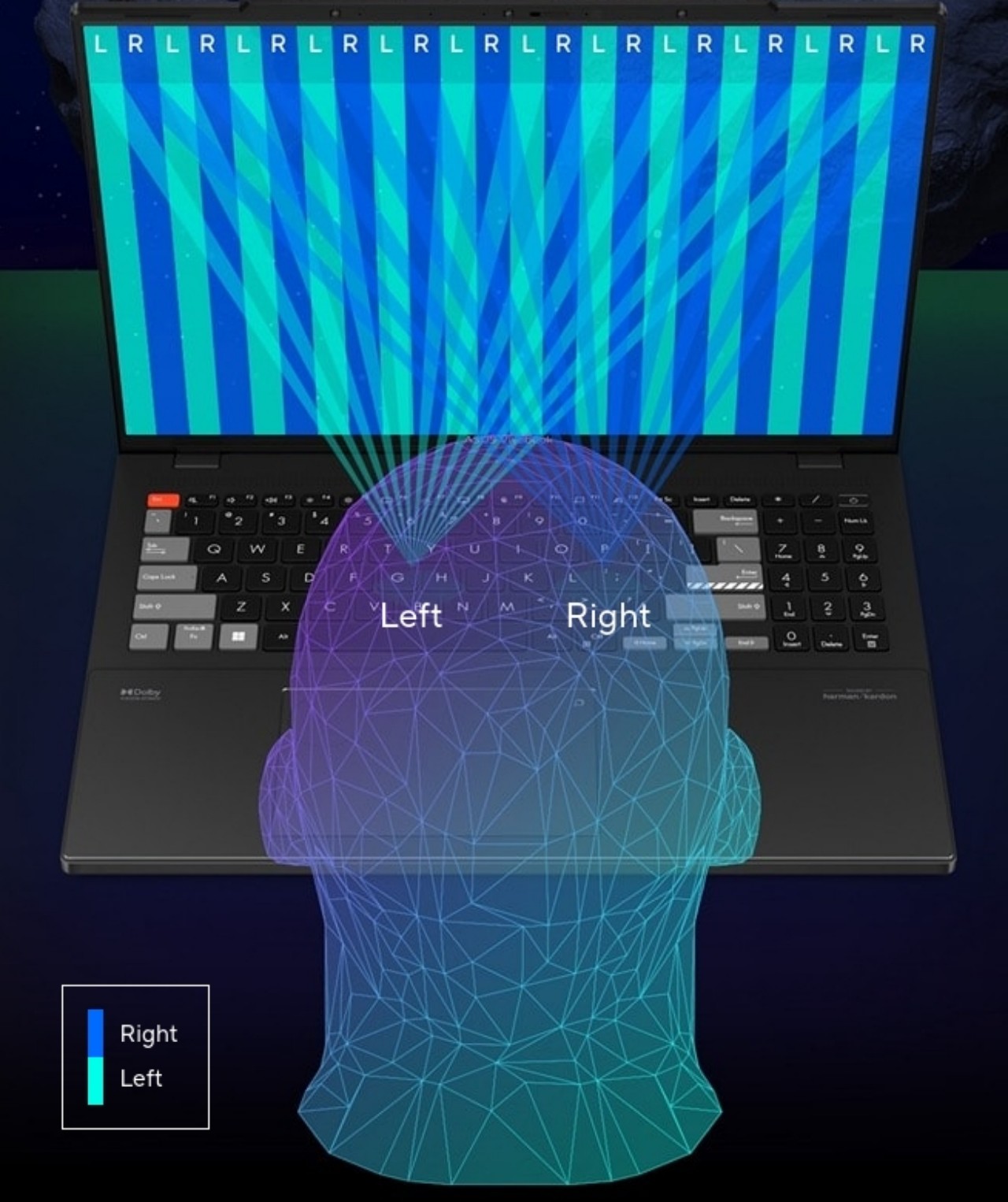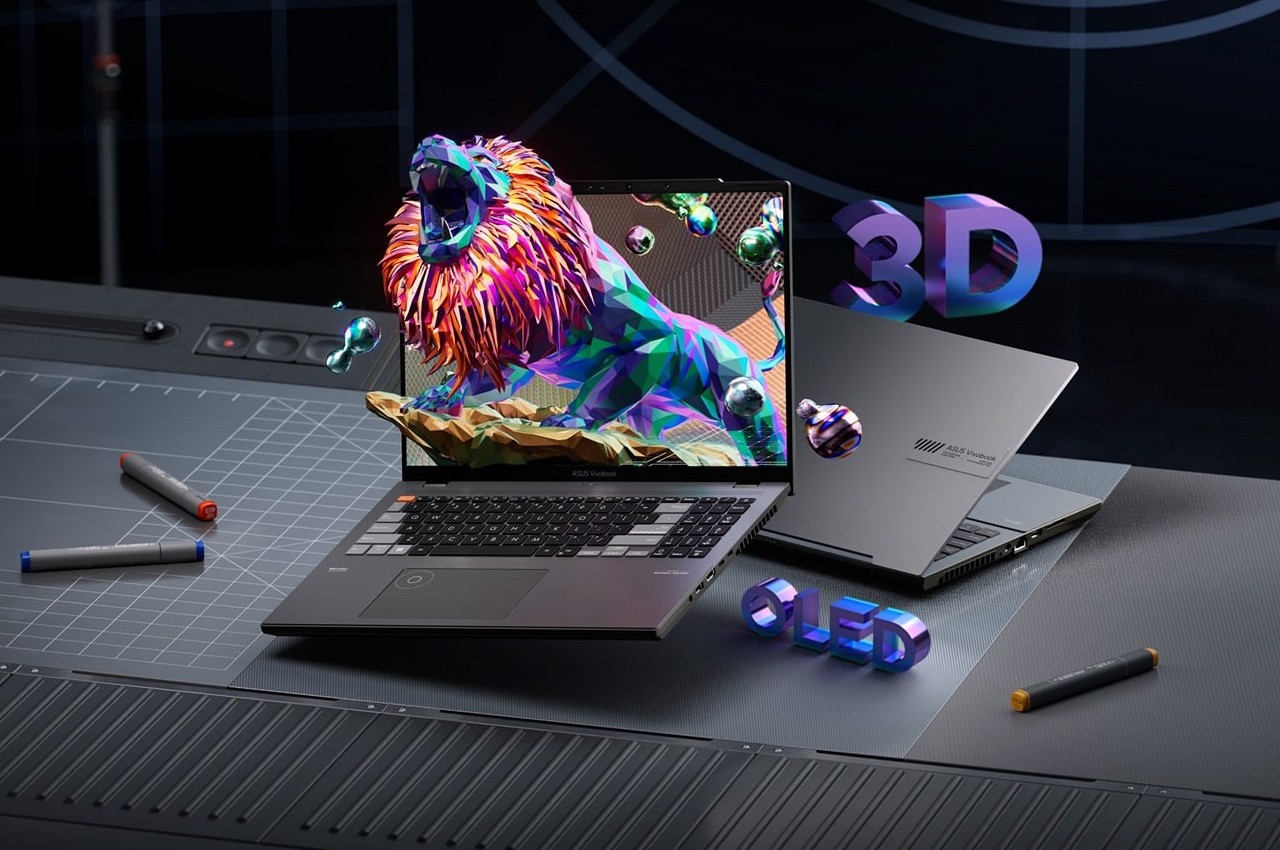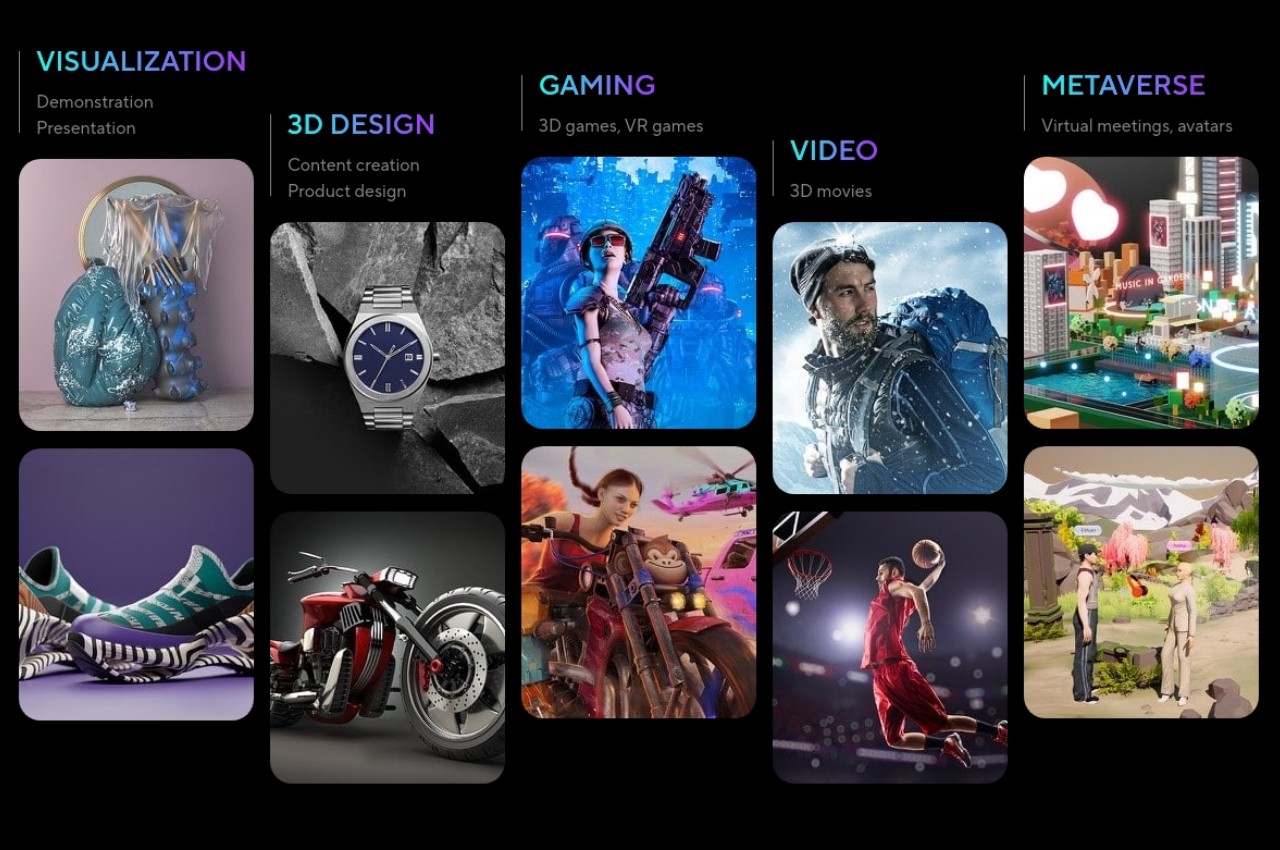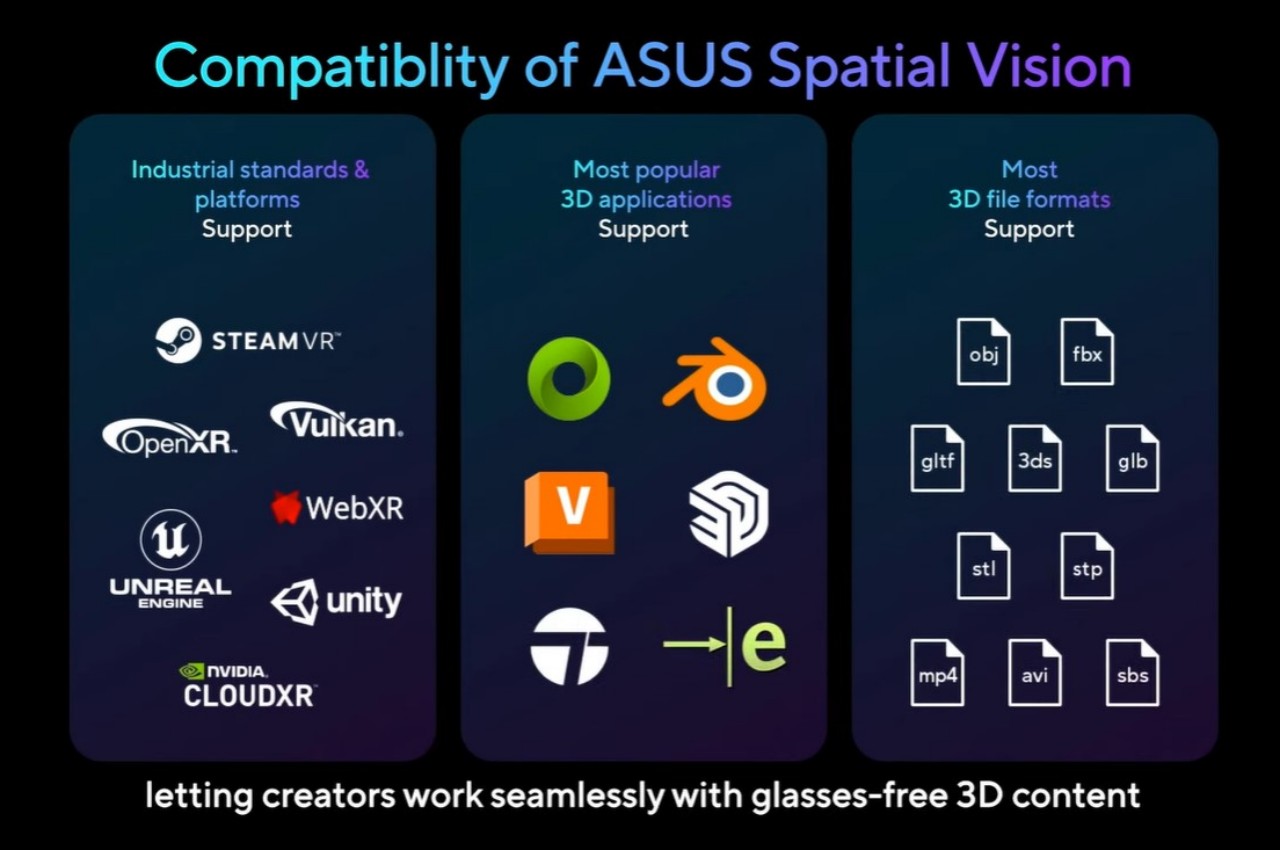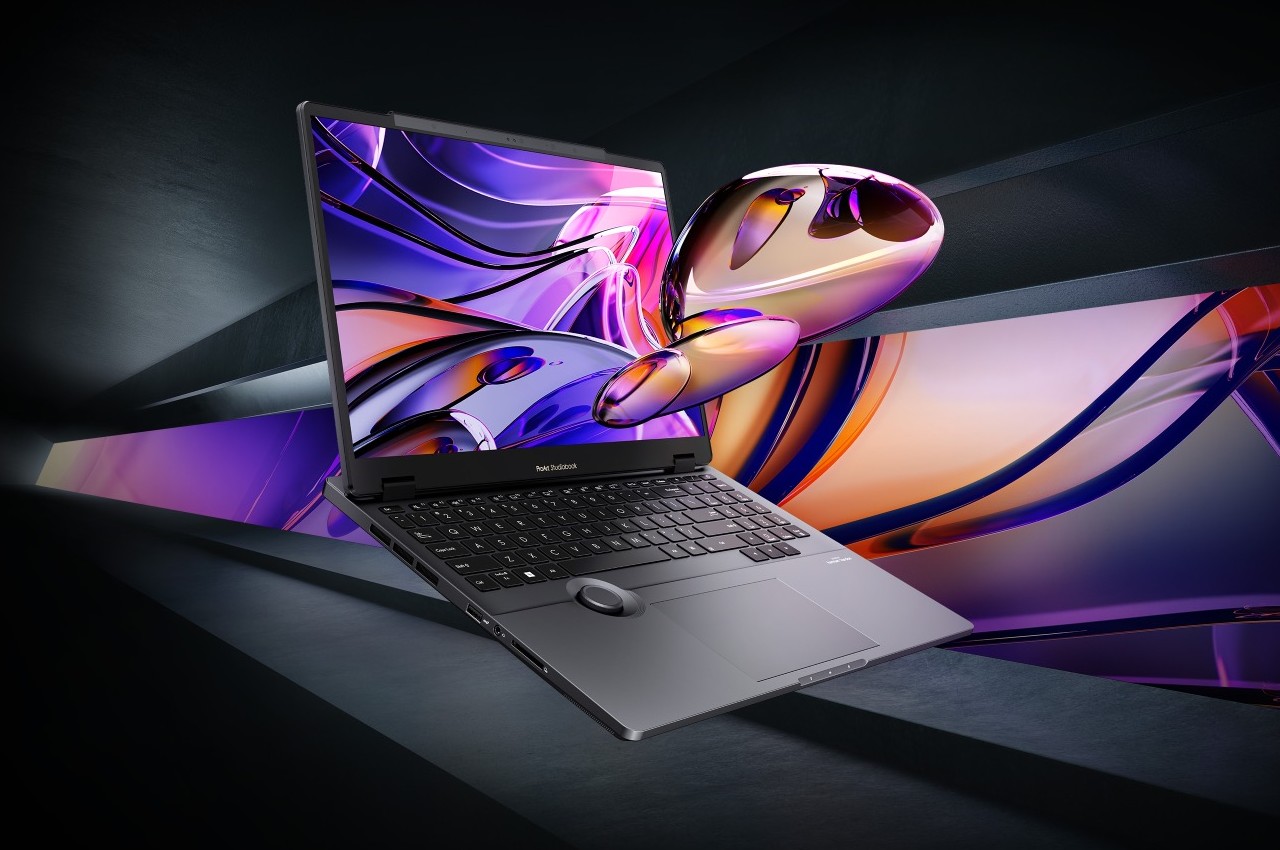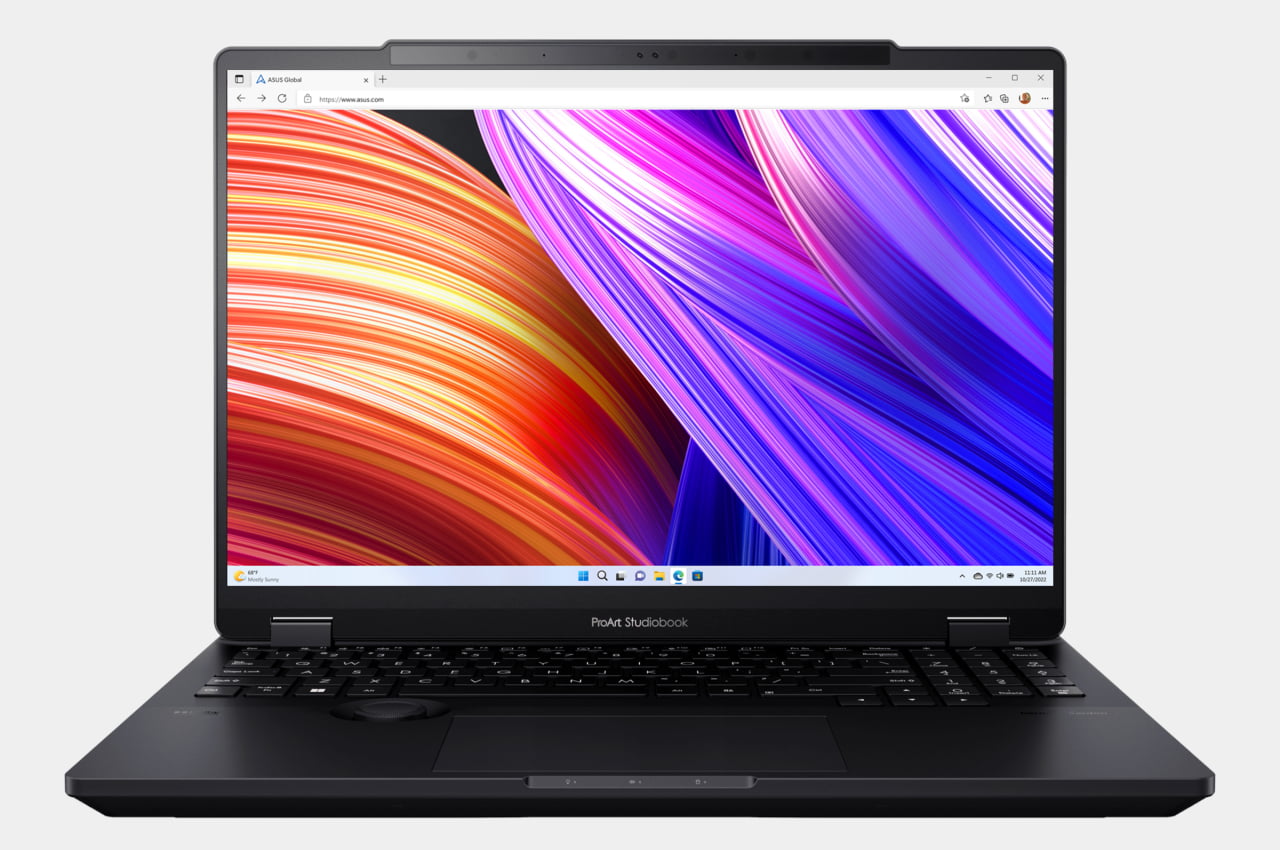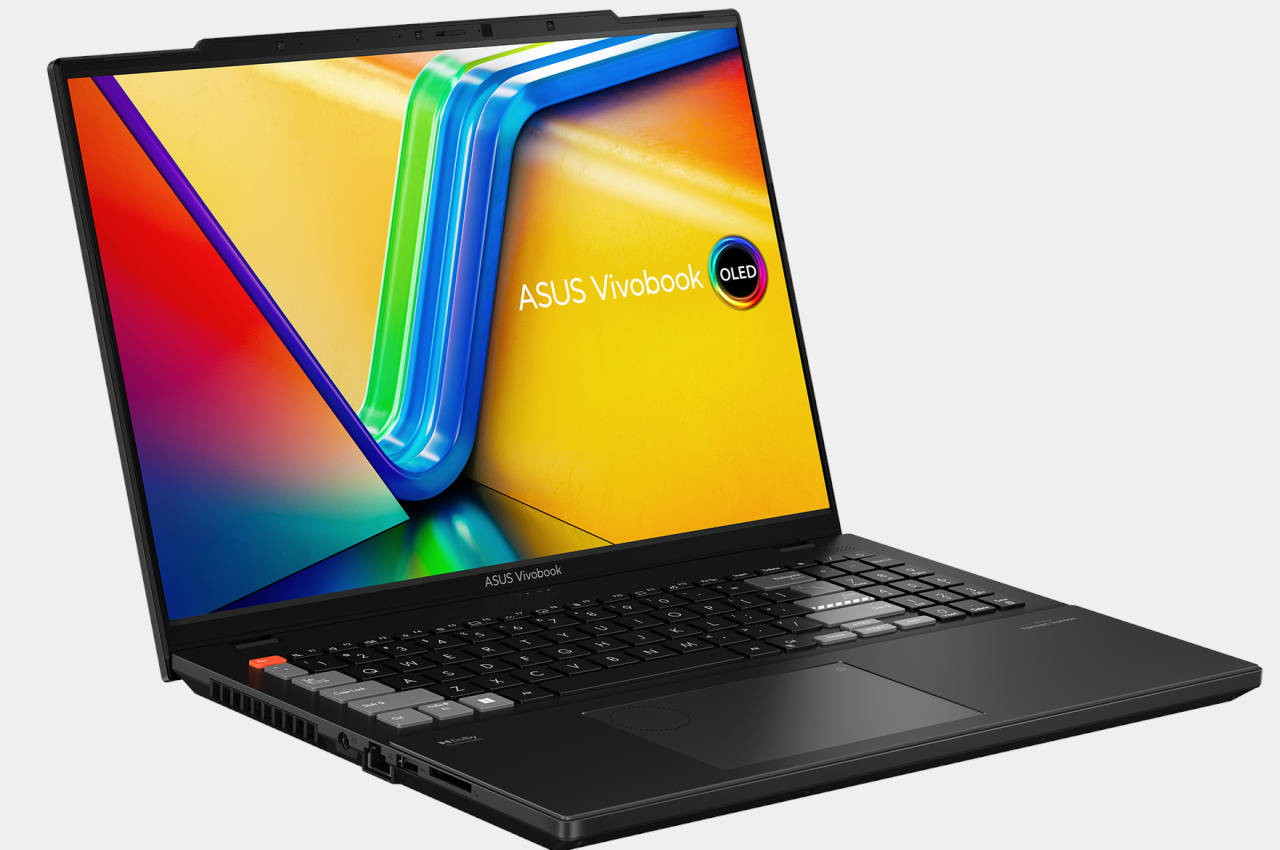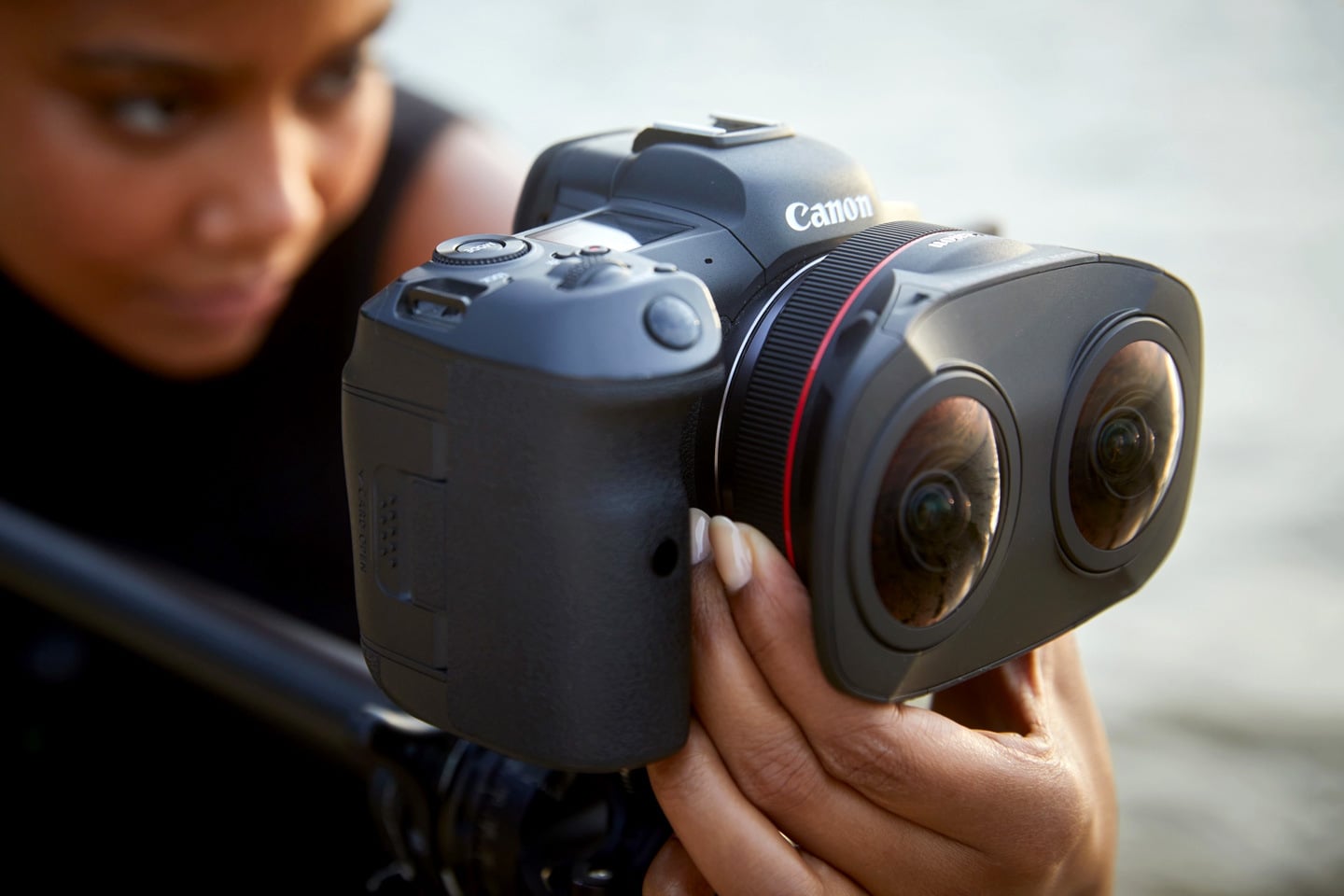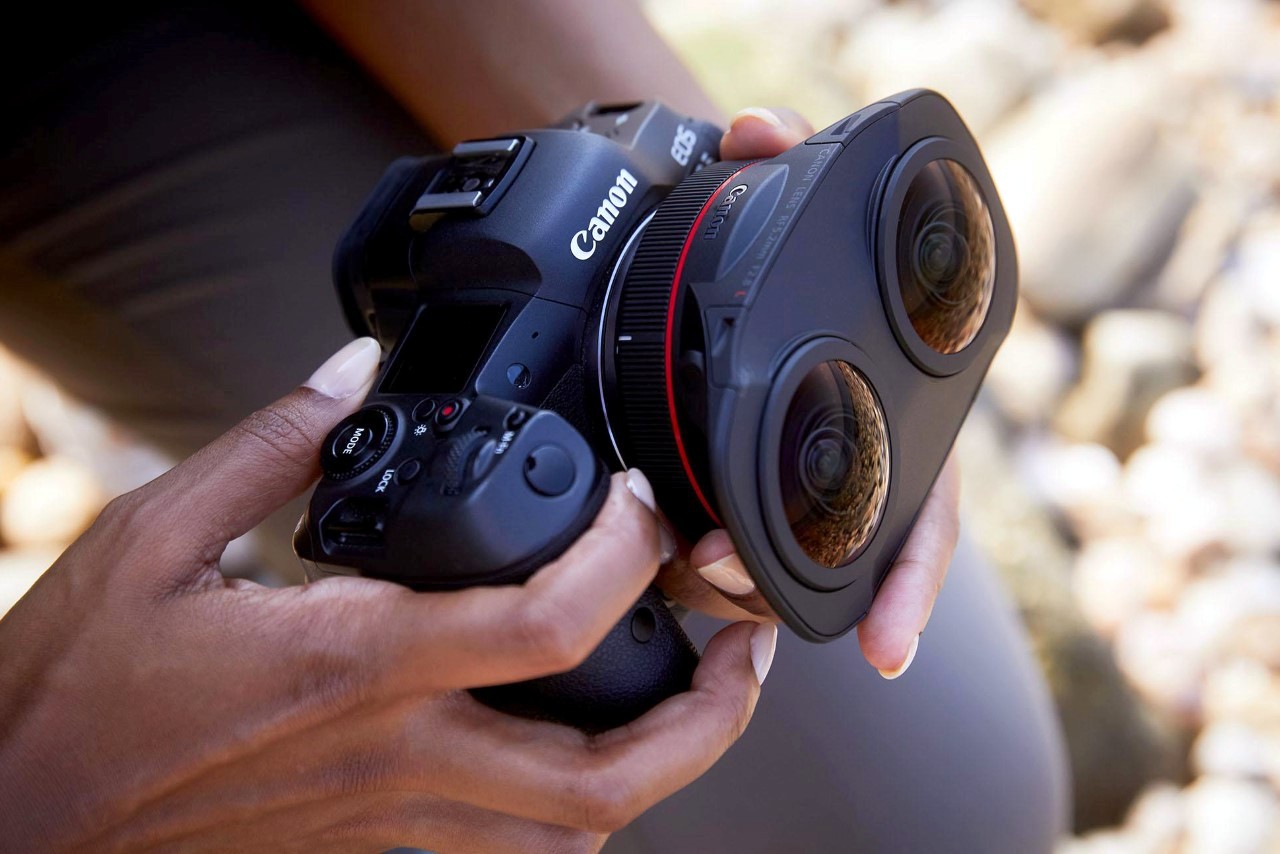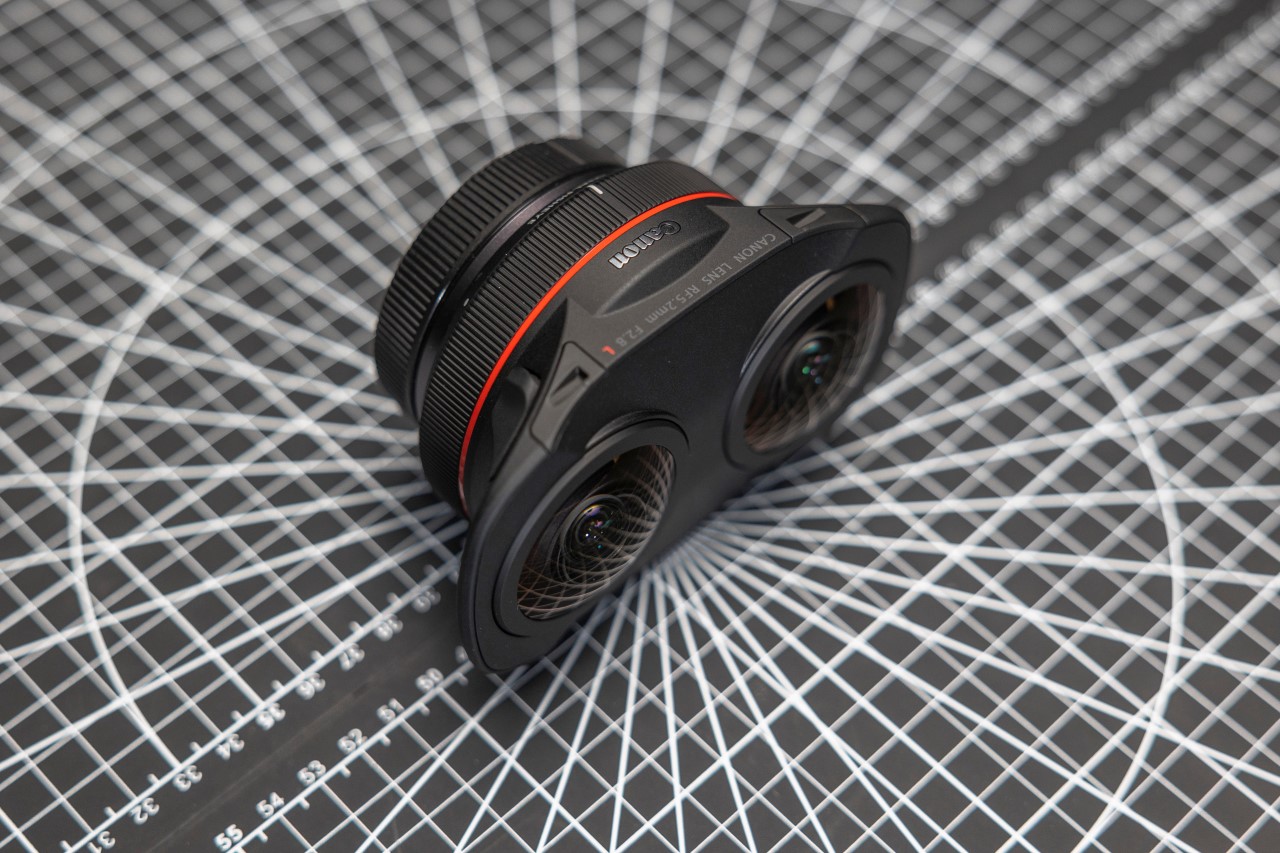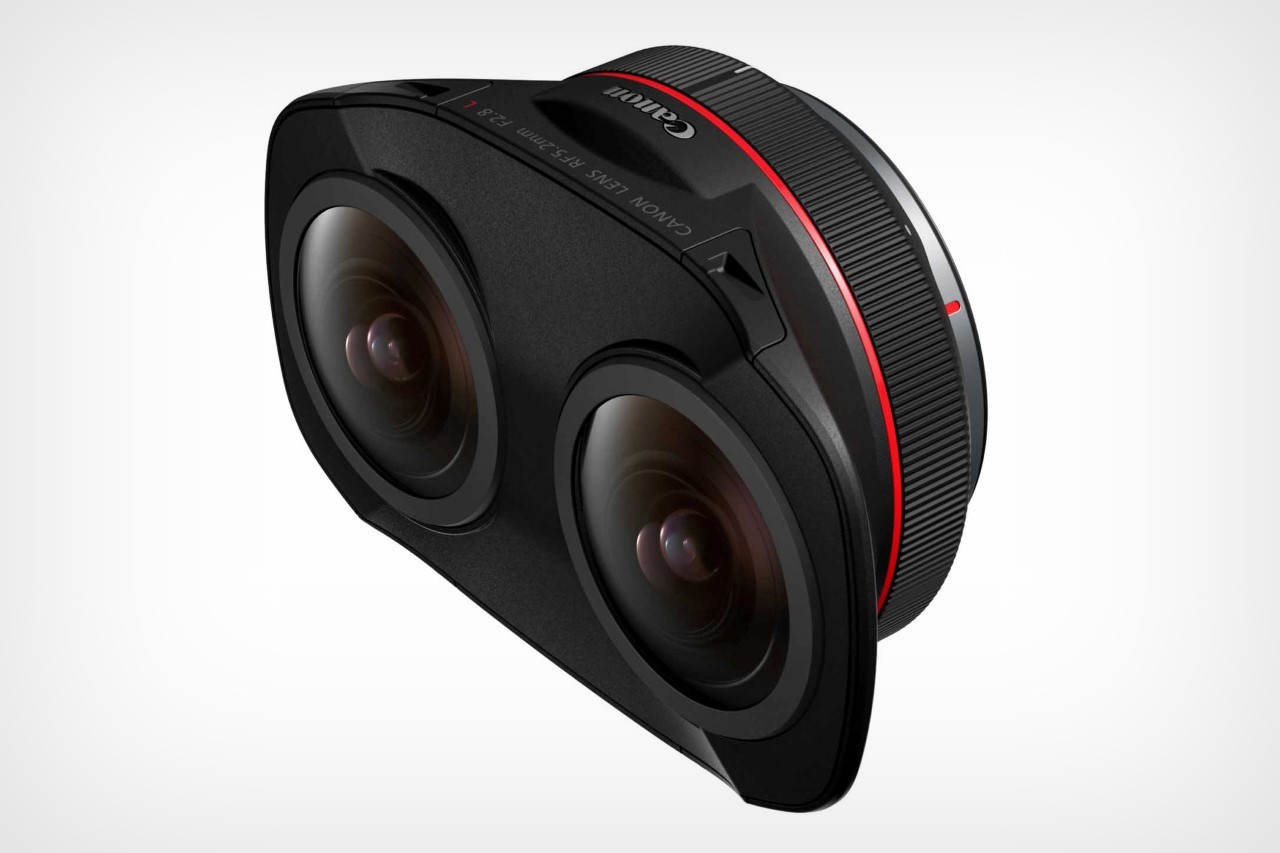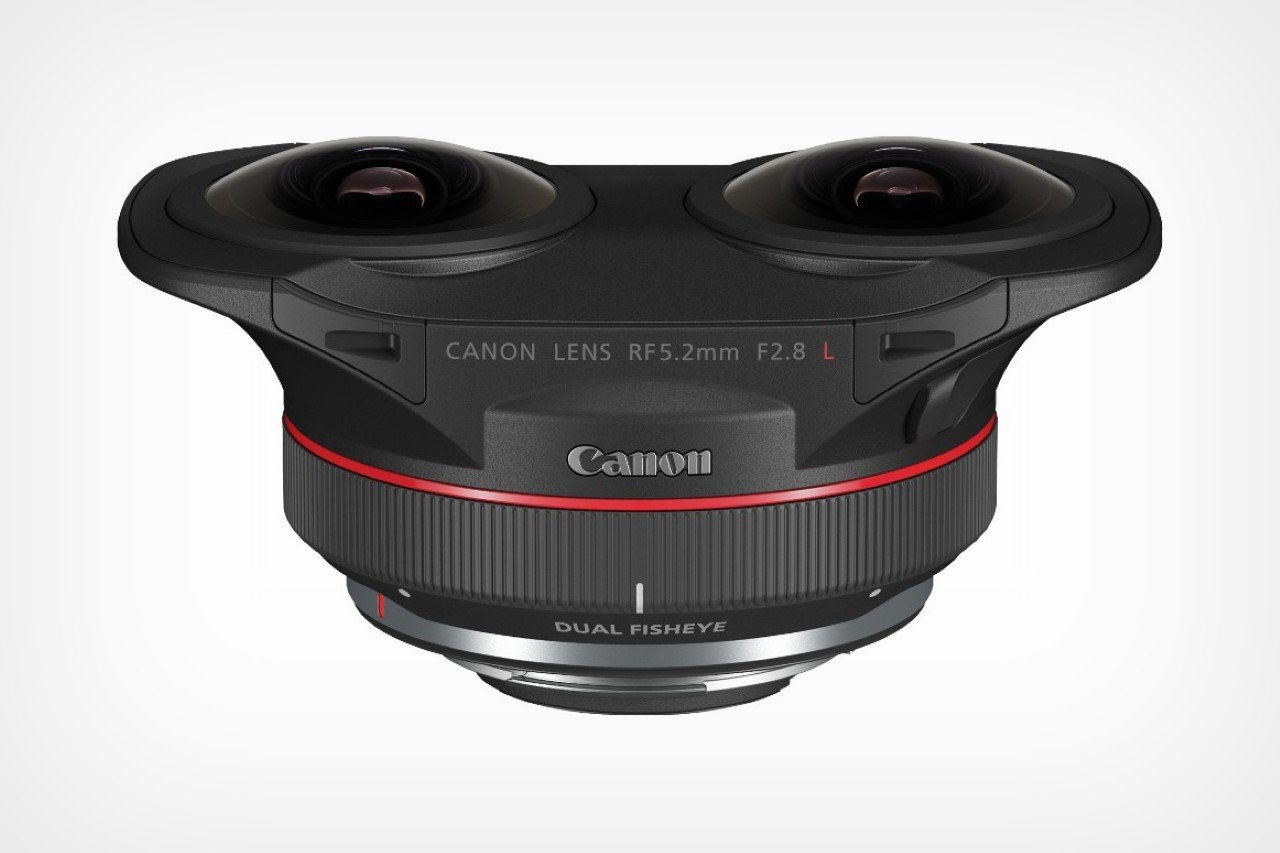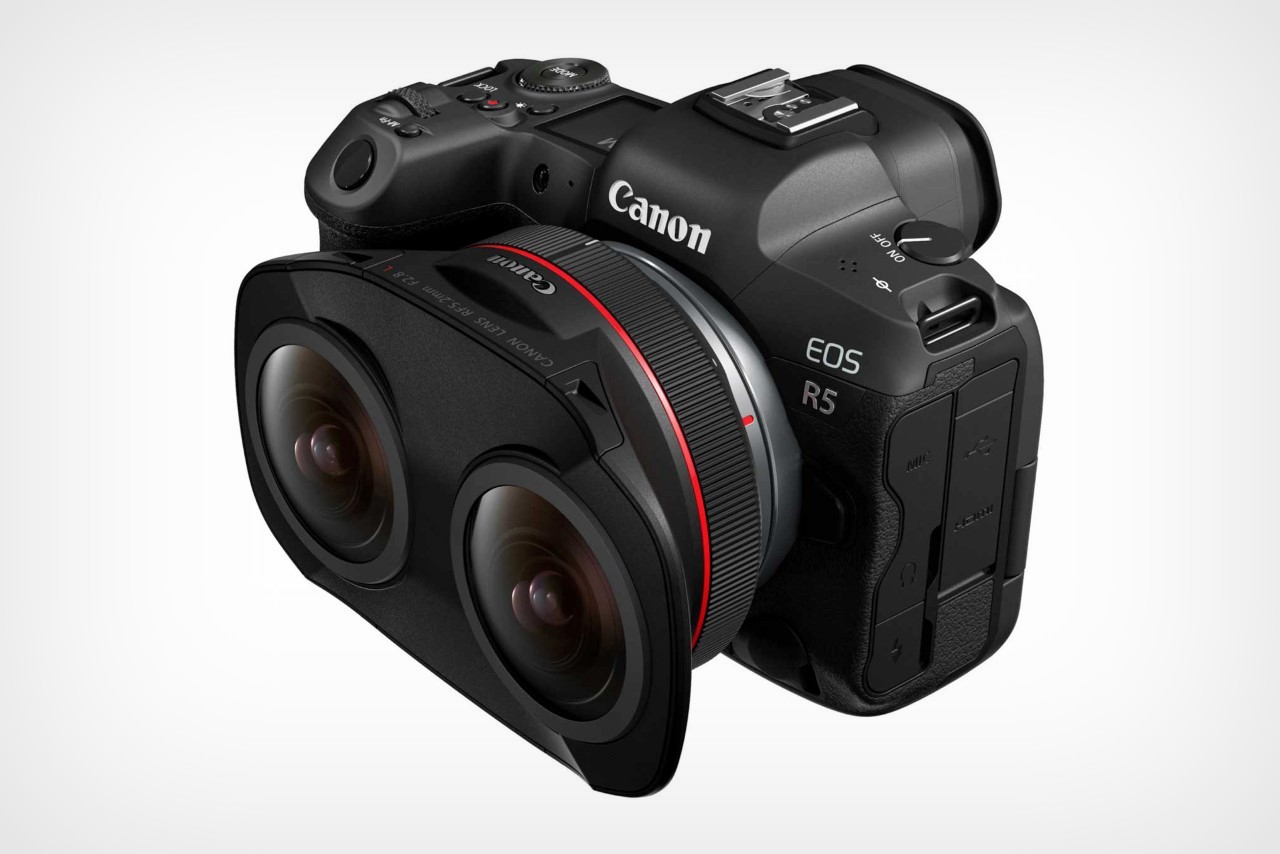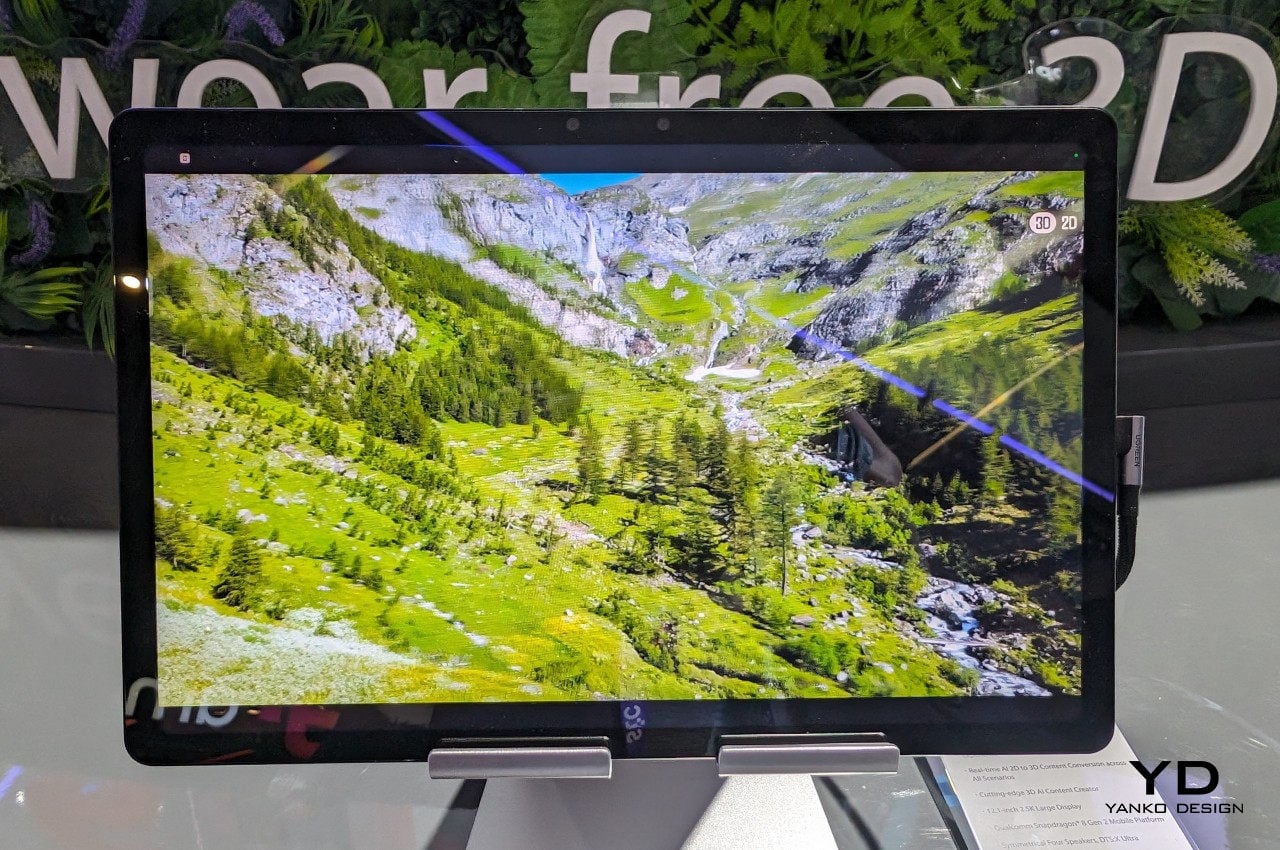
With mixed reality and spatial computing becoming trendy again, 3D content is also seeing a rise in interest, both in terms of creation and especially in consumption. Of course, most of the digital content that we see is in flat 2D, and you need to wear specialized glasses to actually experience those objects in a way that tricks your brain into believing it’s actually 3D. Or at least that’s how things have been traditionally. Outside of cinemas, wearing such glasses is not only uncomfortable and awkward, they’re practically unusable as well. That’s where technologies like the new nubia Pad 3D II come in, offering that same enjoyable experience of immersing yourself in 3D content without having to put anything on your face and without blocking the rest of the world.
Designer: Nubia
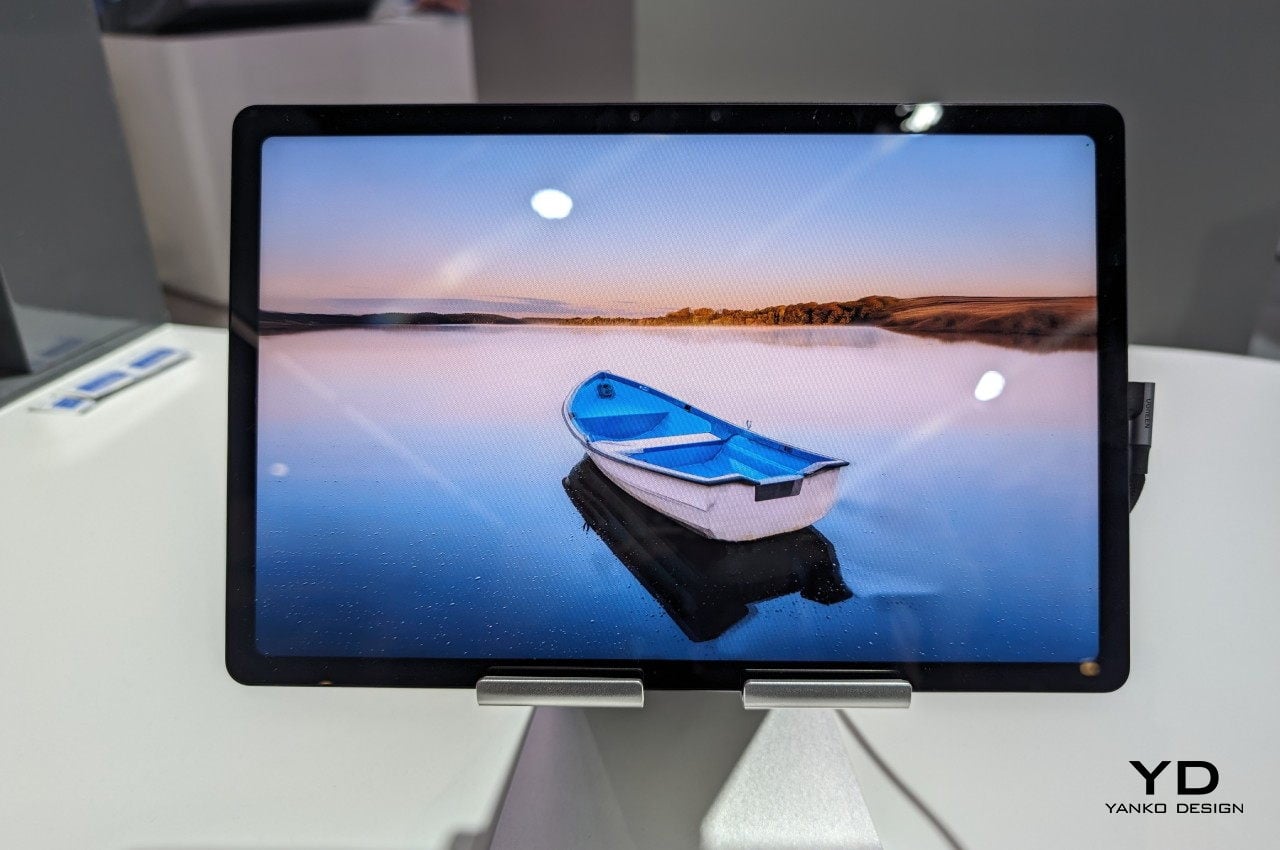
Instead of relying on a projector and glasses, the nubia Pad 3D II employs a Diffractive Lighthfield Backlighting (DLB) layer underneath the LCD screen to have the same effect of sending a different set of images to each eye. It uses sensors and eye-detection algorithms to adjust those images depending on where we’re actually looking, giving the same effect without having to wear glasses. That was the concept that nubia proved last year, and the nubia Pad 3D II refines that design with much-needed upgrades.
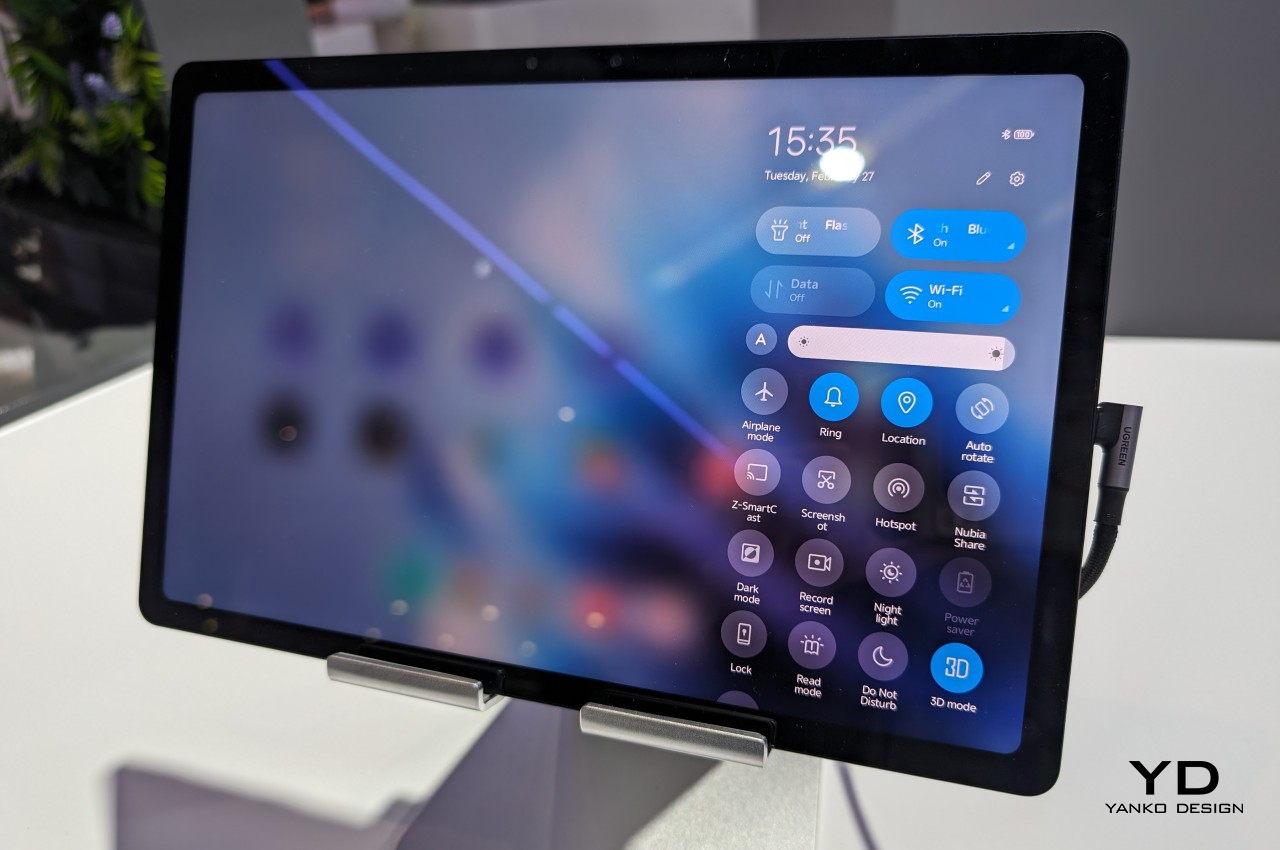
At the top of that list is 5G connectivity, which is pretty much a minimum requirement for any mobile device today. Given the tablet’s potential for content consumption as well as creation on the go, a fast and stable Internet connection is more than just a convenience; it’s a necessity. Other hardware upgrades include an improvement to the special display with 80% better 3D resolution and 100% boost in 3D brightness. It is powered by some of the current mobile technologies available, including a Qualcomm Snapdragon 8 Gen 2, a whopping 10,000 mAh 66W battery, and a 12.1-inch 2.5K screen.
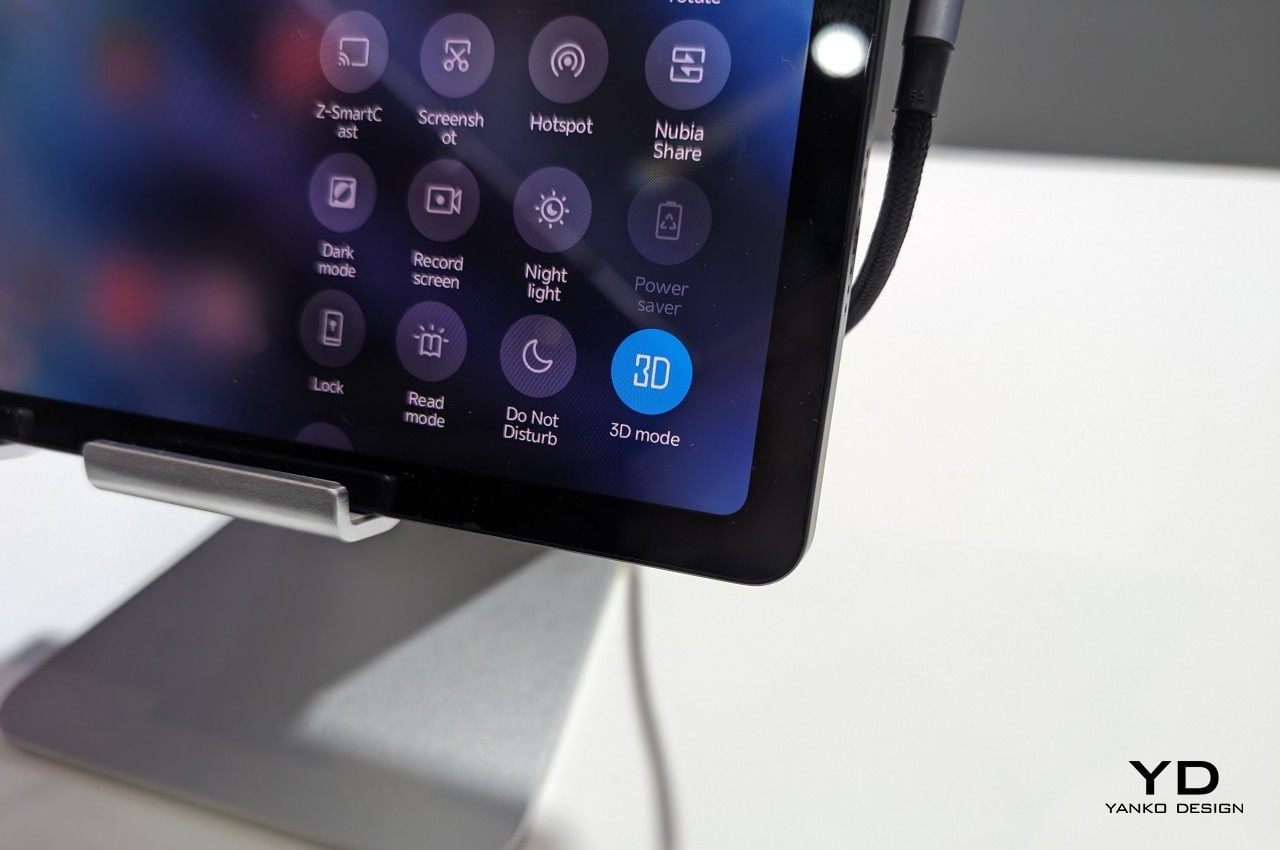
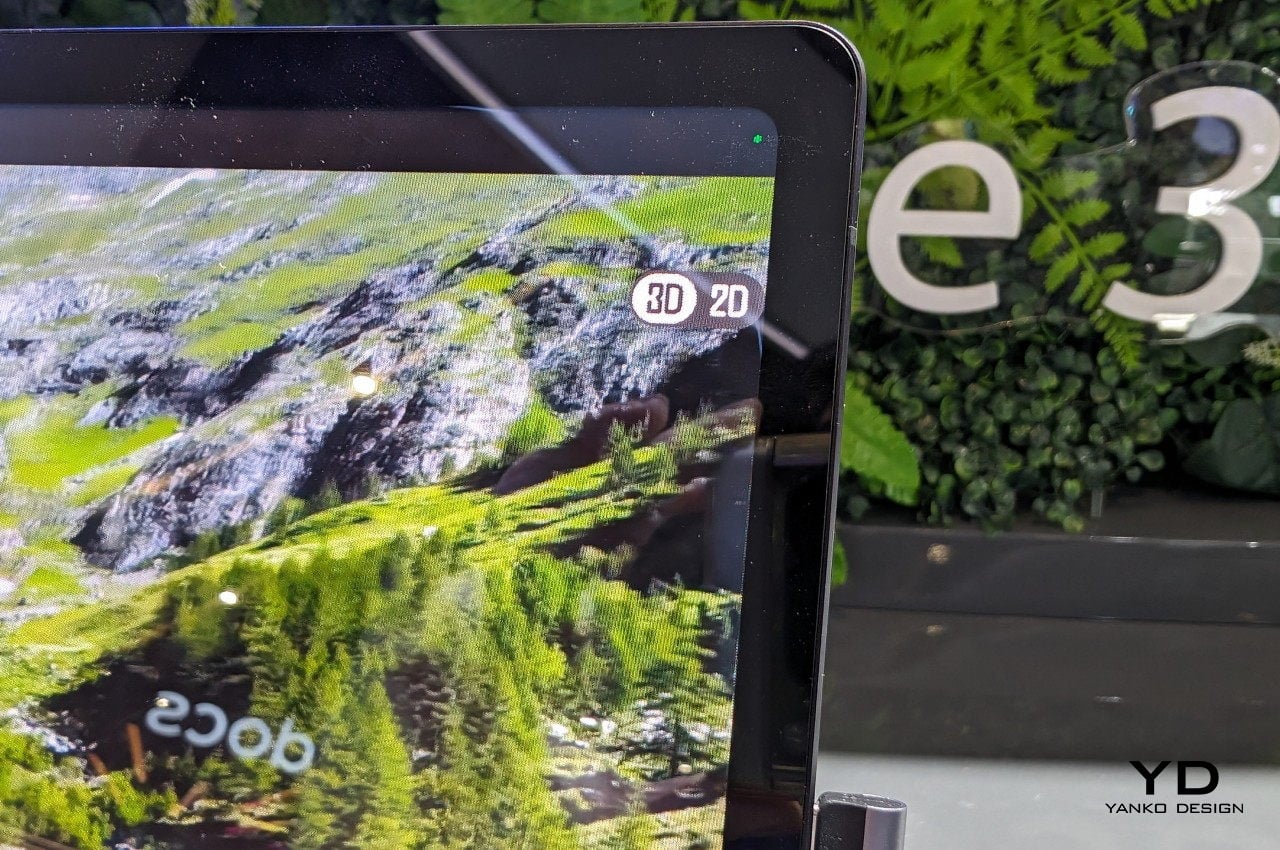
Unsurprisingly, nubia is also pushing the AI upgrades it made to the second-gen eyewear-free 3D tablet. In addition to utilizing AI to properly detect eye position and adjust the 3D display accordingly, it also uses neural networks for its Neovision 3D Anytime, which can convert any 2D content into 3D in real time. That includes not just photos but also videos, streaming media, and even games. AI 3D Collaboration allows owners of ZTE phones or Miracast devices to wirelessly stream content to the tablet for even more sources for videos, images, and more.
The nubia Pad 3D II is more than just a tablet for watching 3D videos, though. Thanks to an AI-enhanced dual-camera system, it can also take photos or record videos in stereoscopic 3D, letting you easily create 3D content that you can then share with others. The tablet also has a role to play even if you’re creating those 3D images on a different device. Simply drag and drop that 3D model from laptop to tablet for a better way to view your creation. With the new and improved nubia Pad 3D II, 3D no longer has to be something you can experience inside a cinema or with glasses on, opening a whole new world of 3D content that you can enjoy anytime, anywhere.
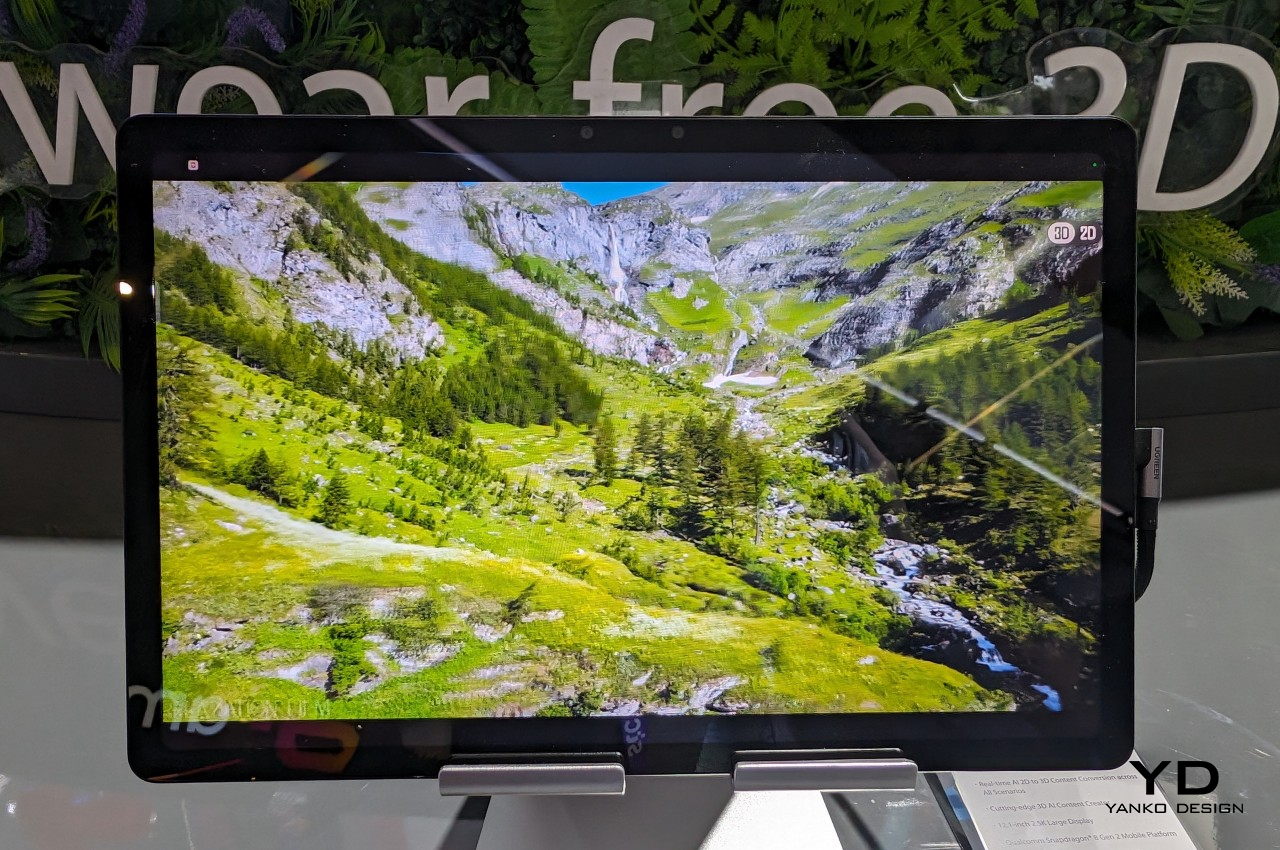
The post nubia Pad 3D II at MWC 2024: Glasses-free 3D tablet gets 5G and AI upgrades first appeared on Yanko Design.
